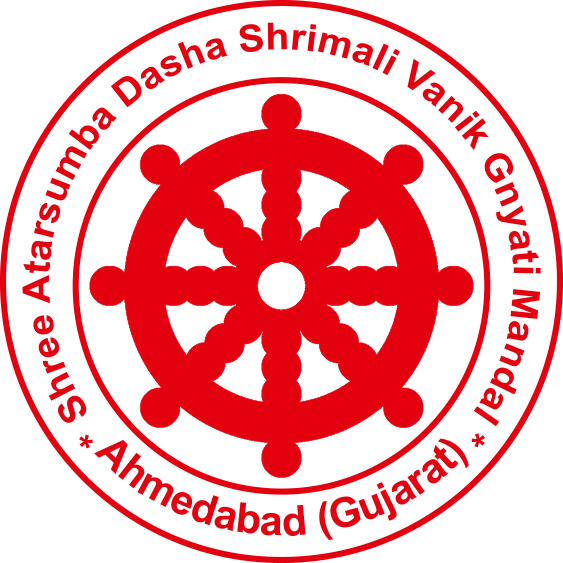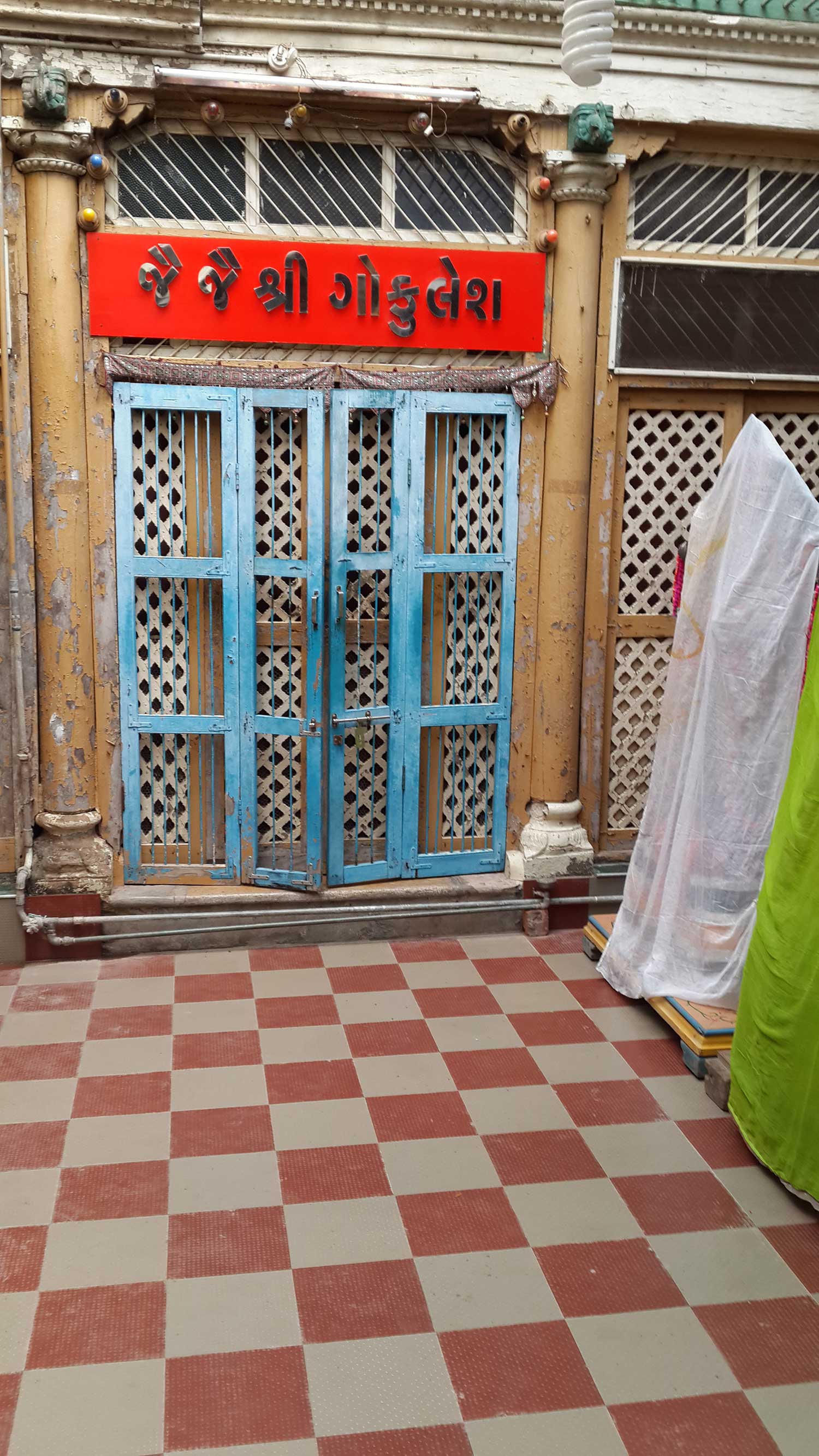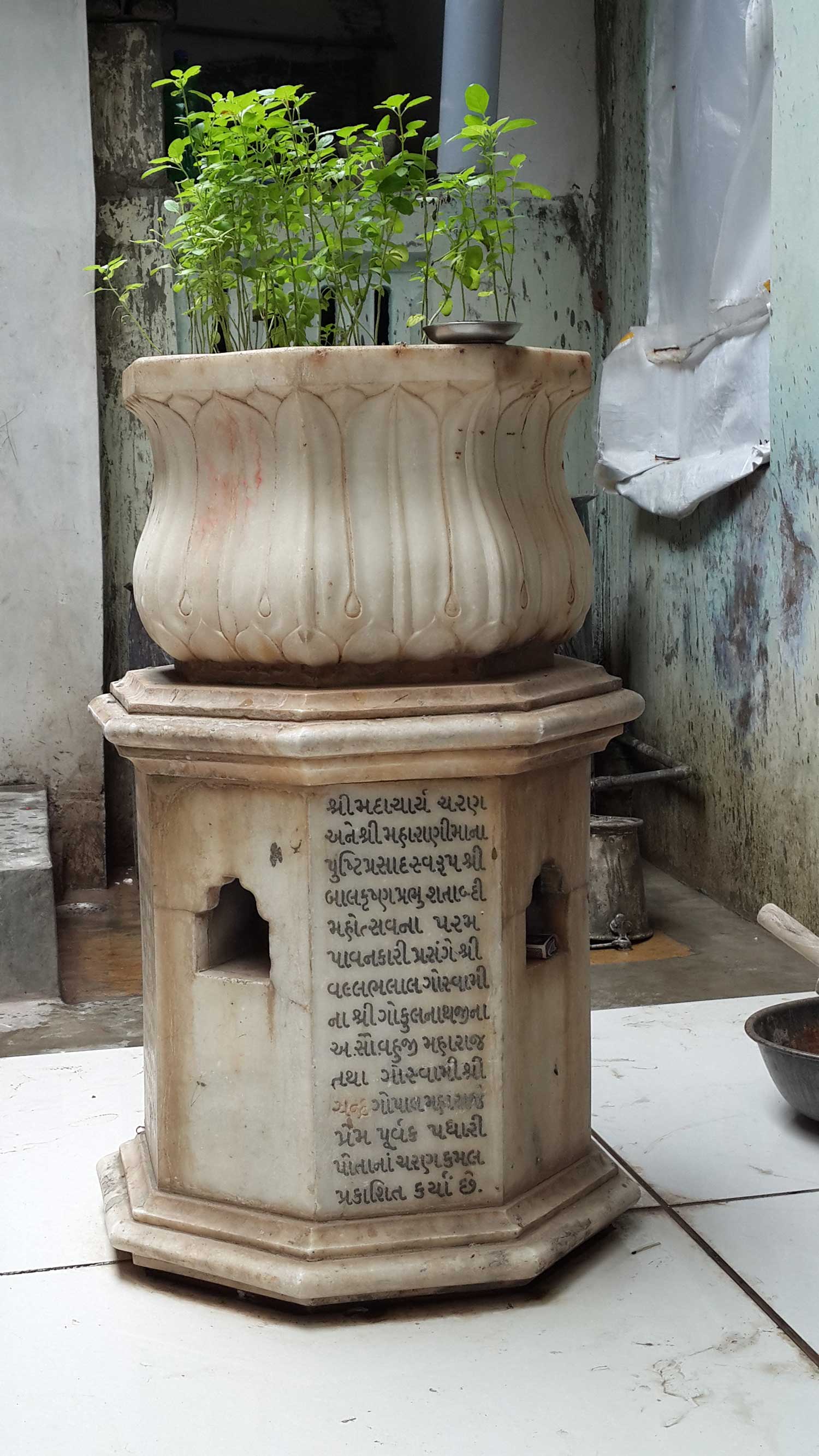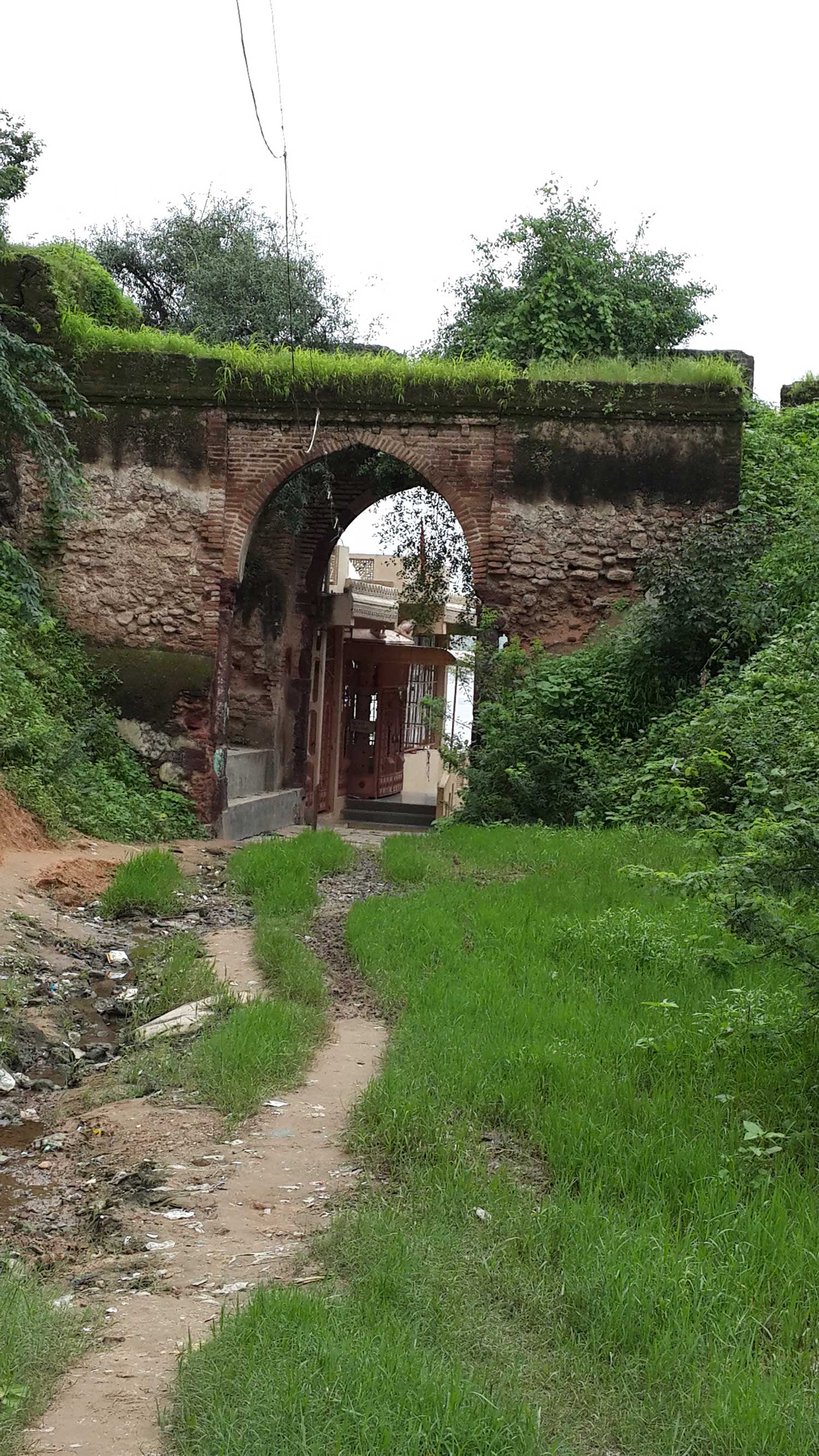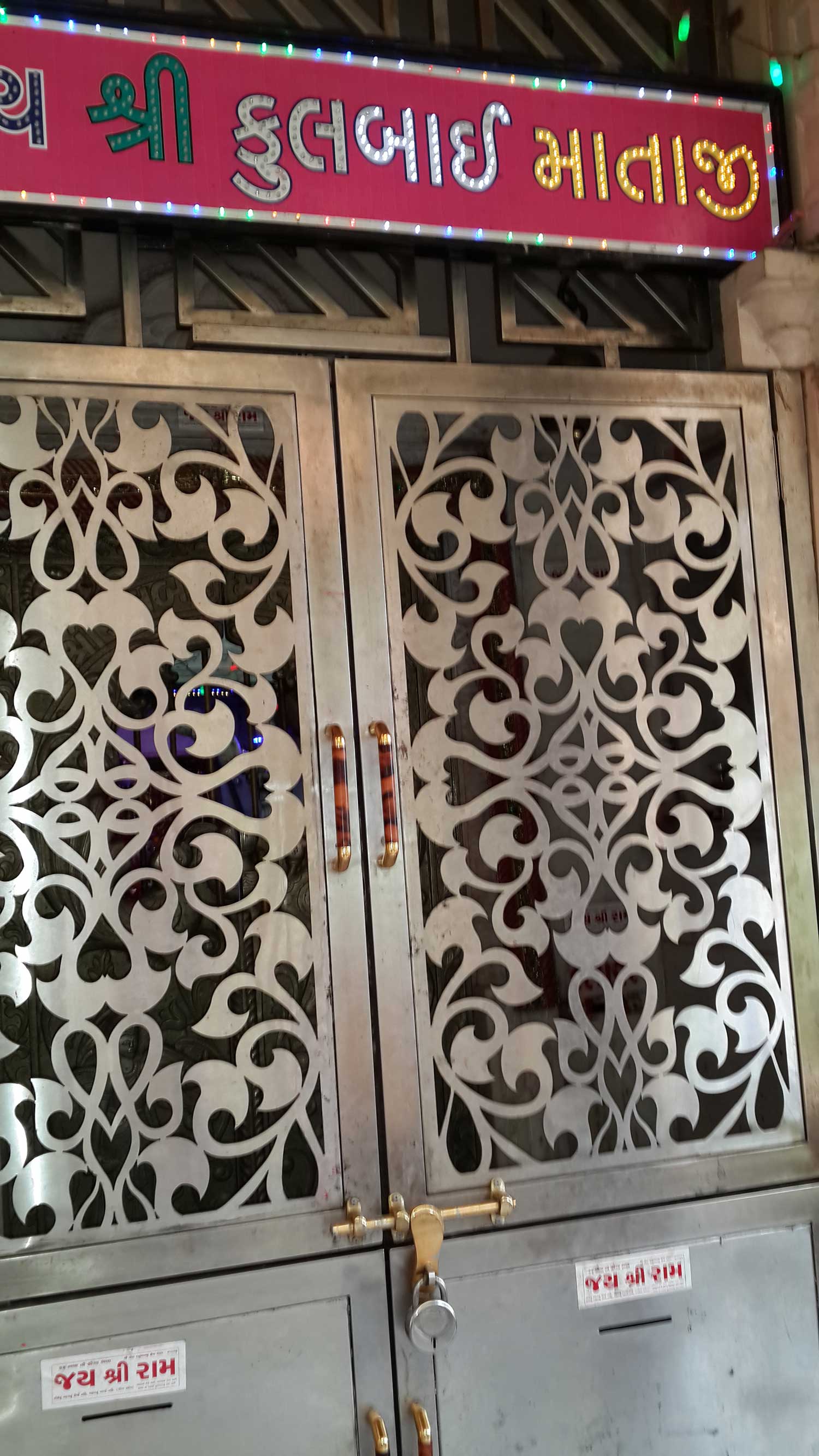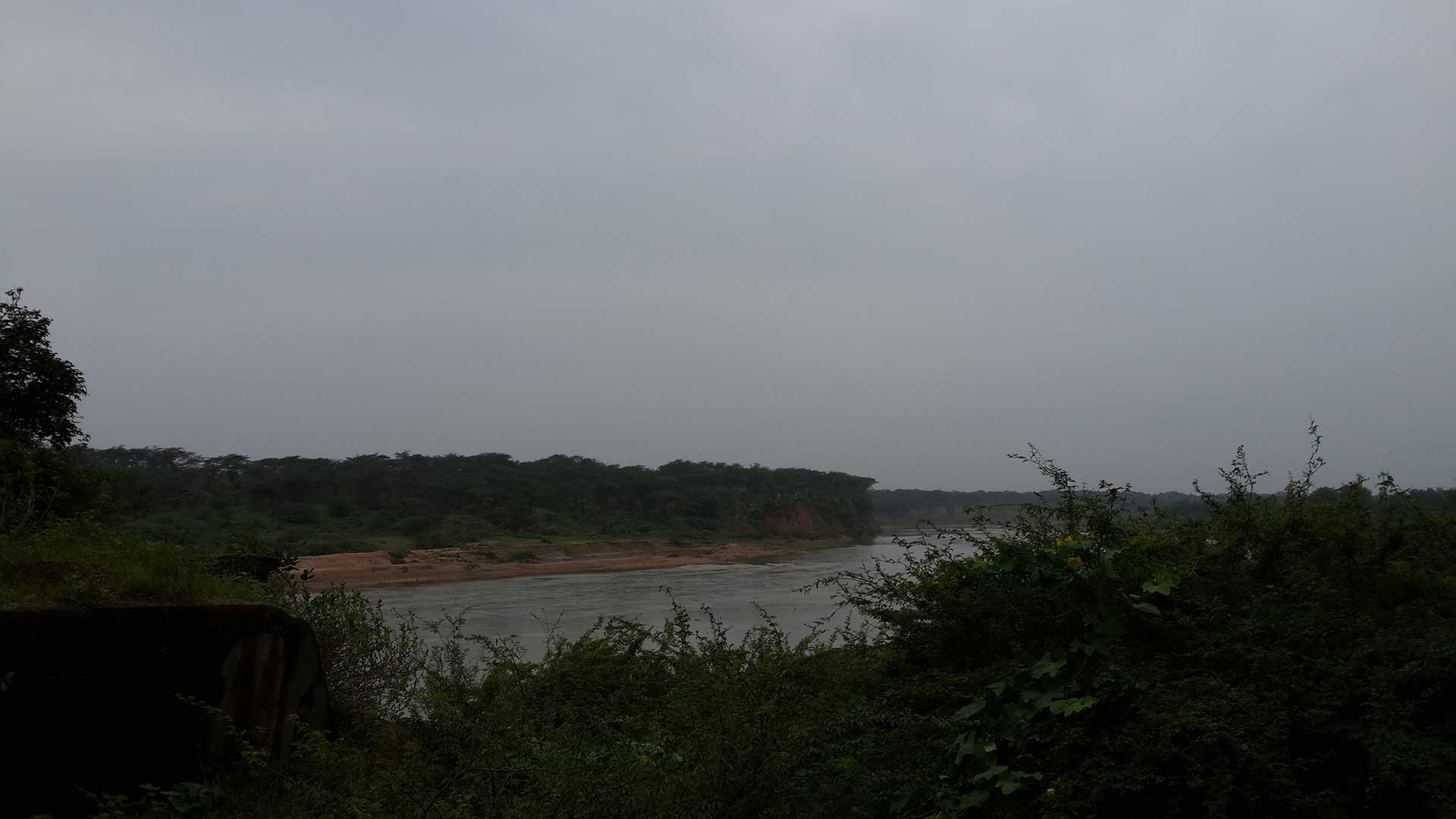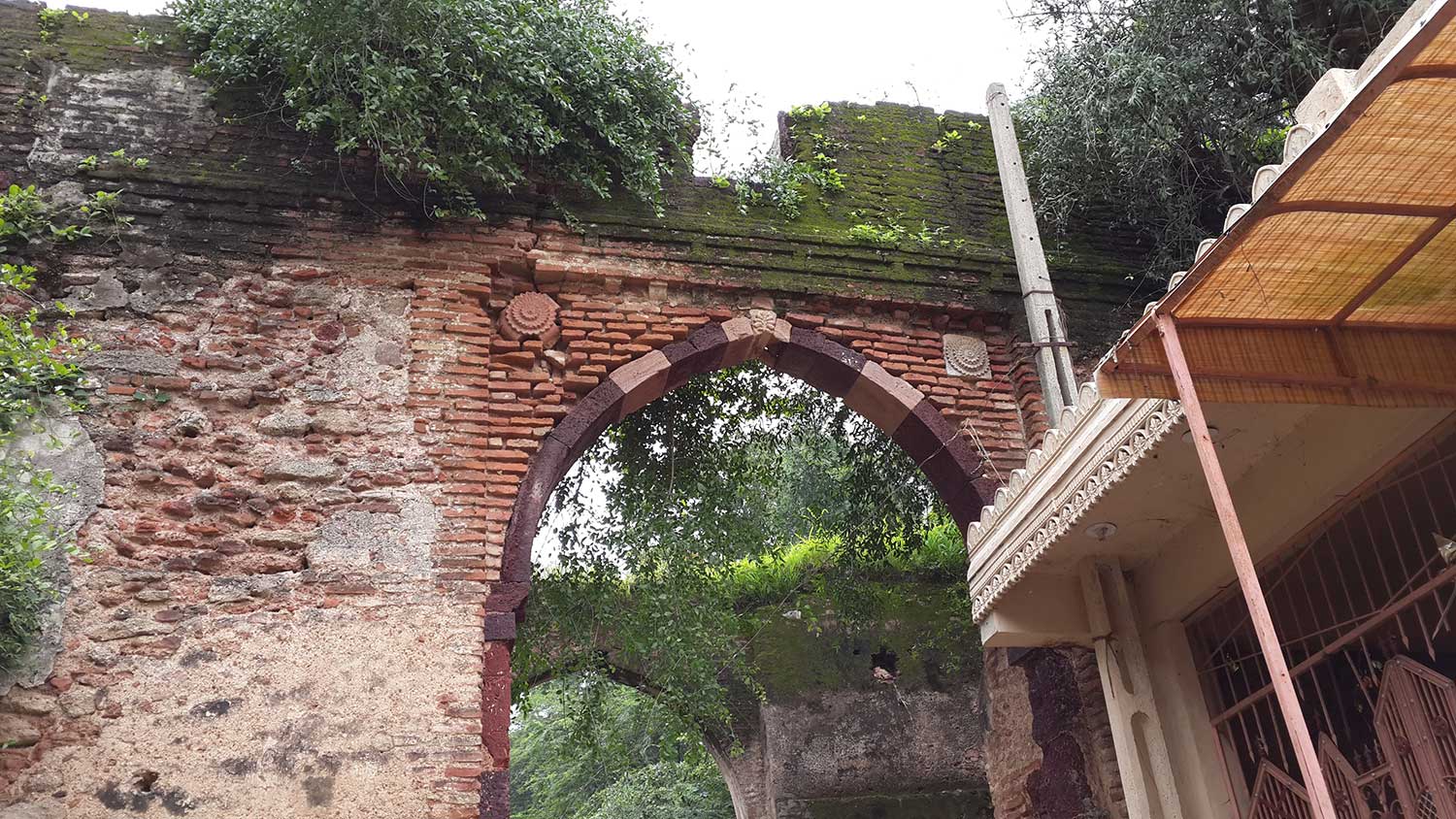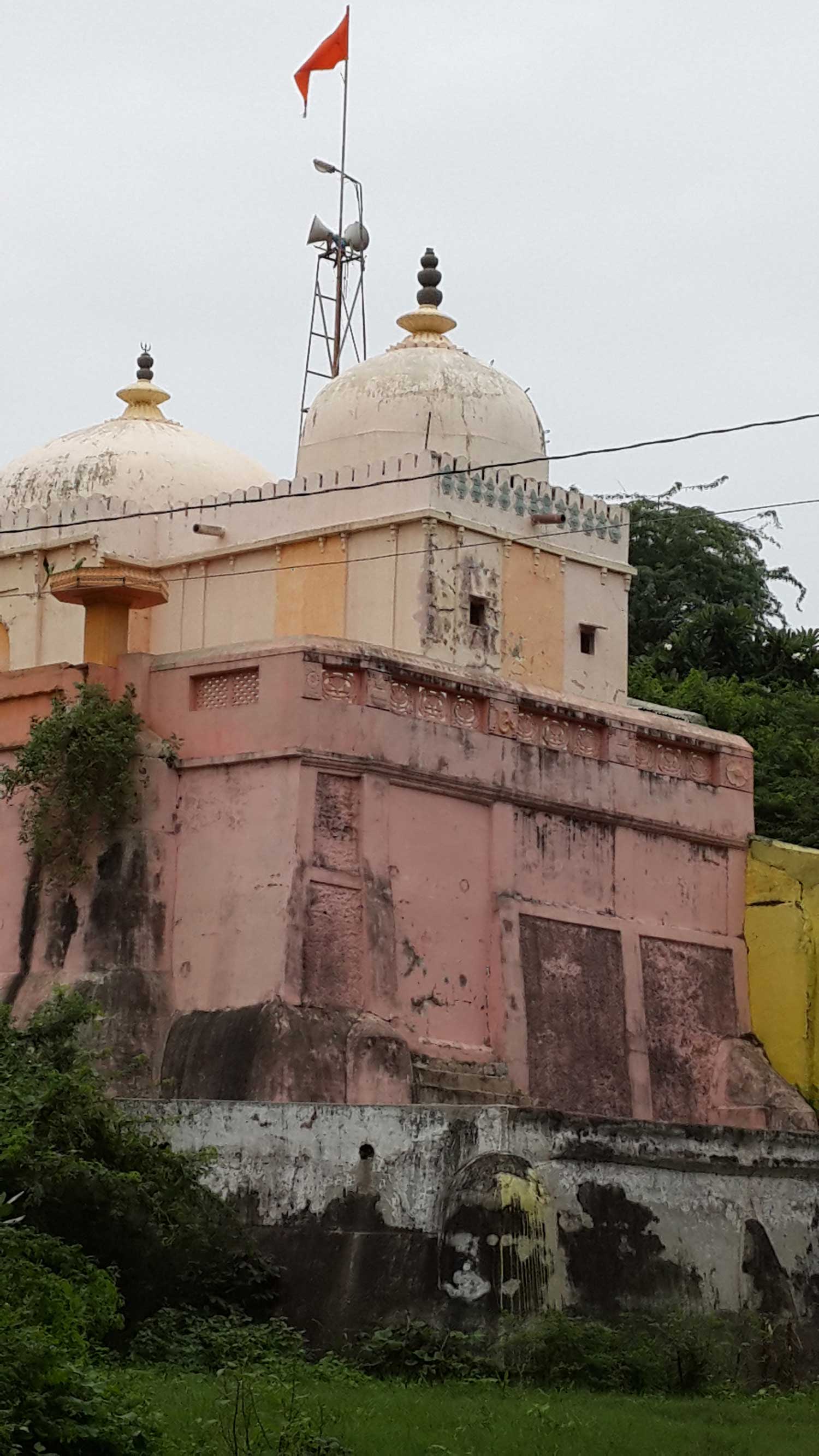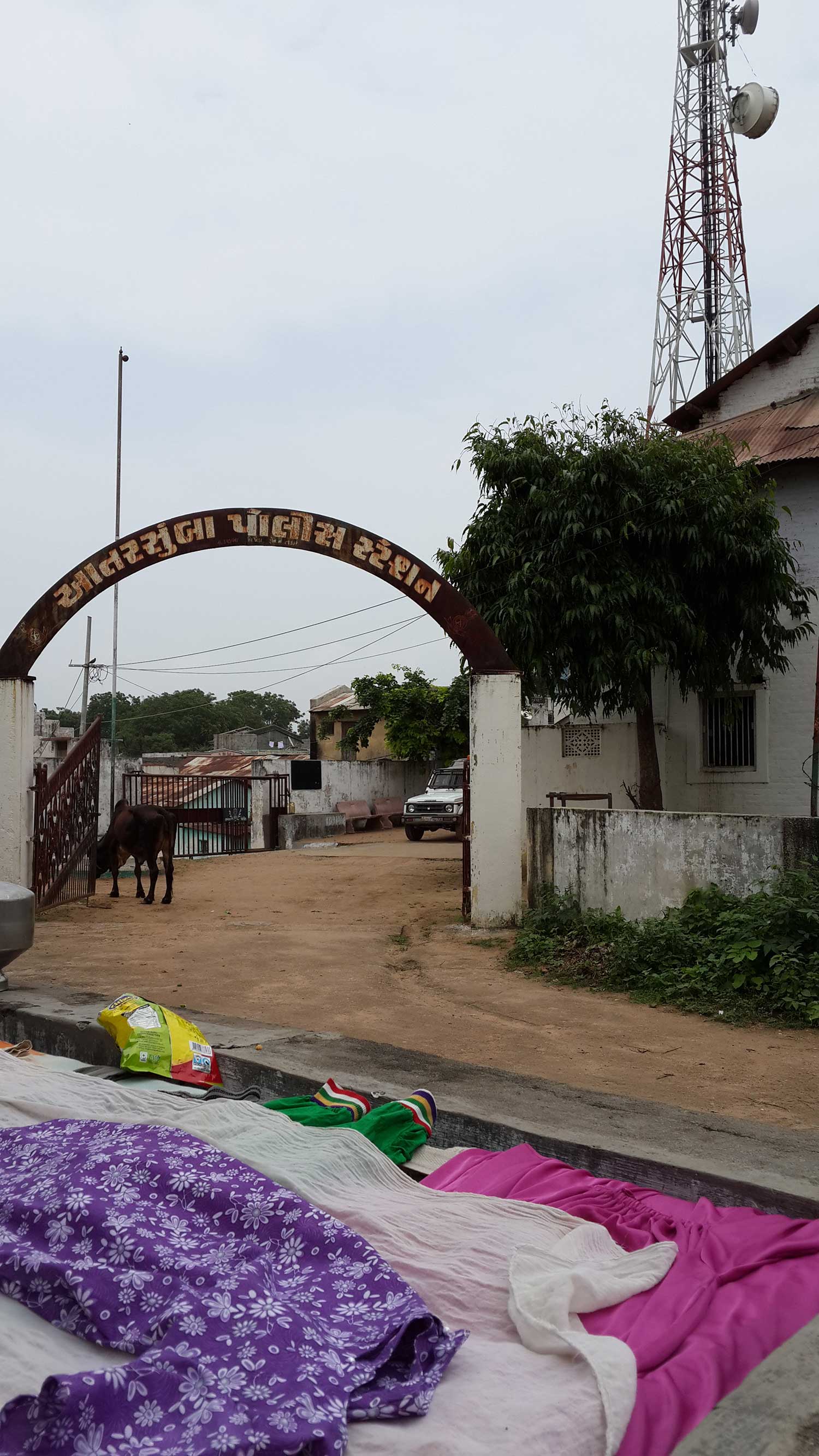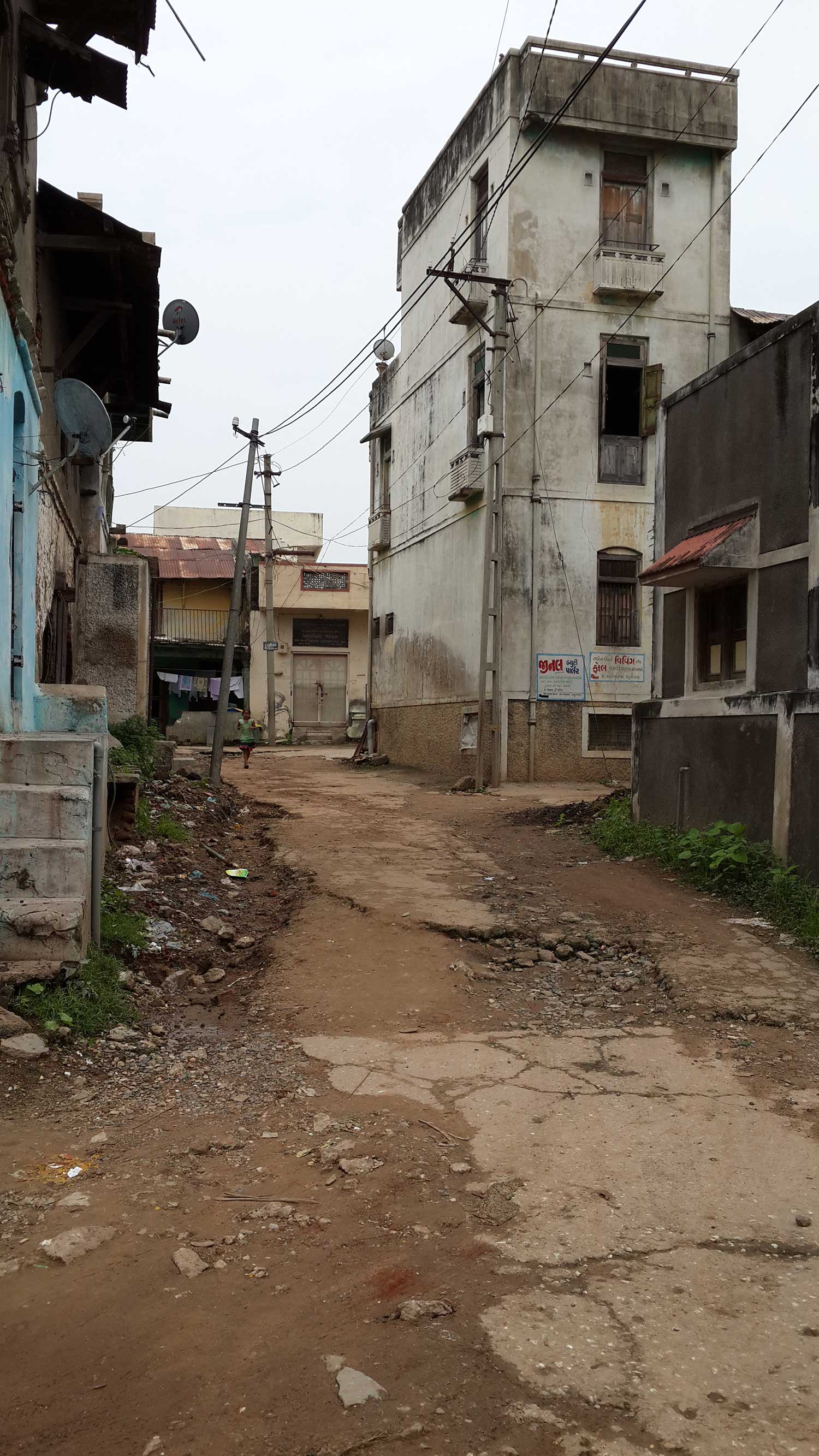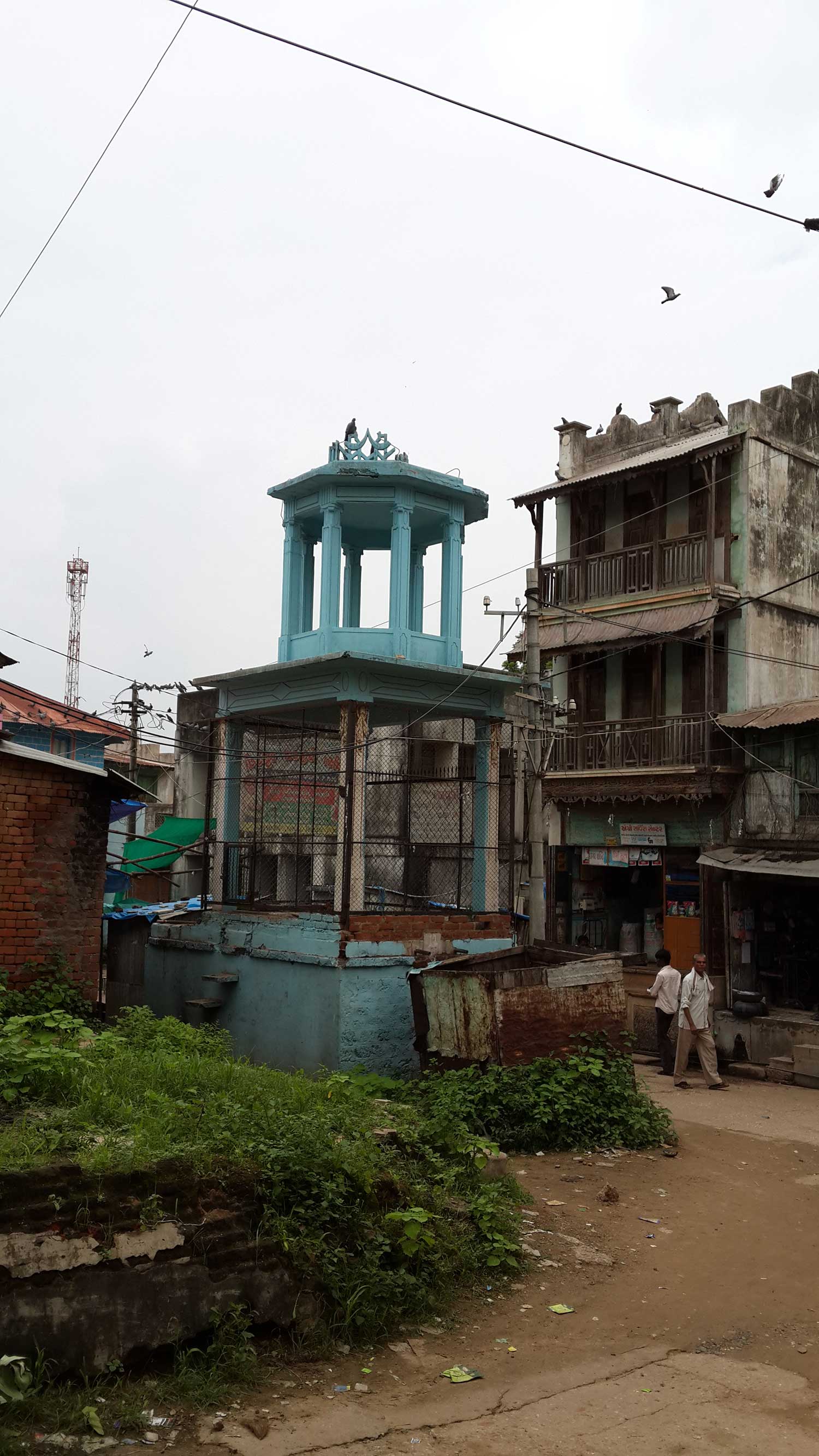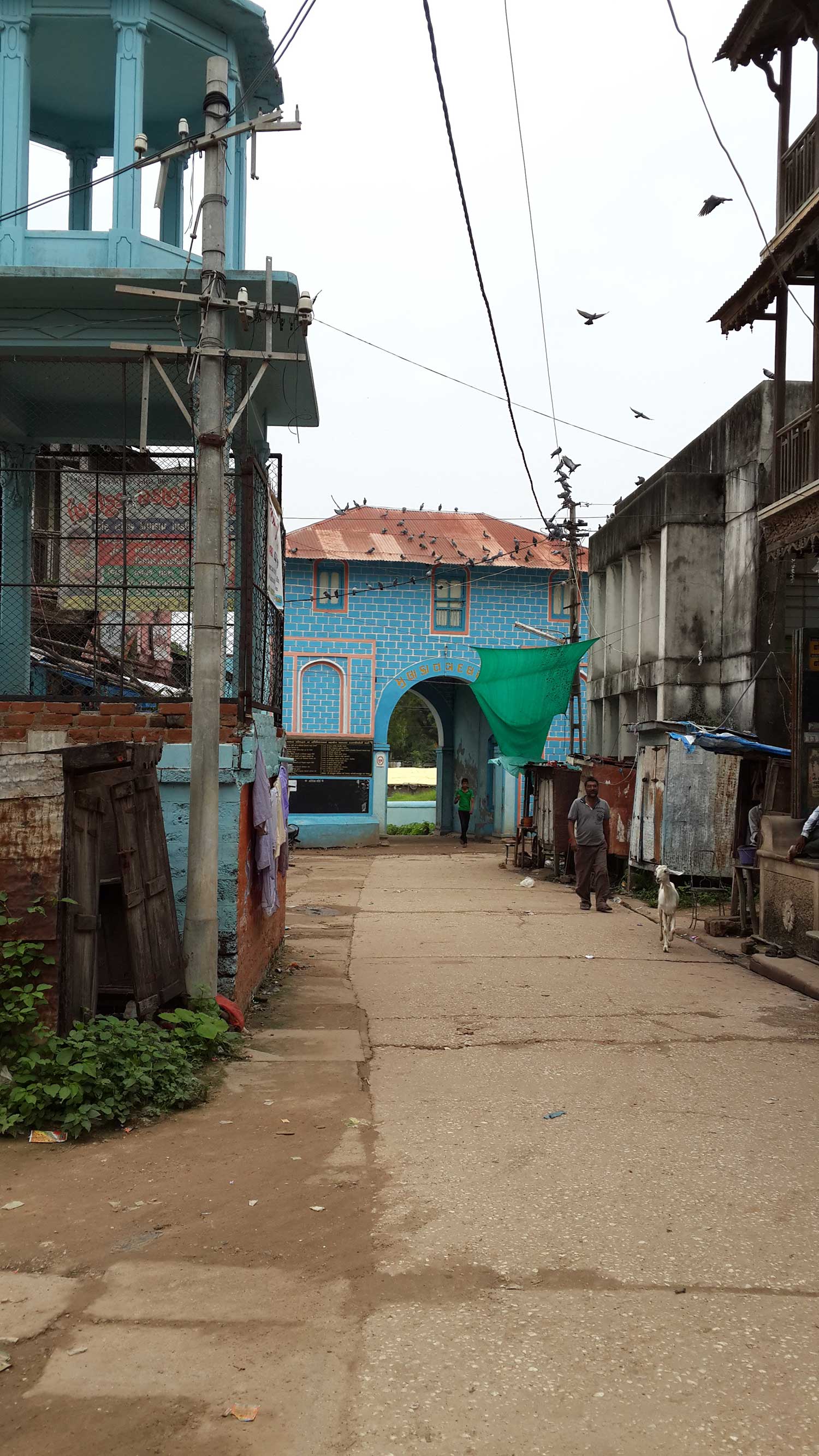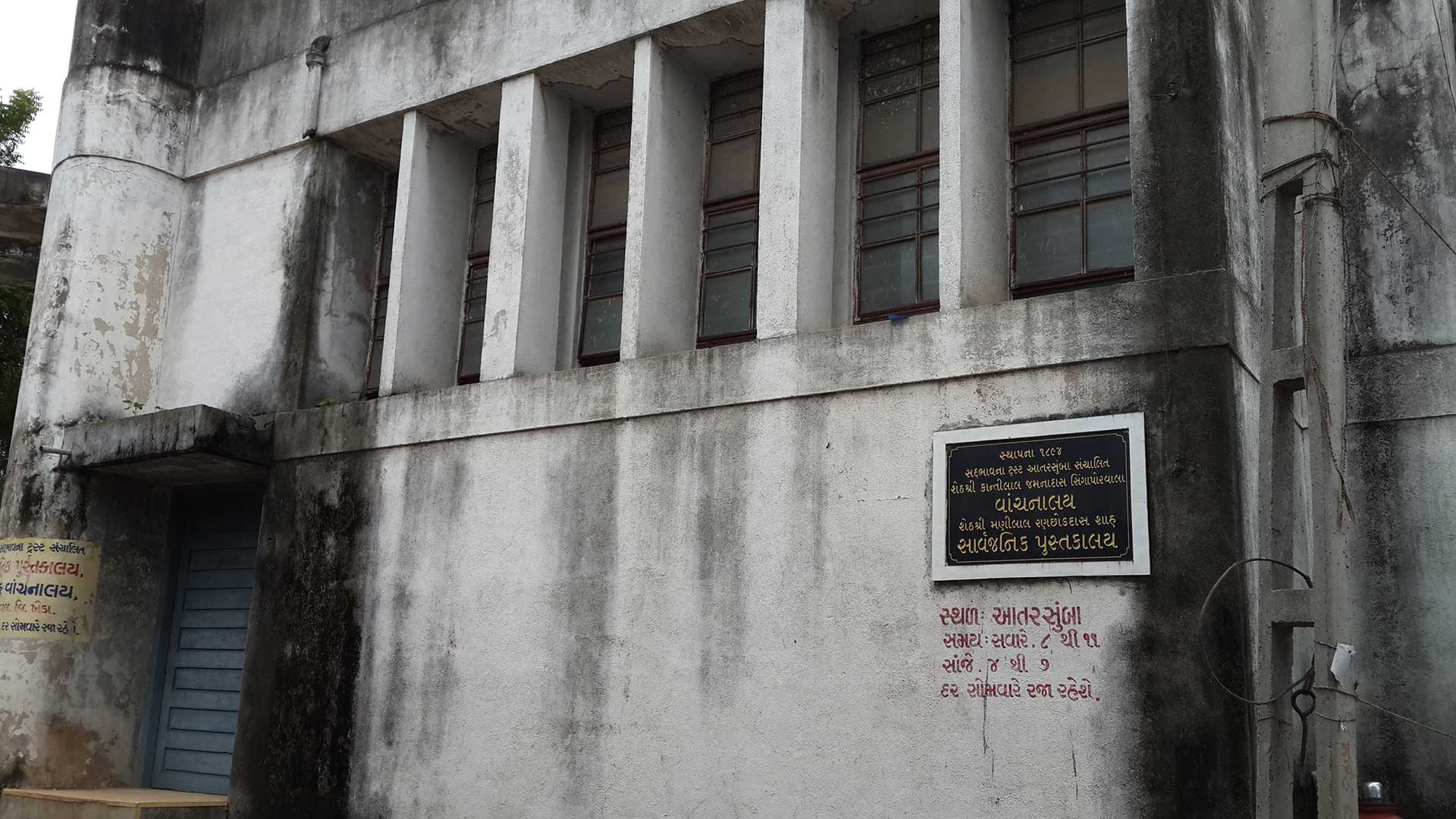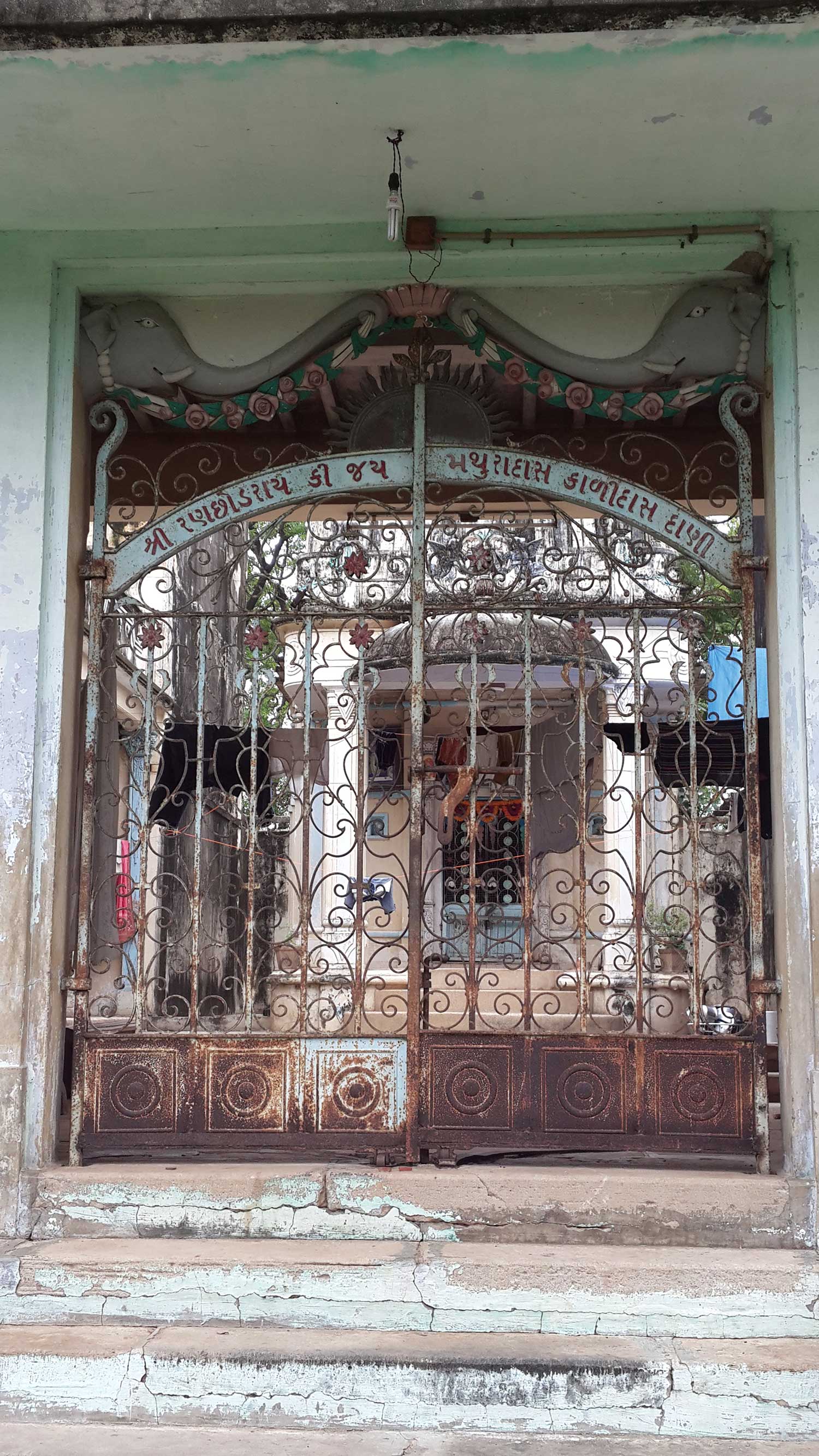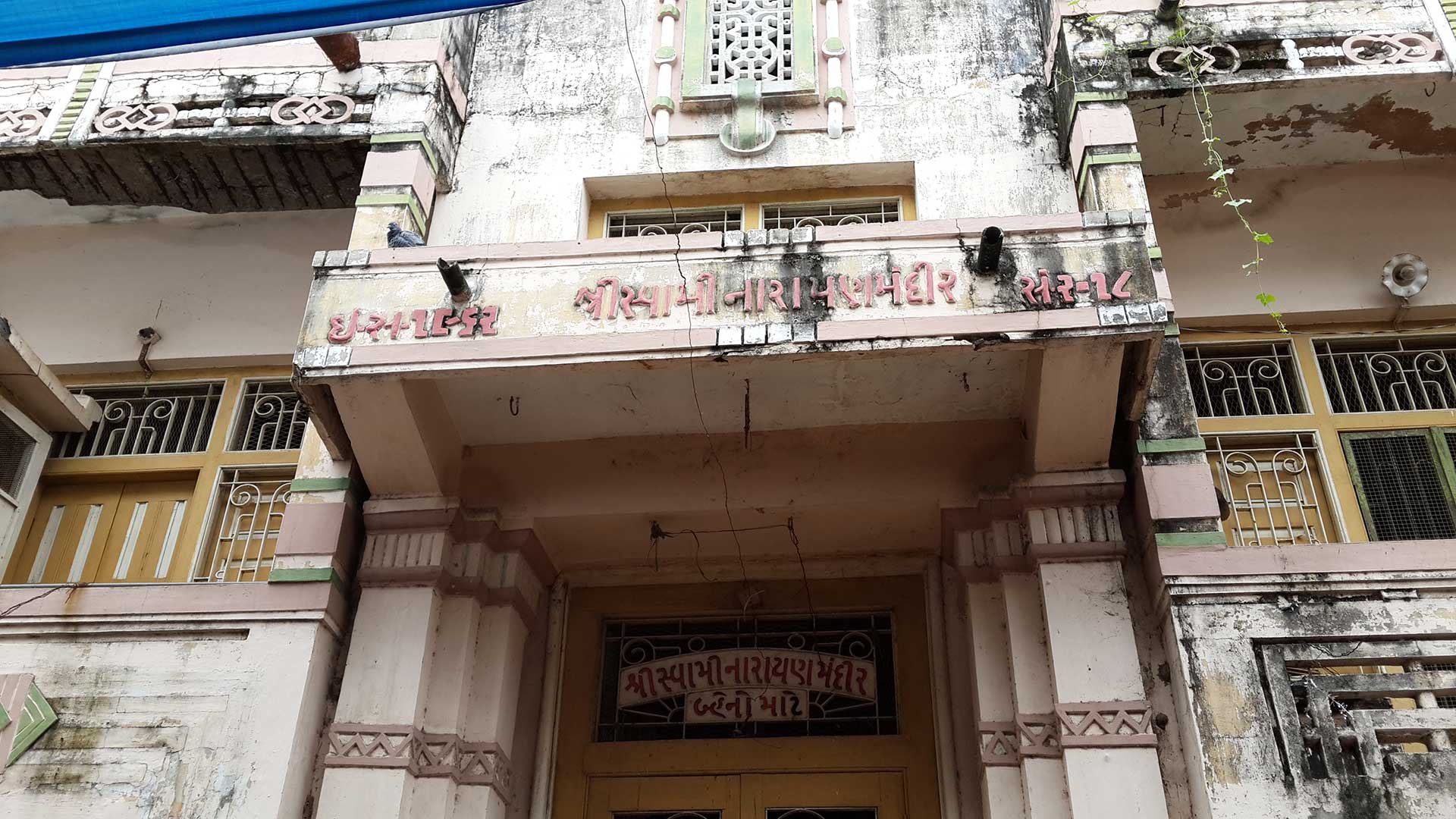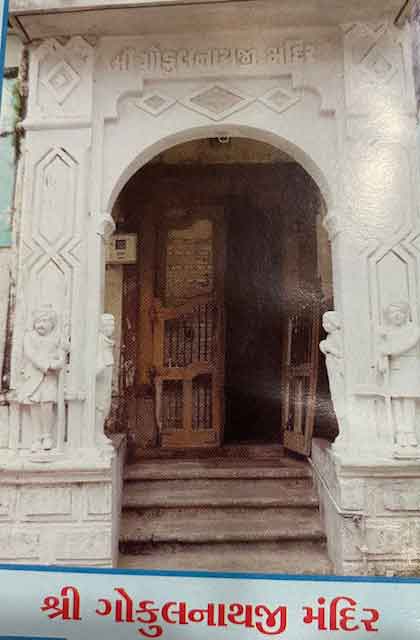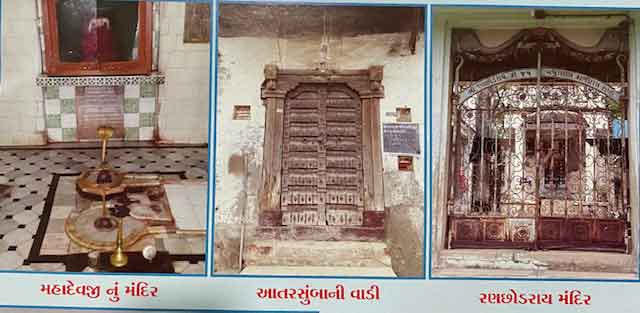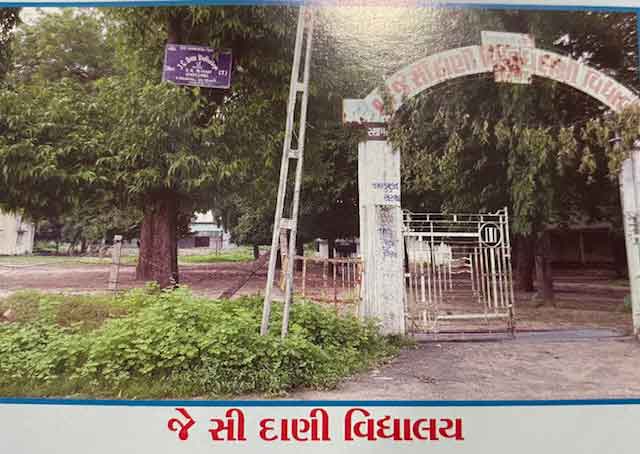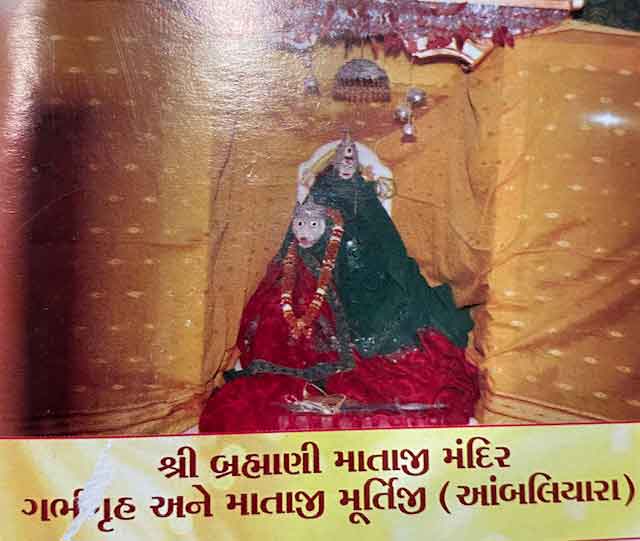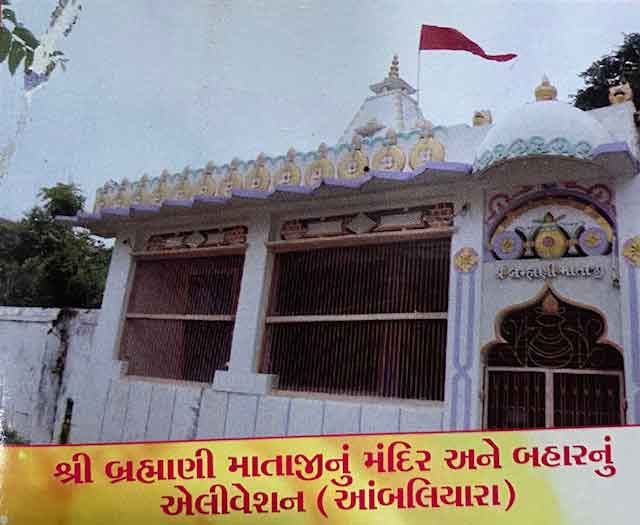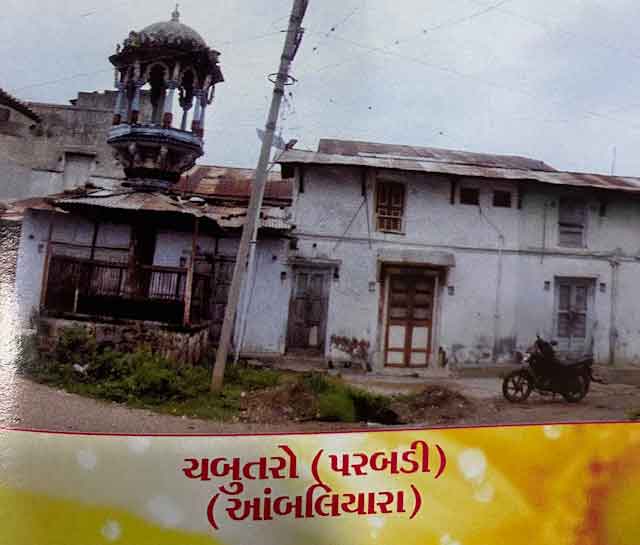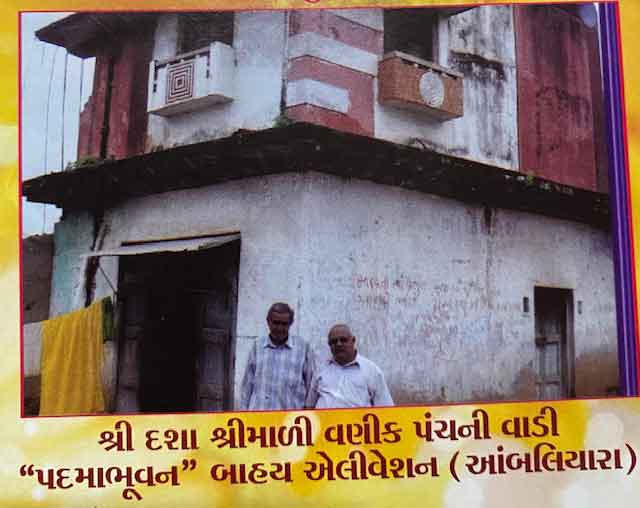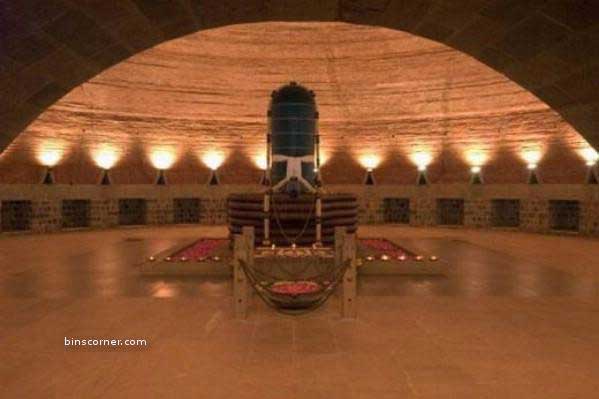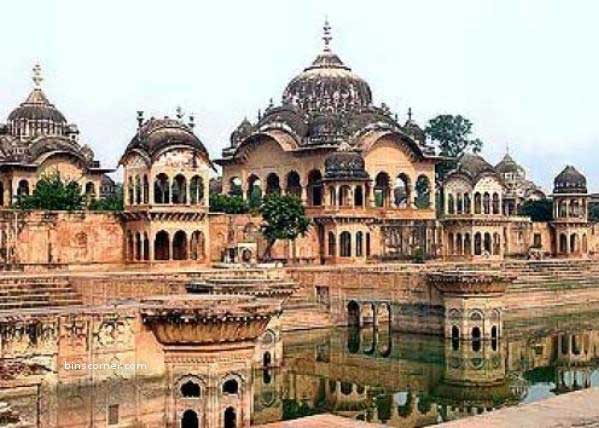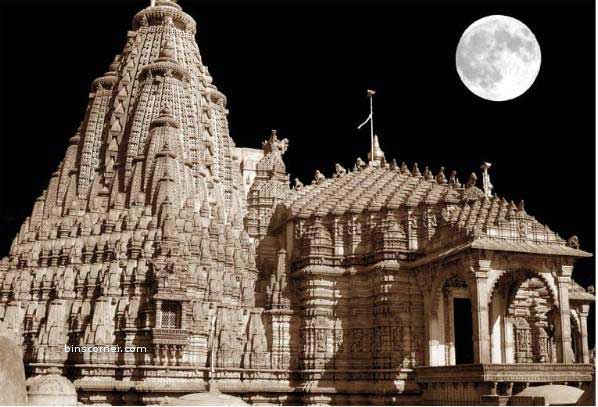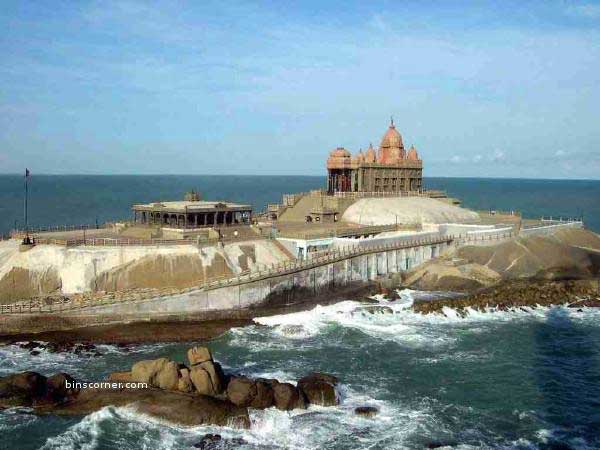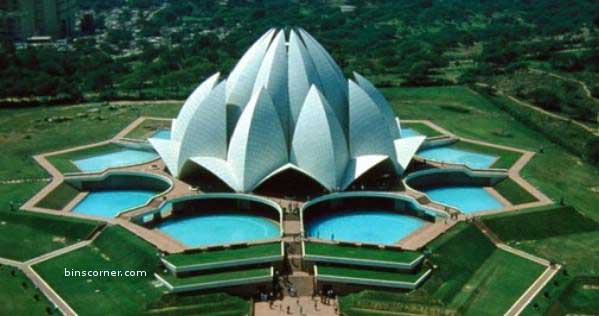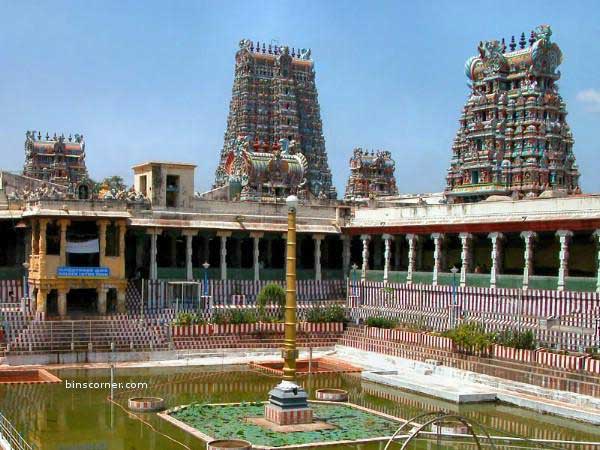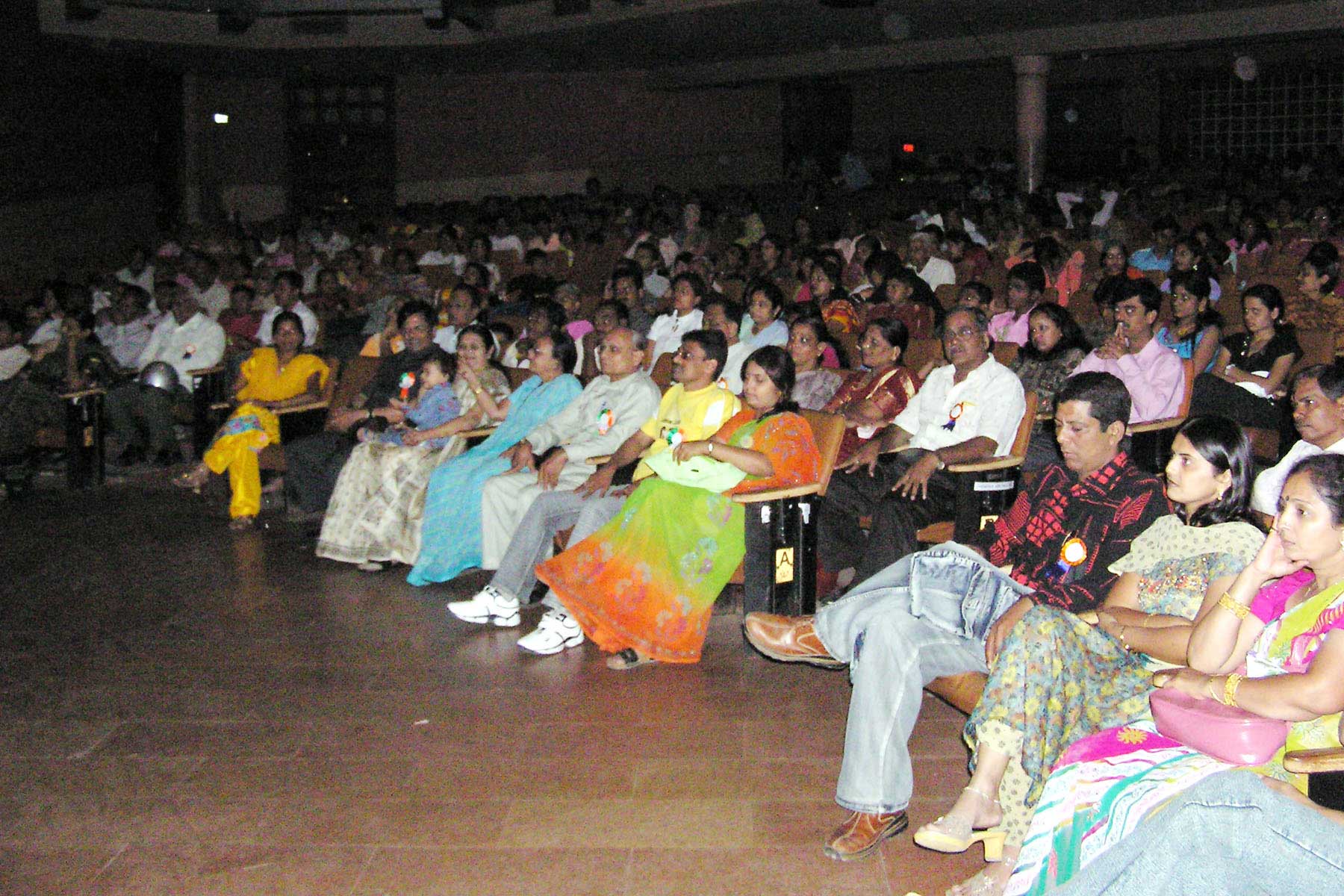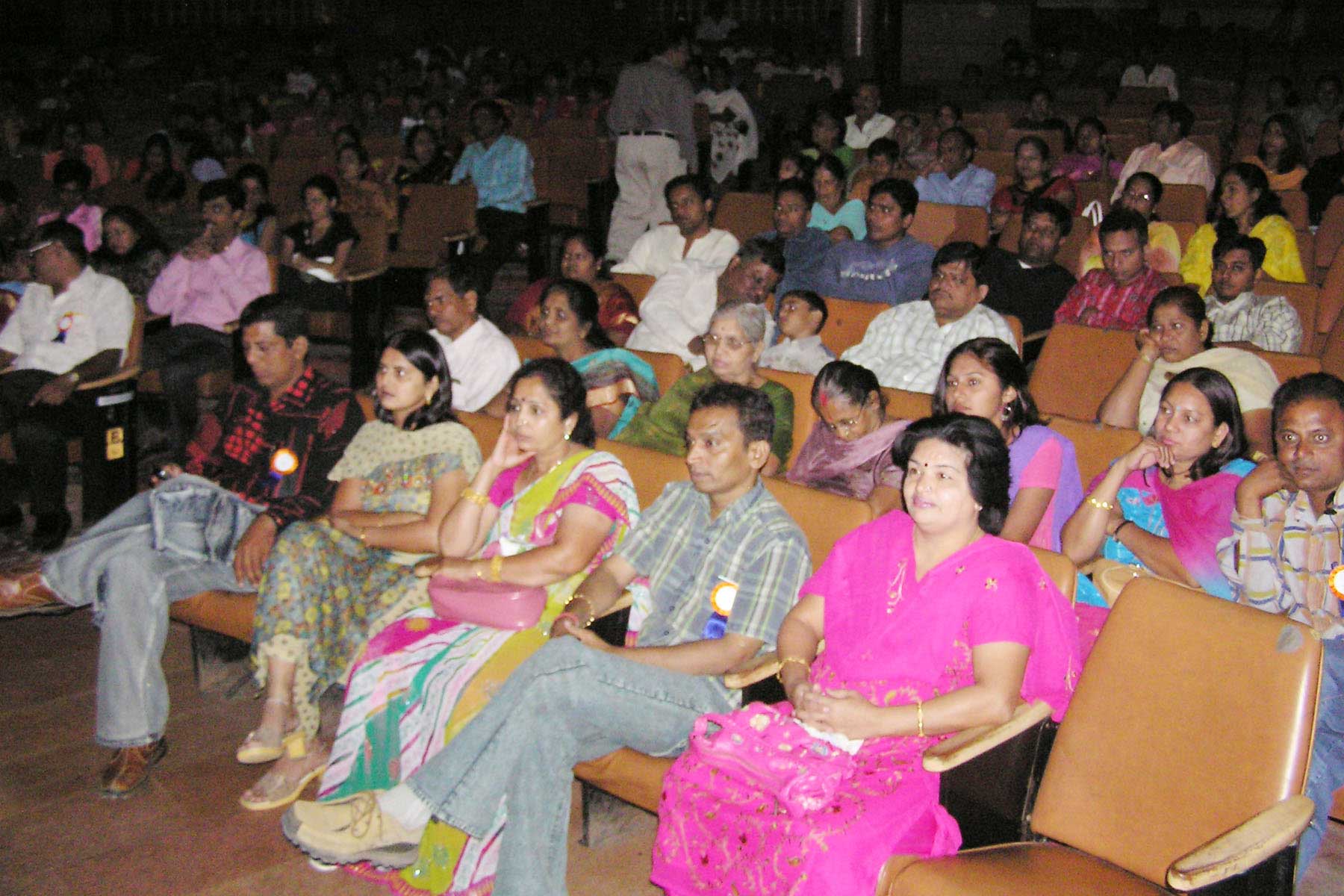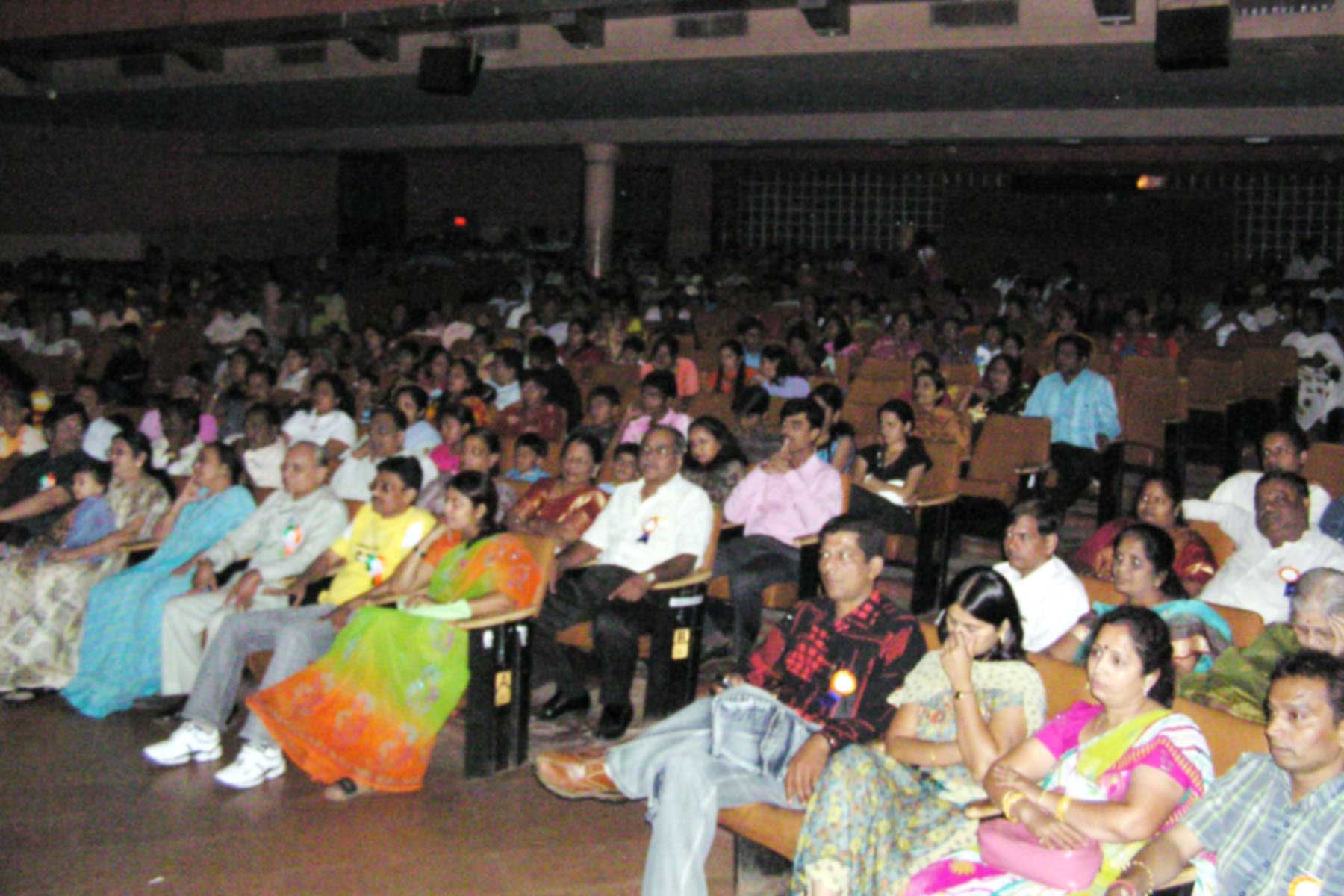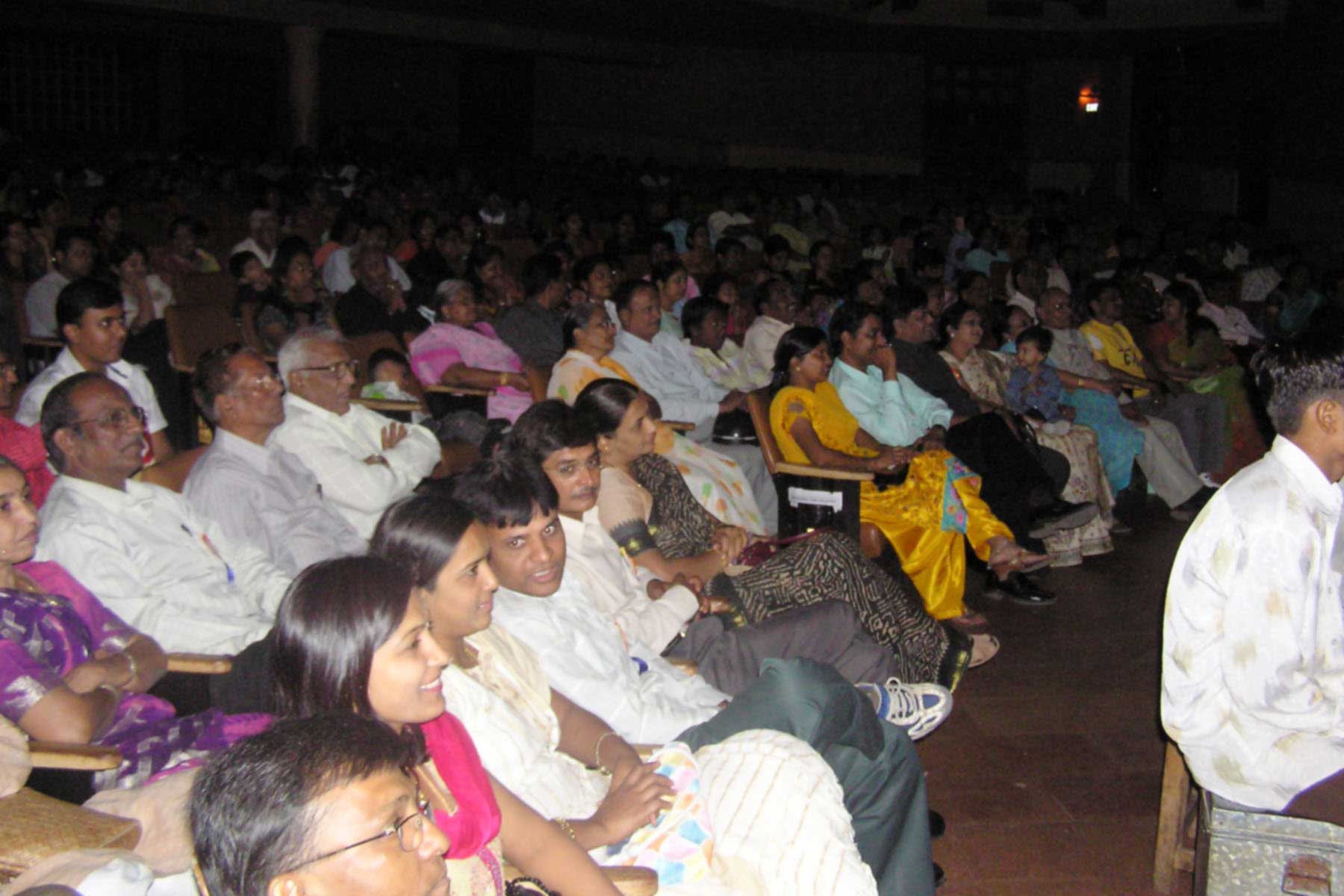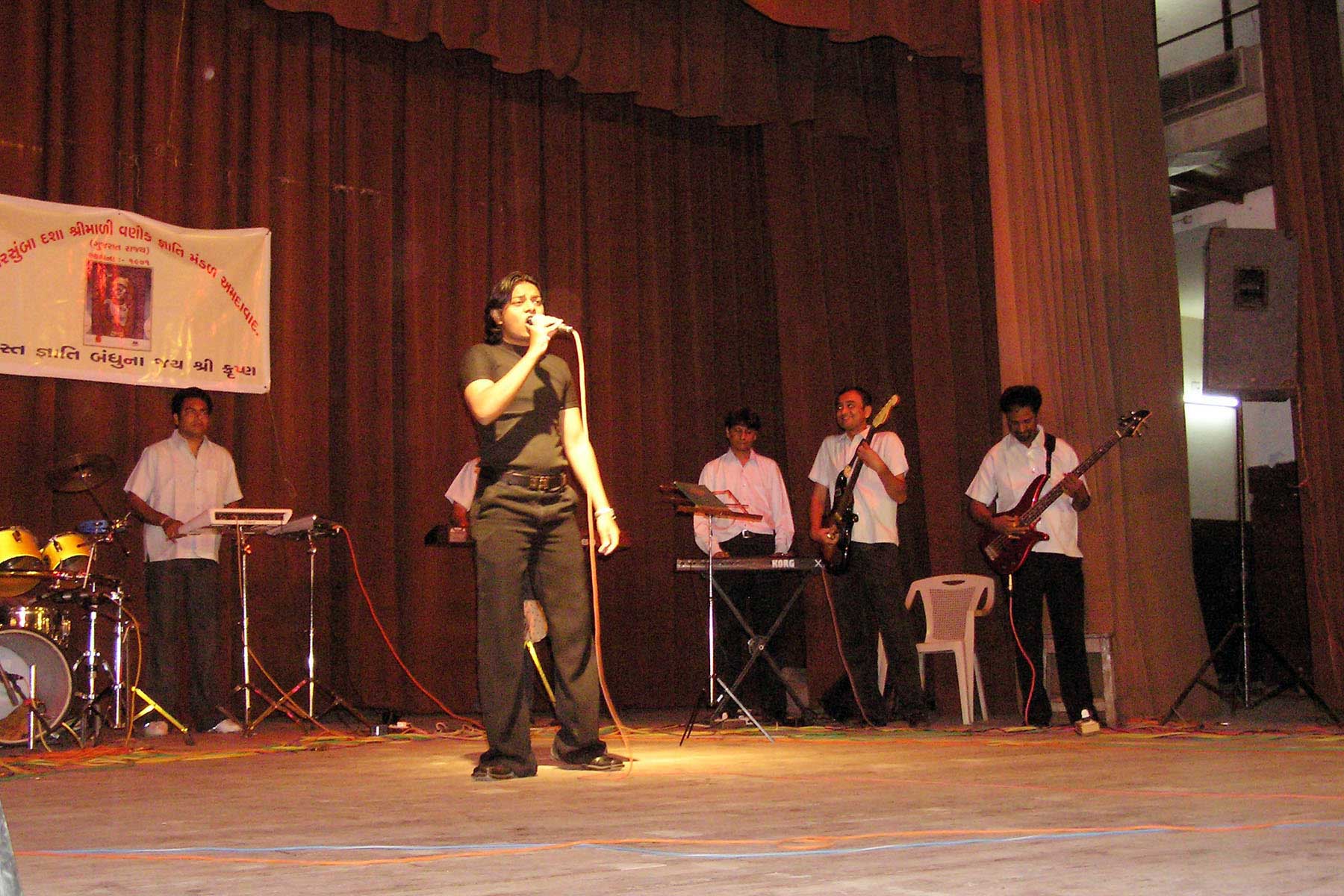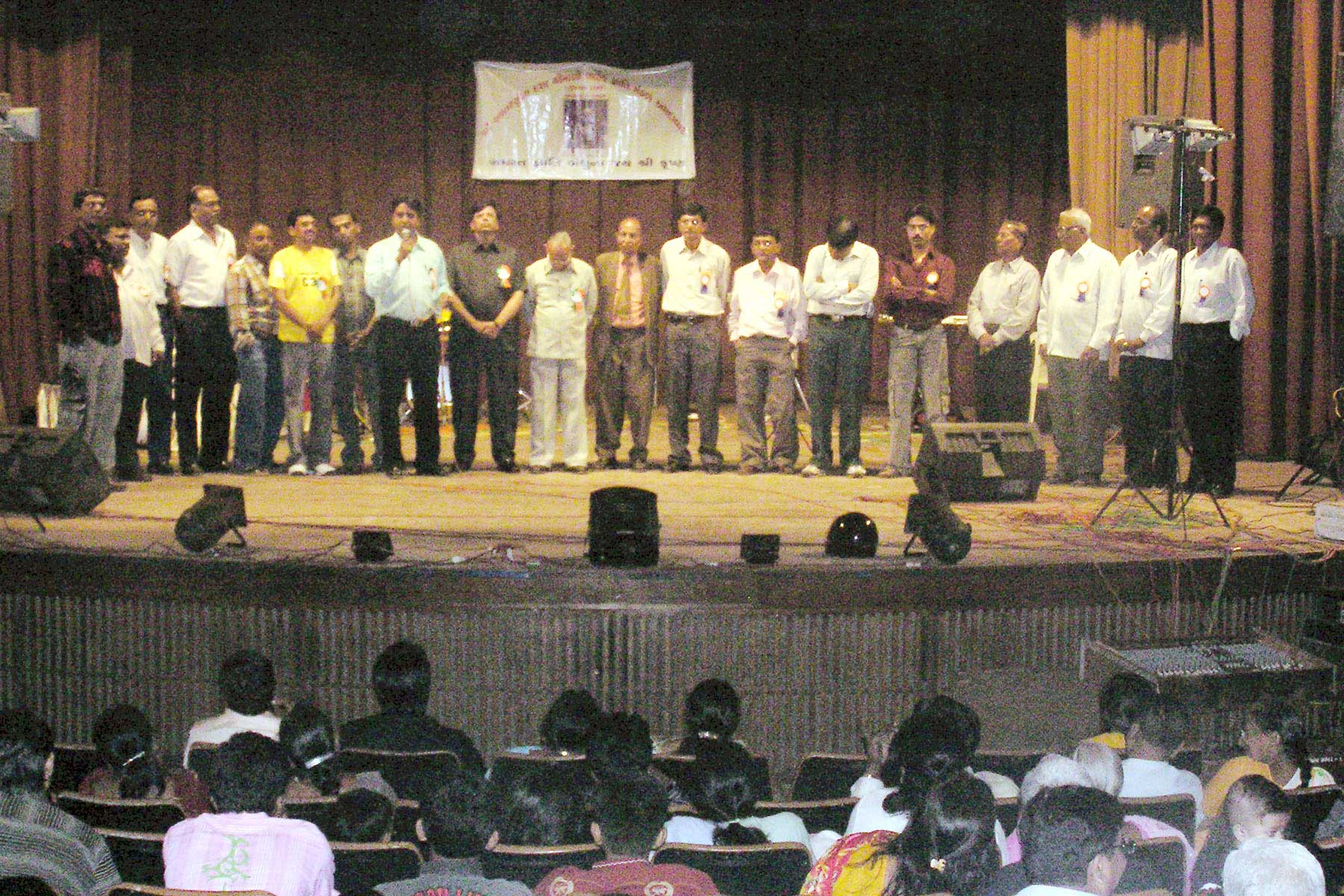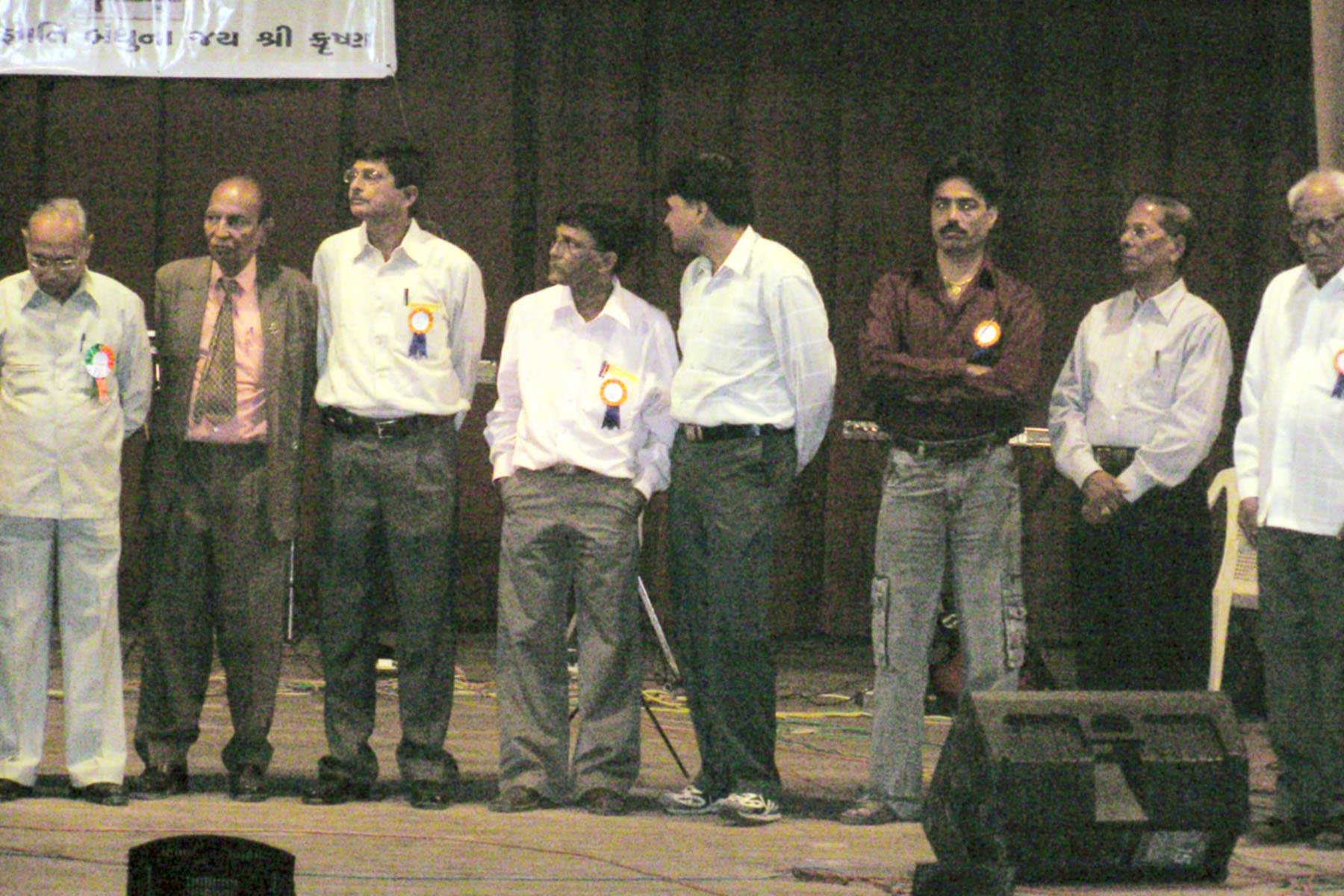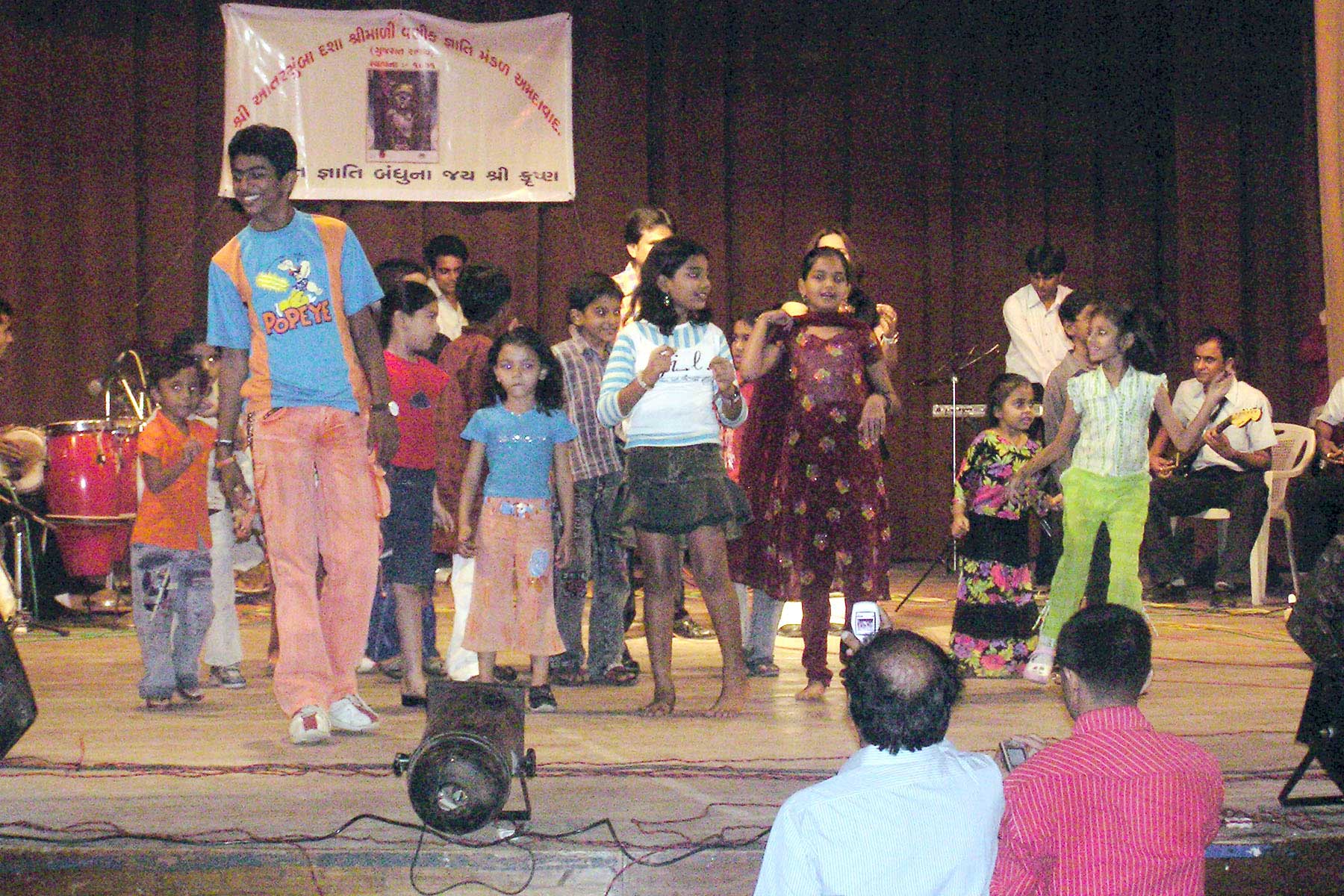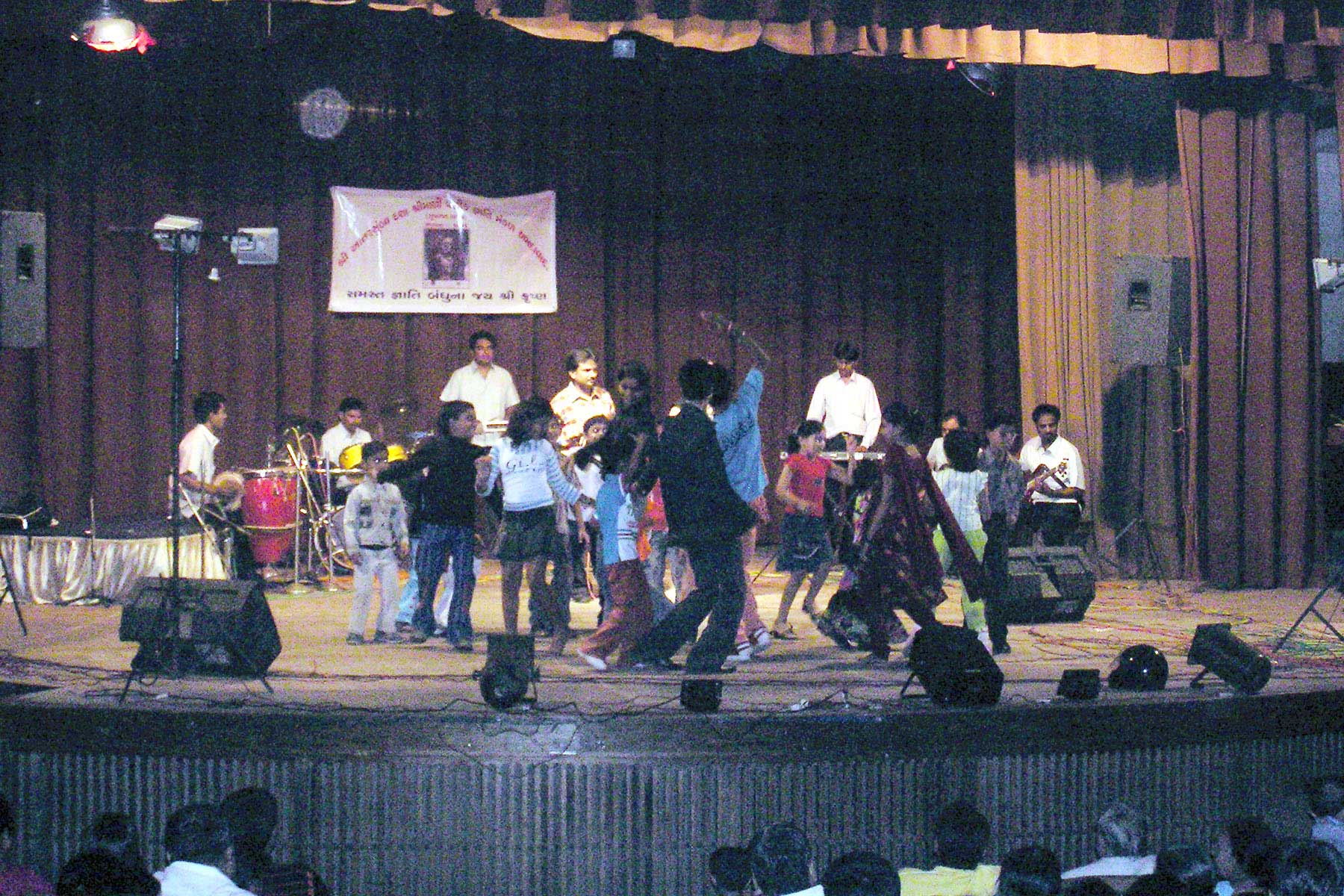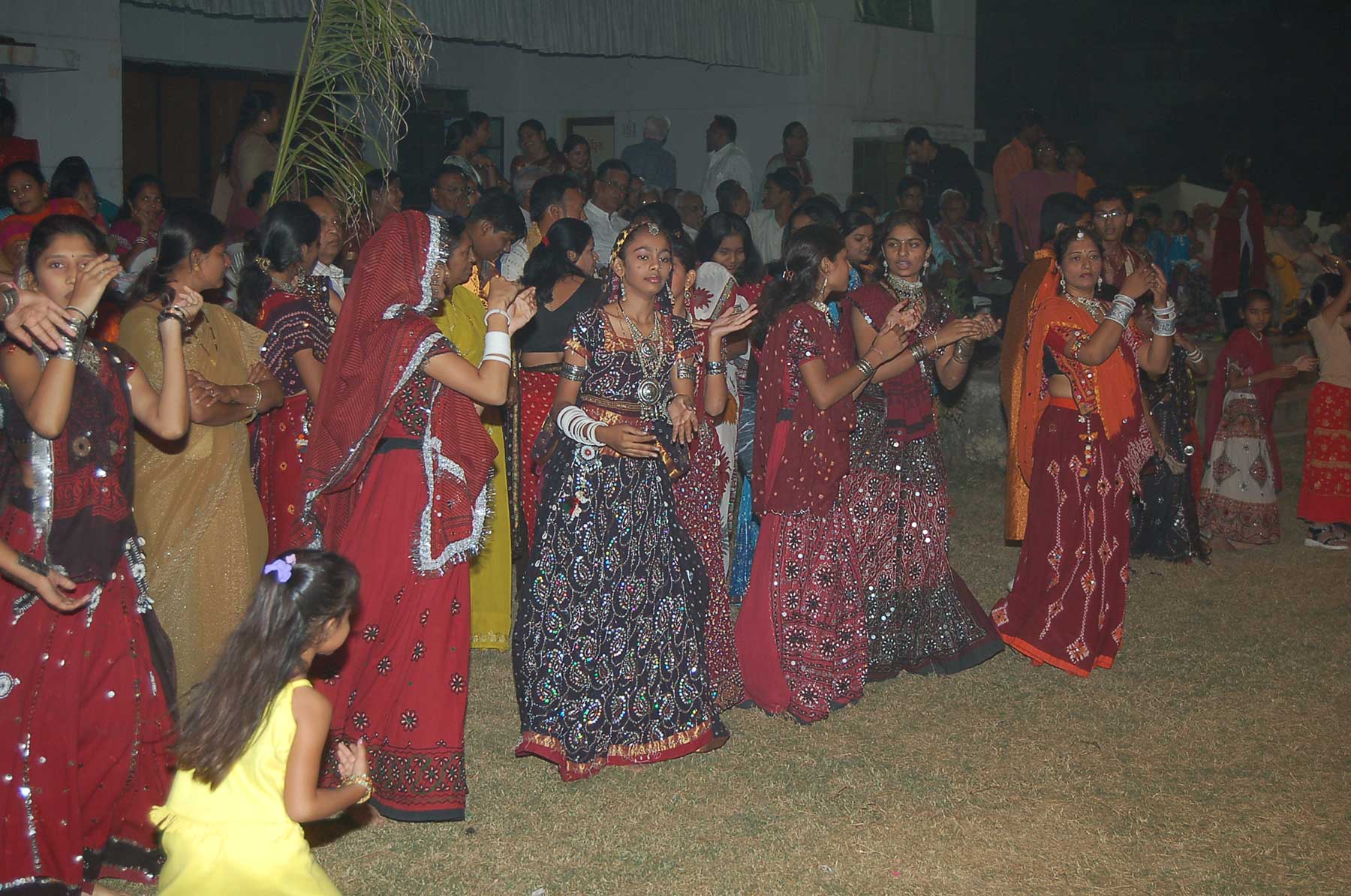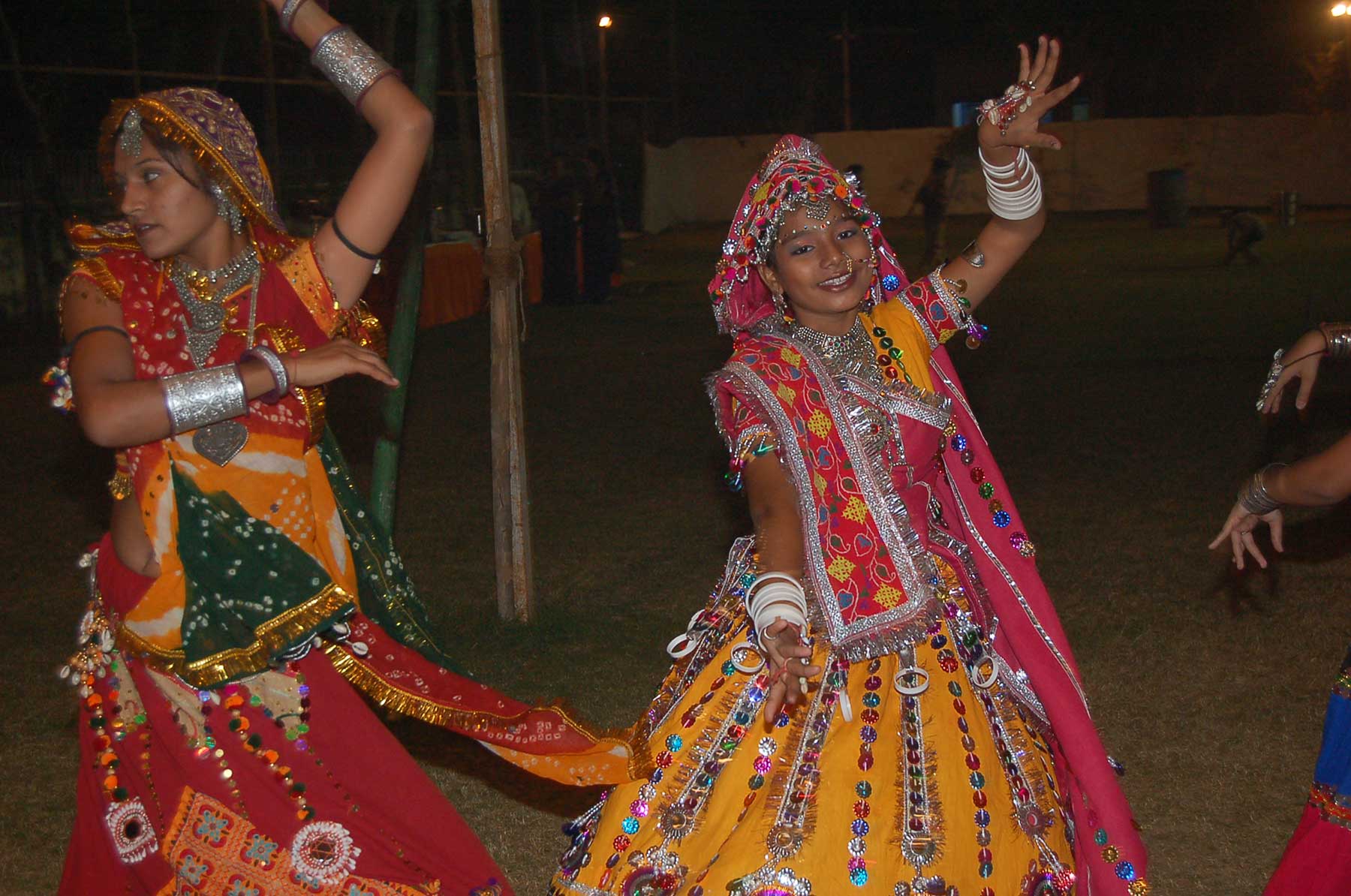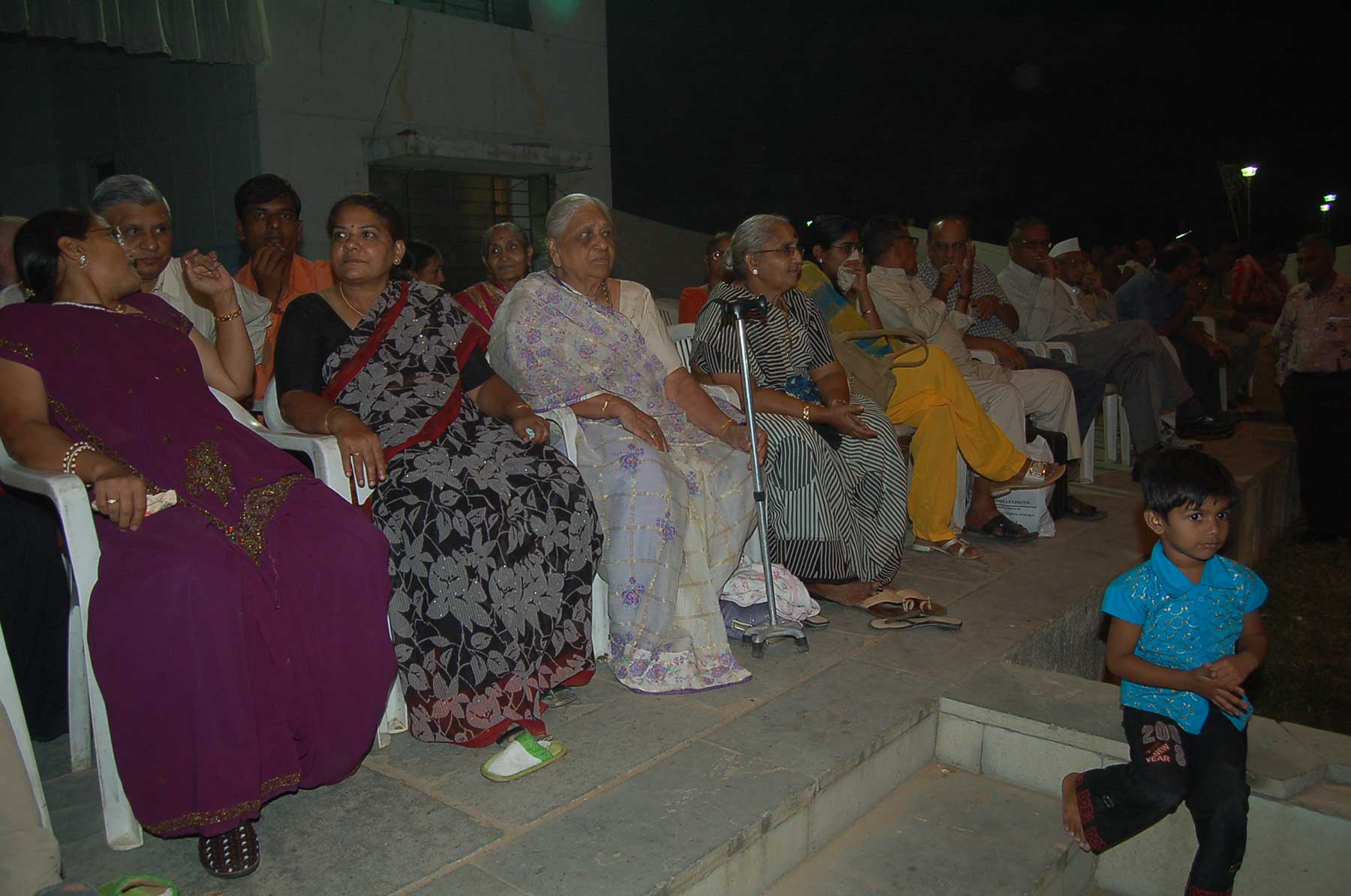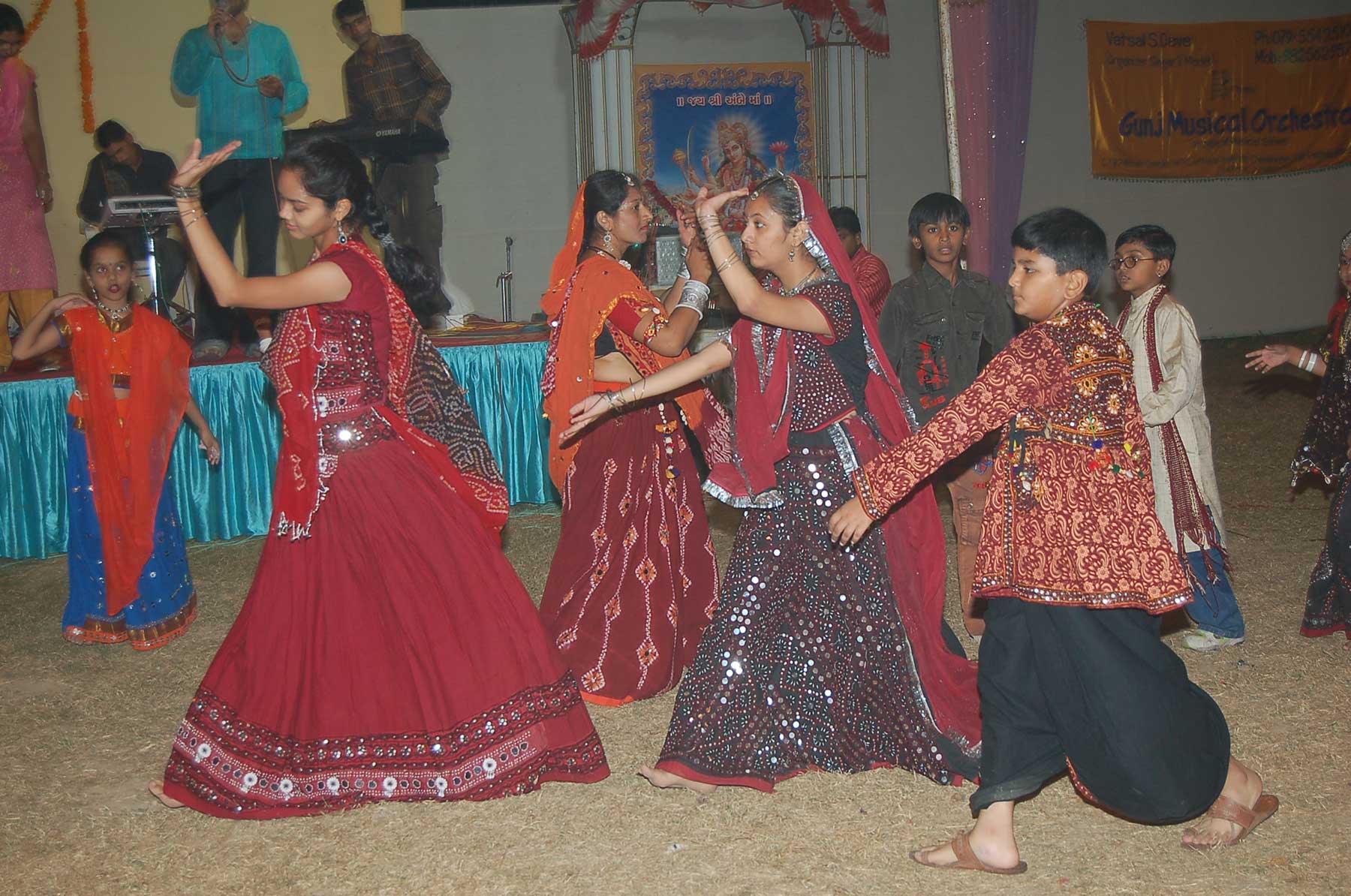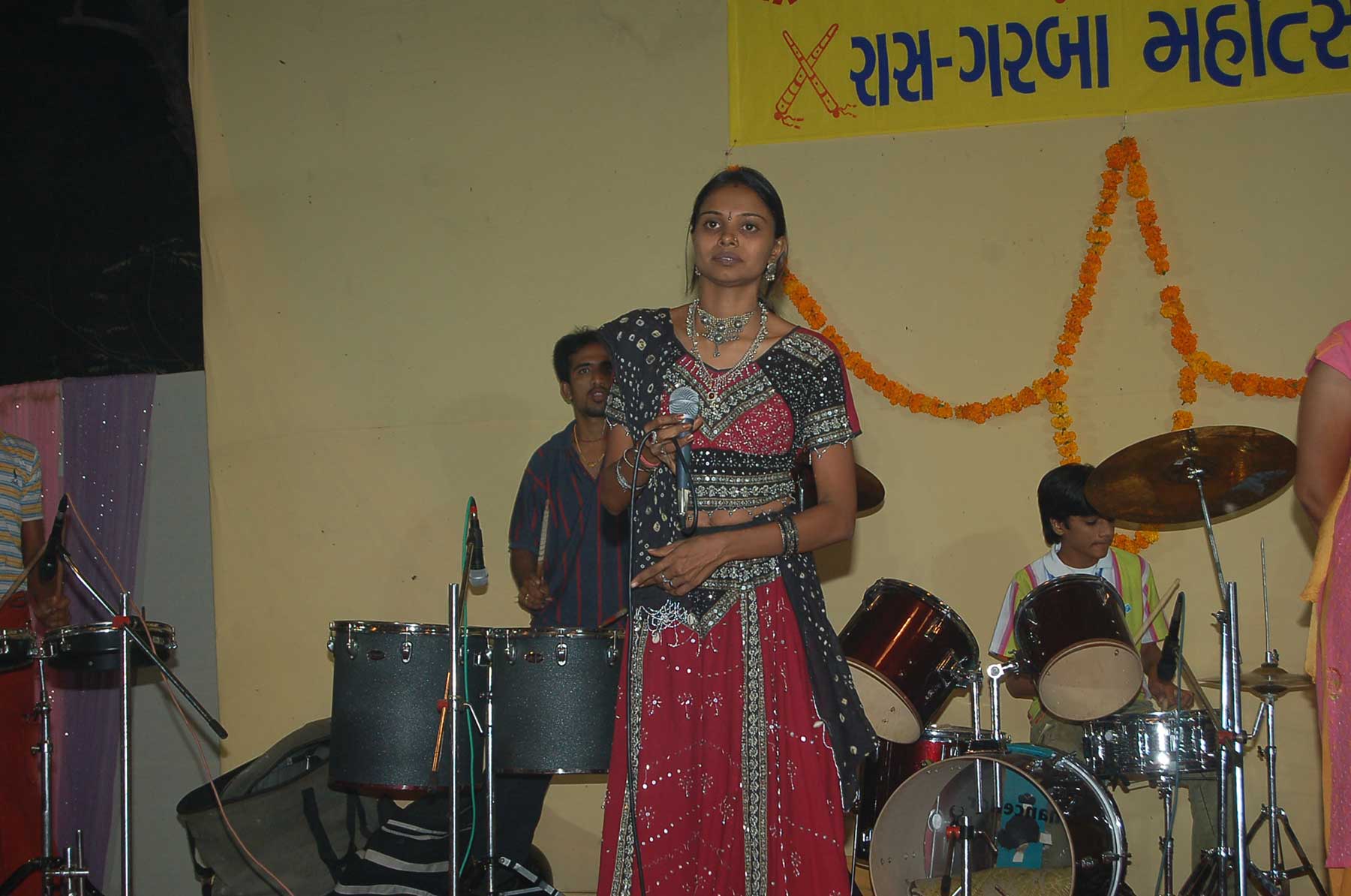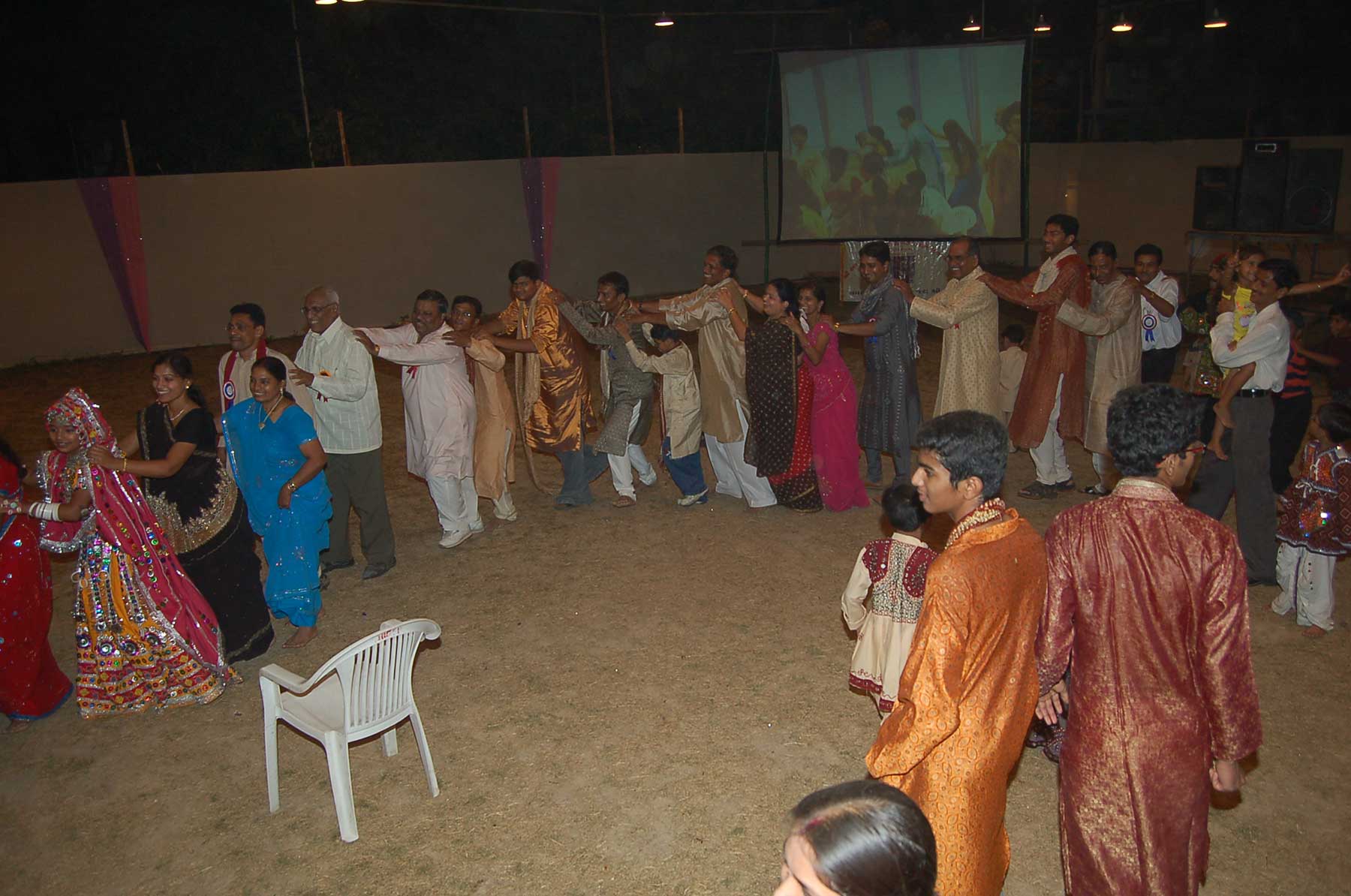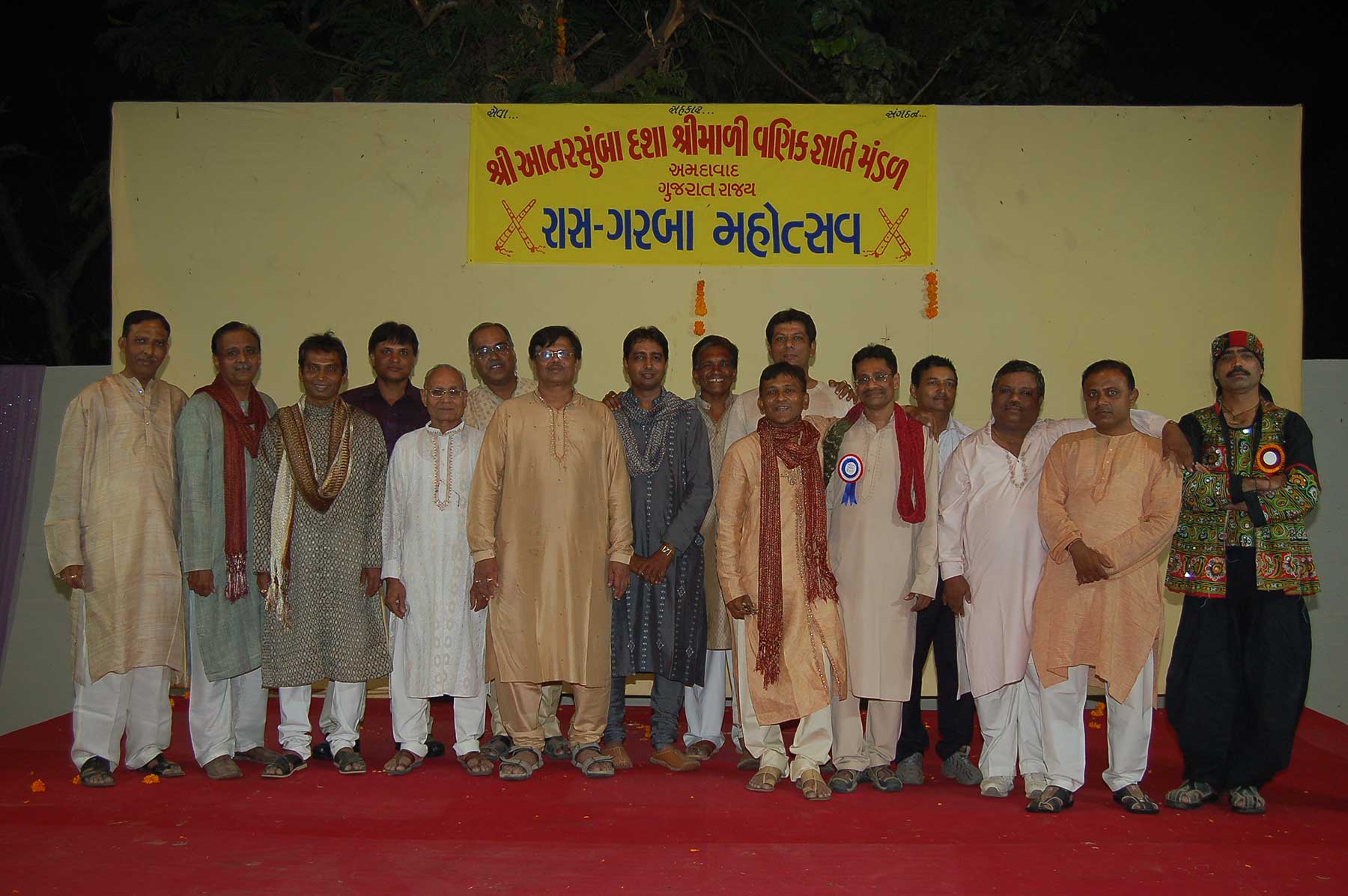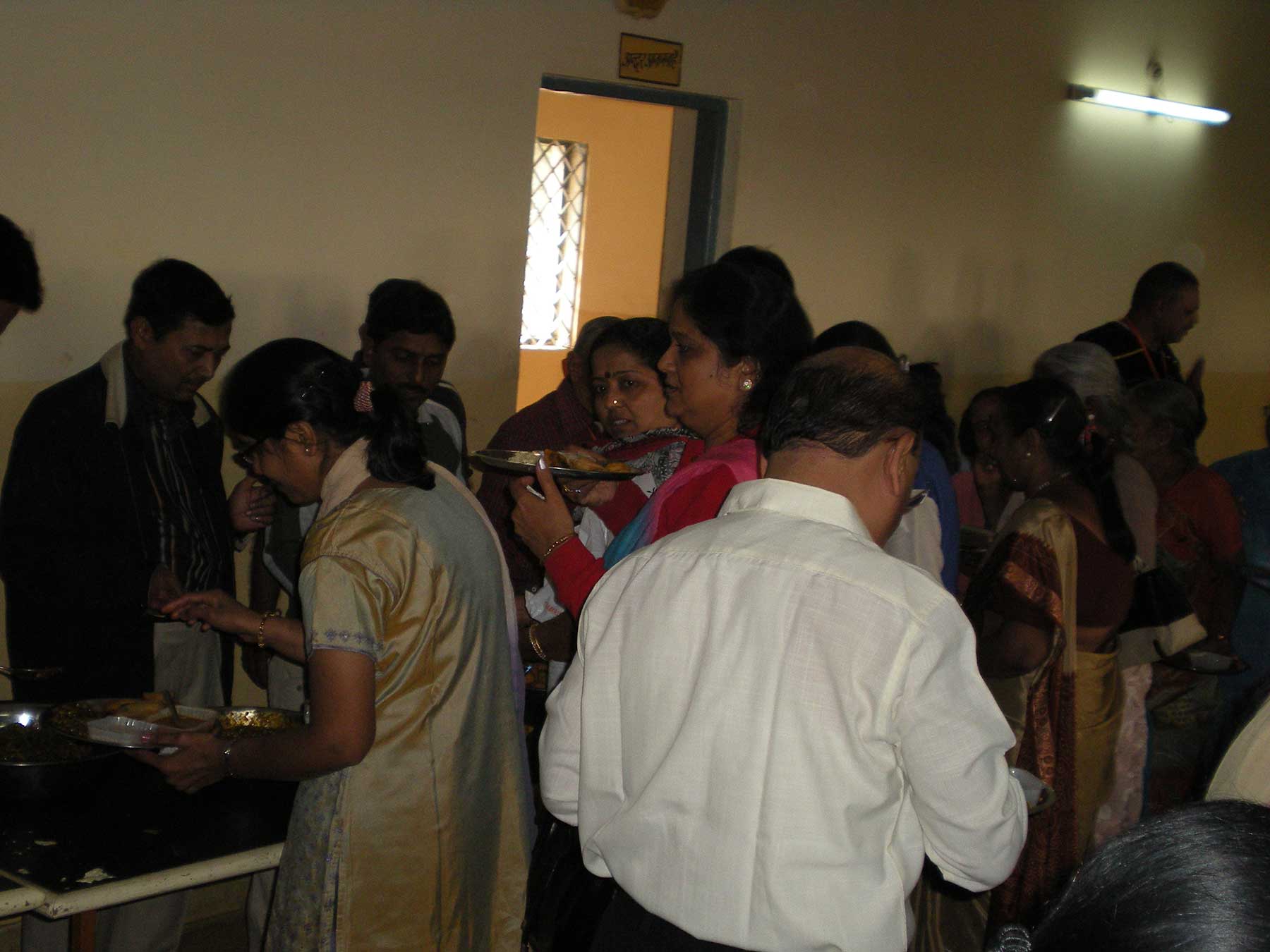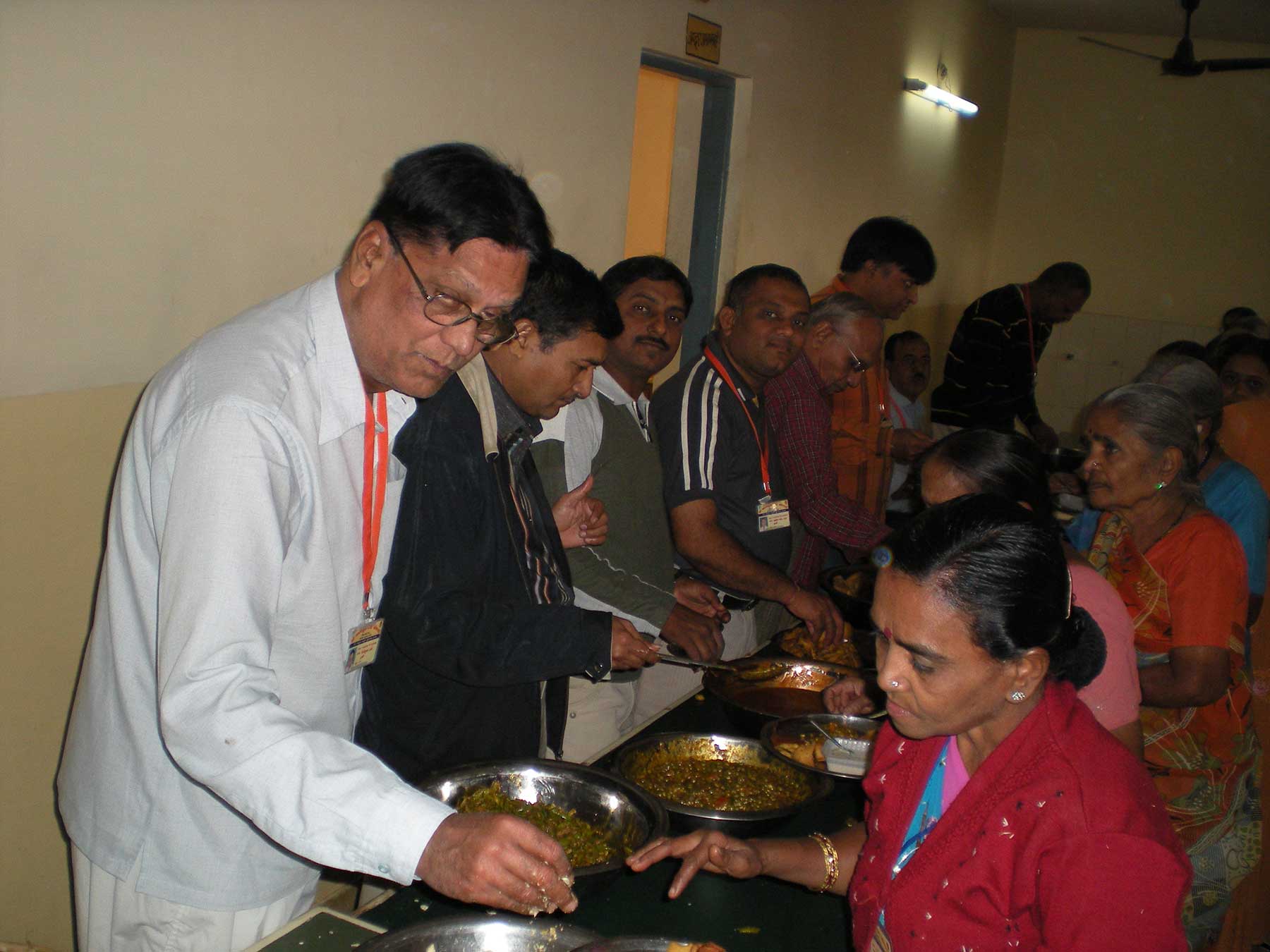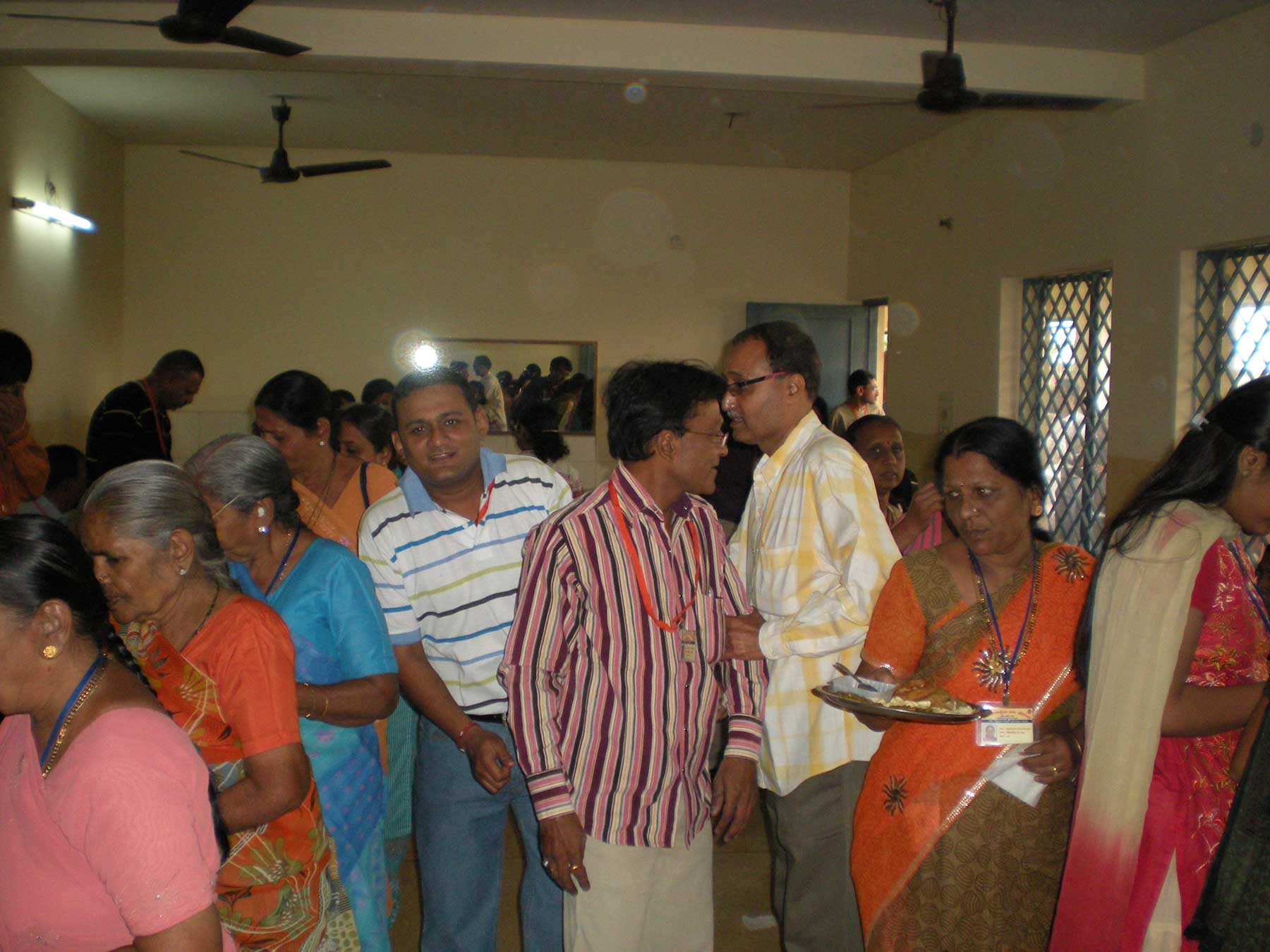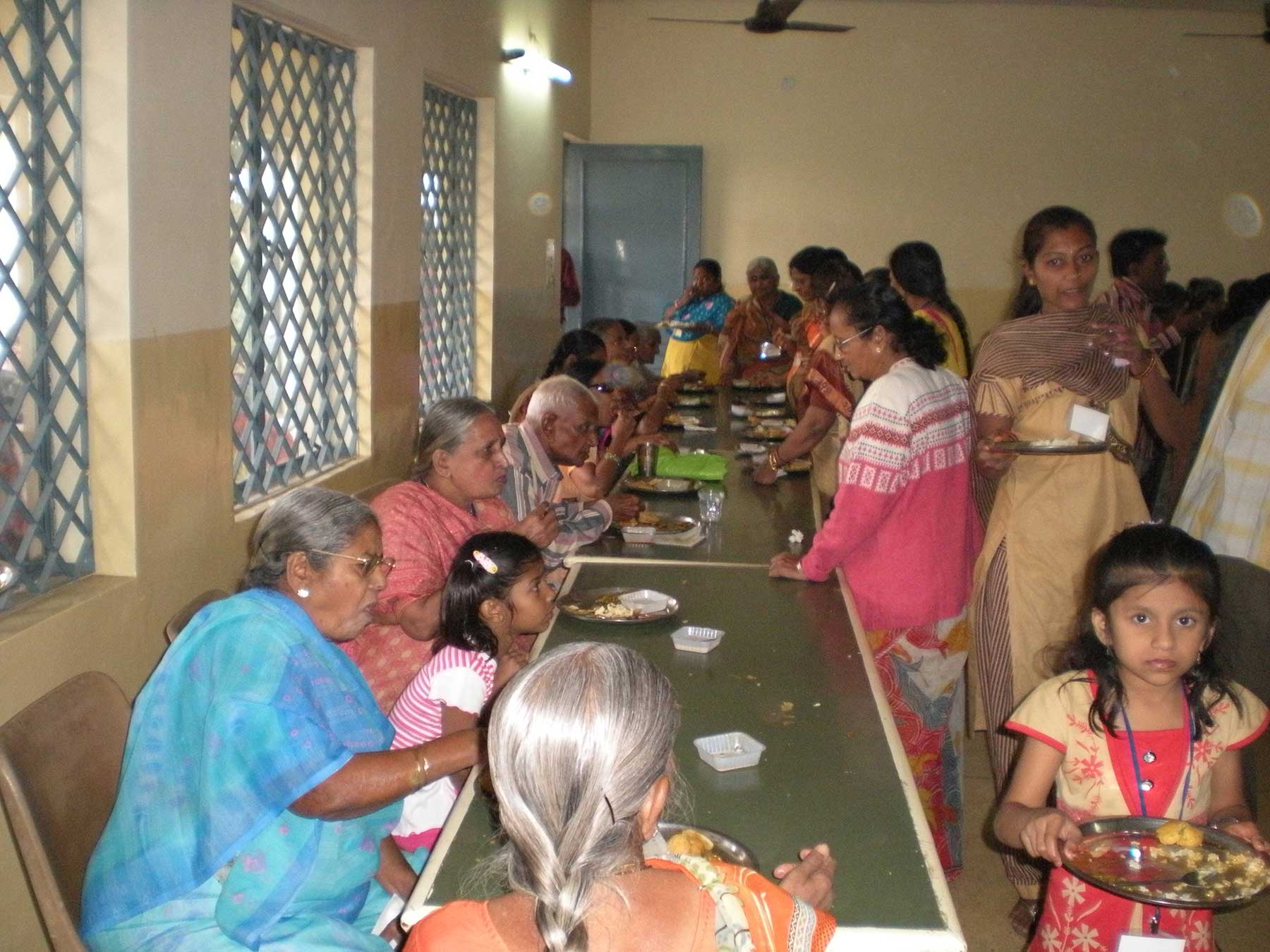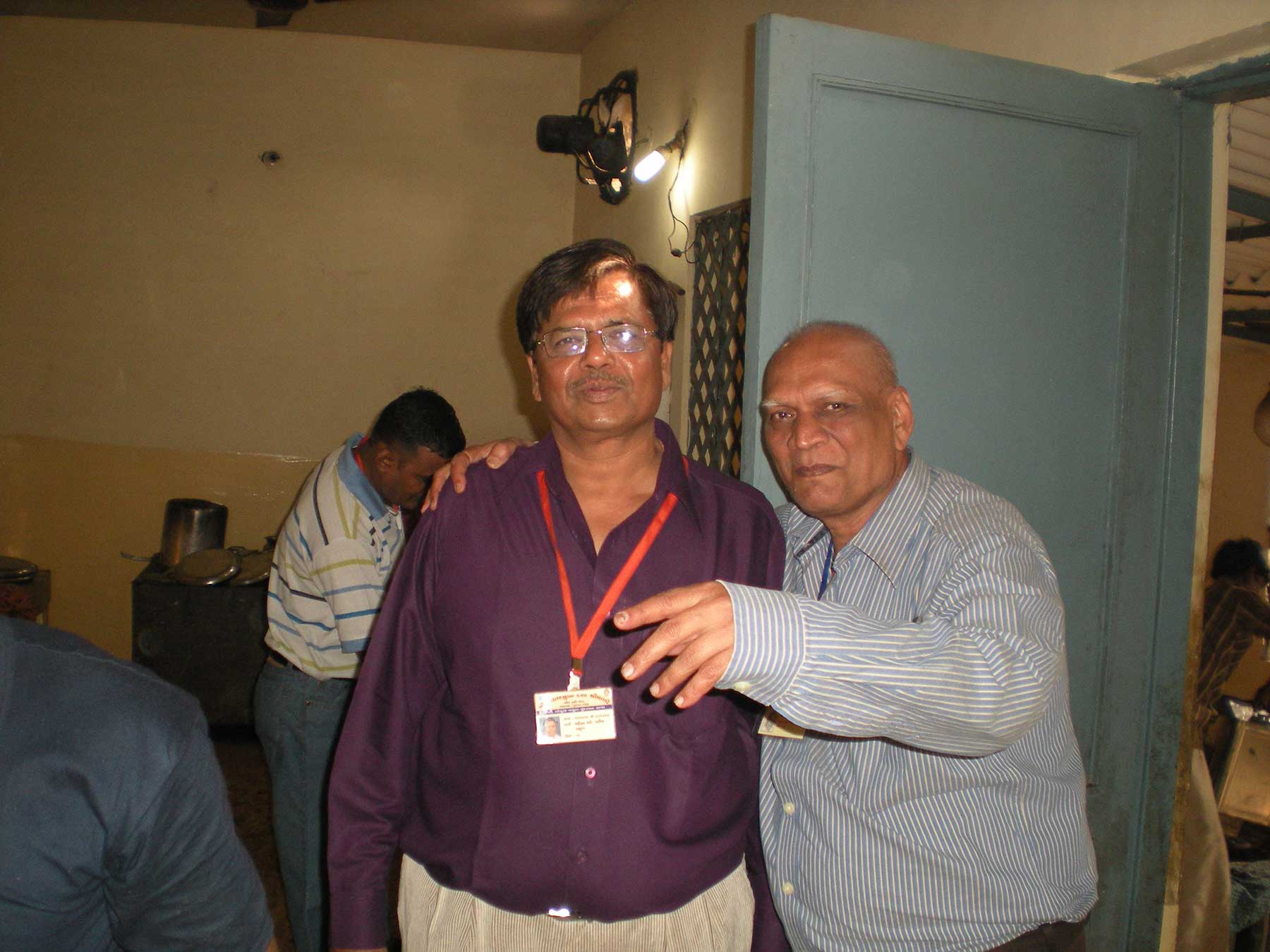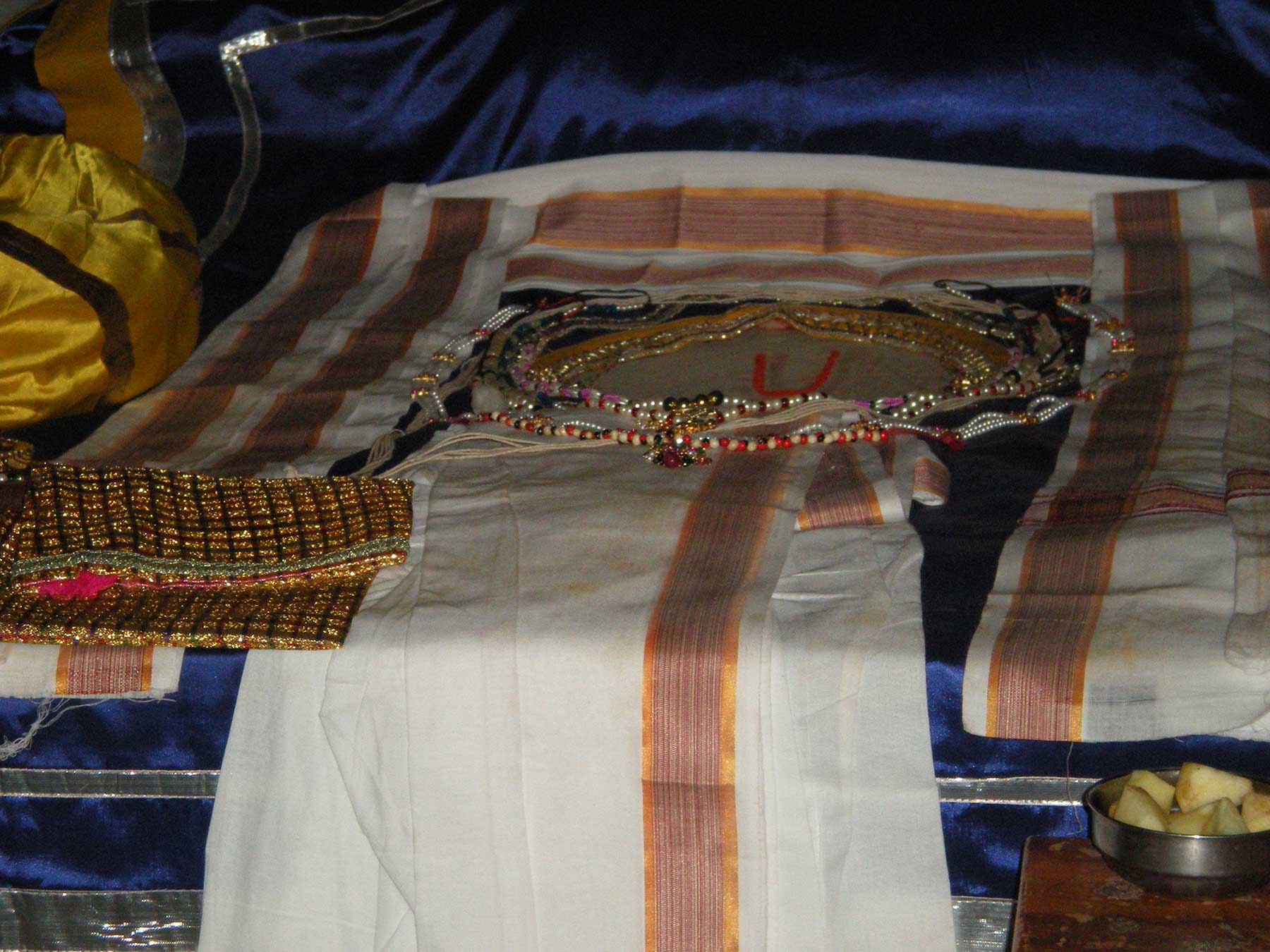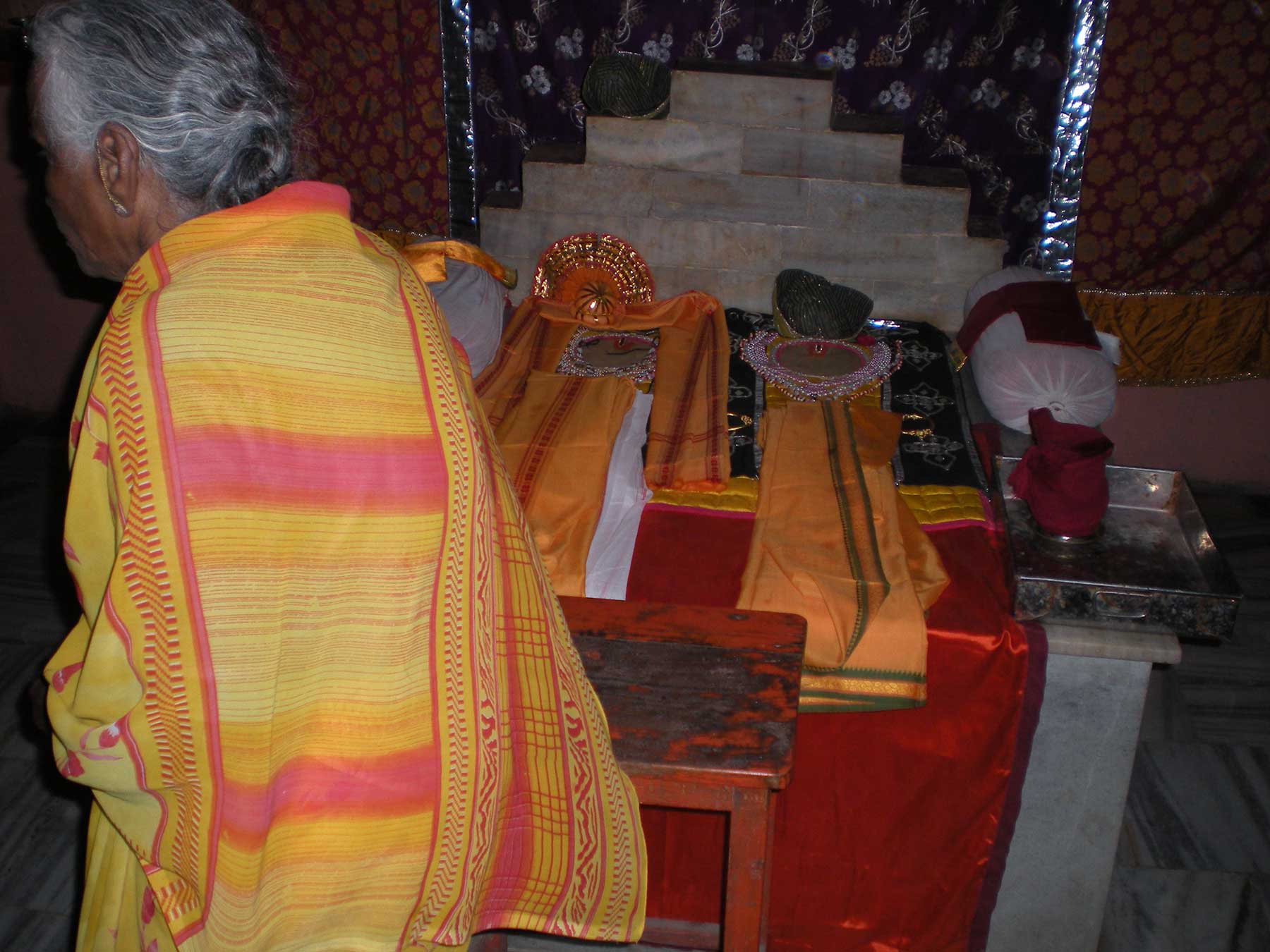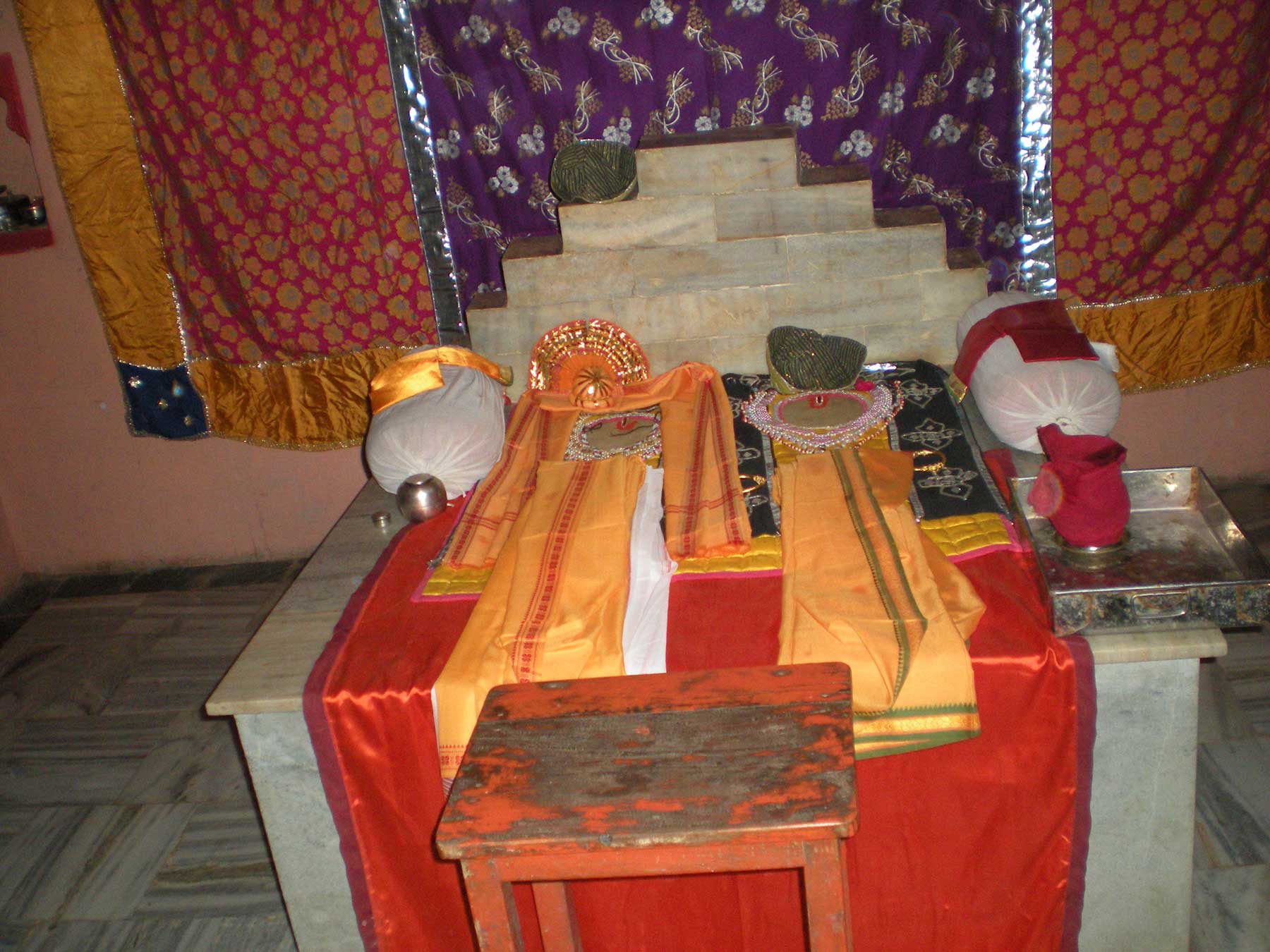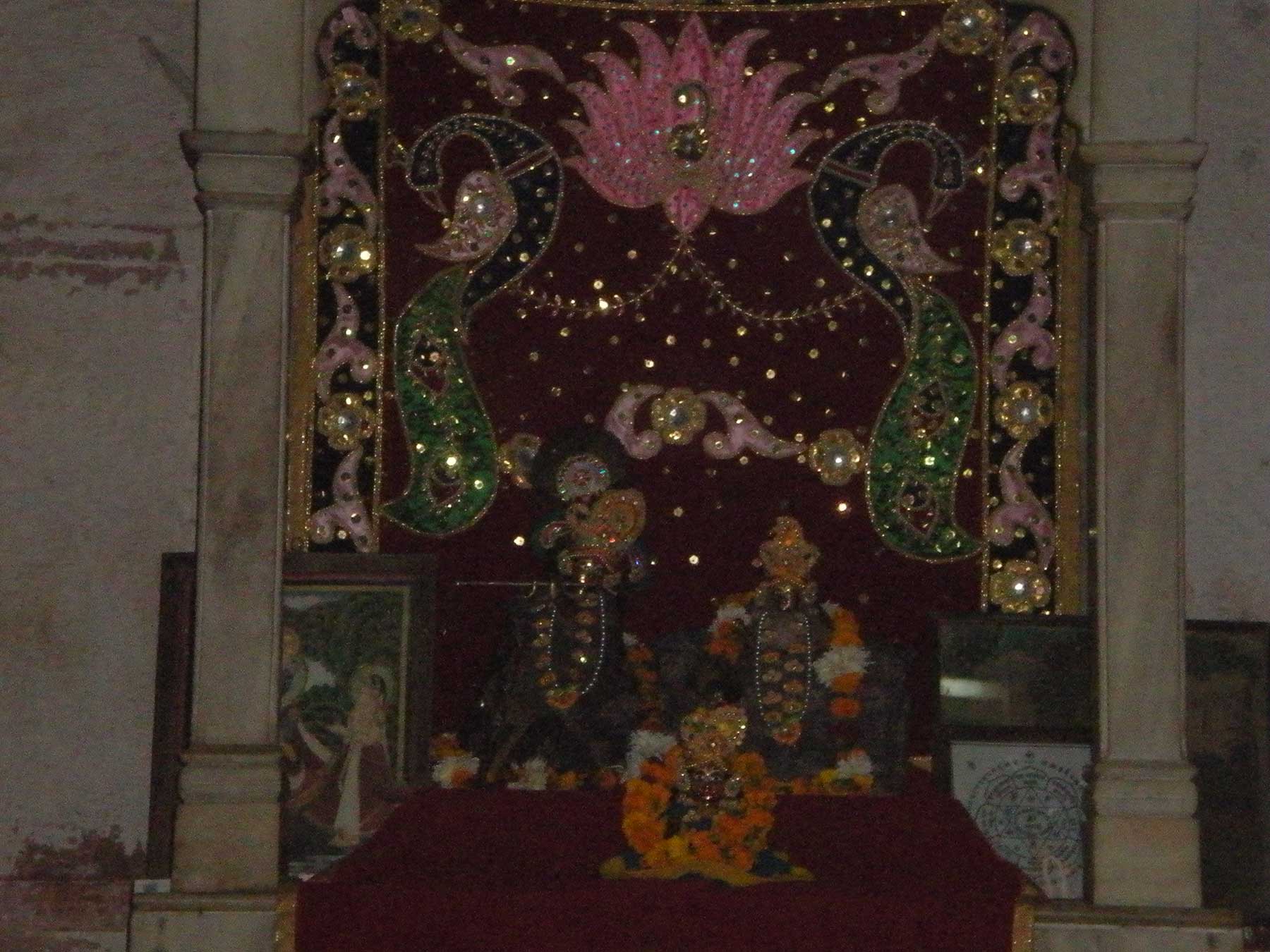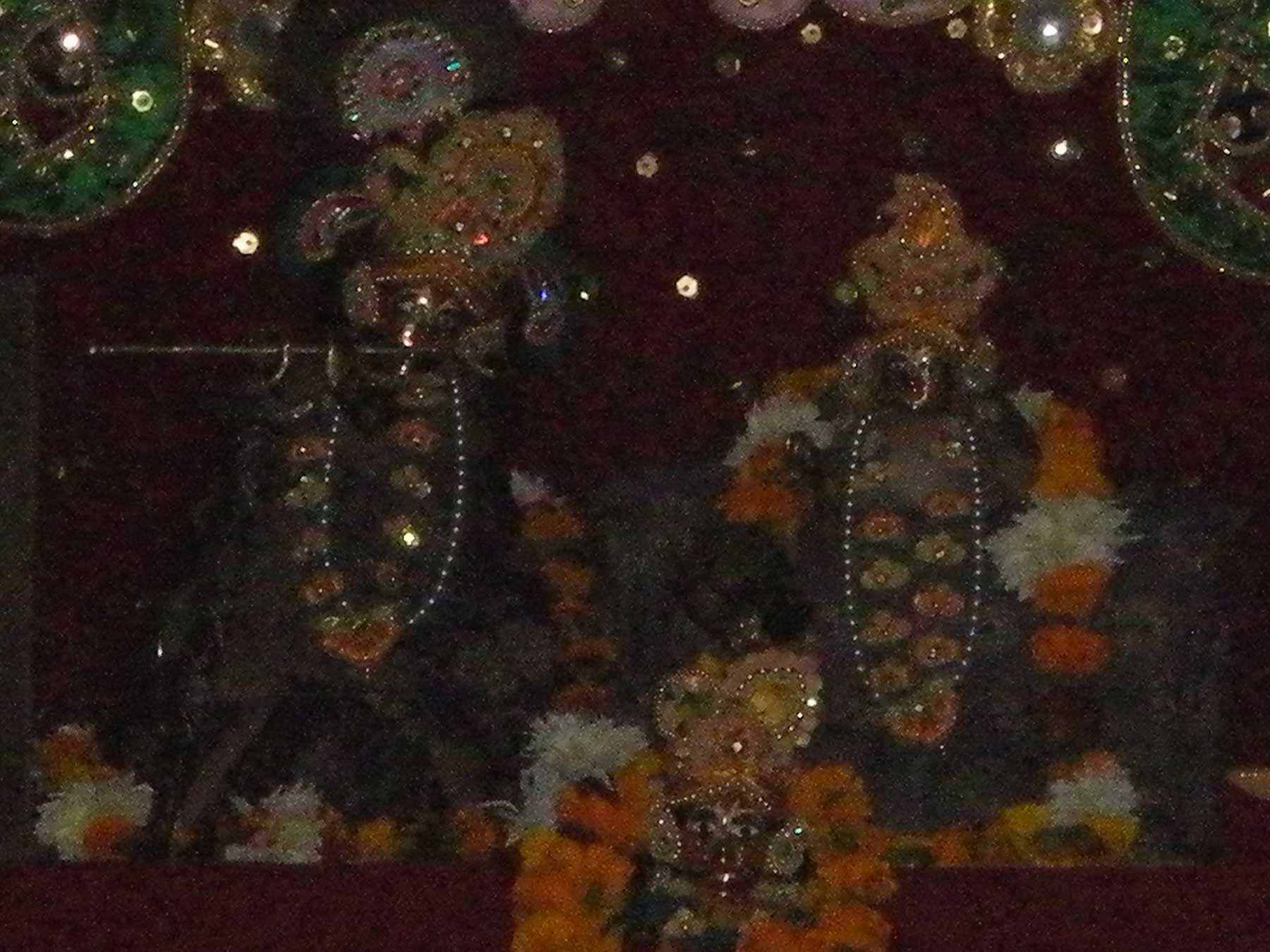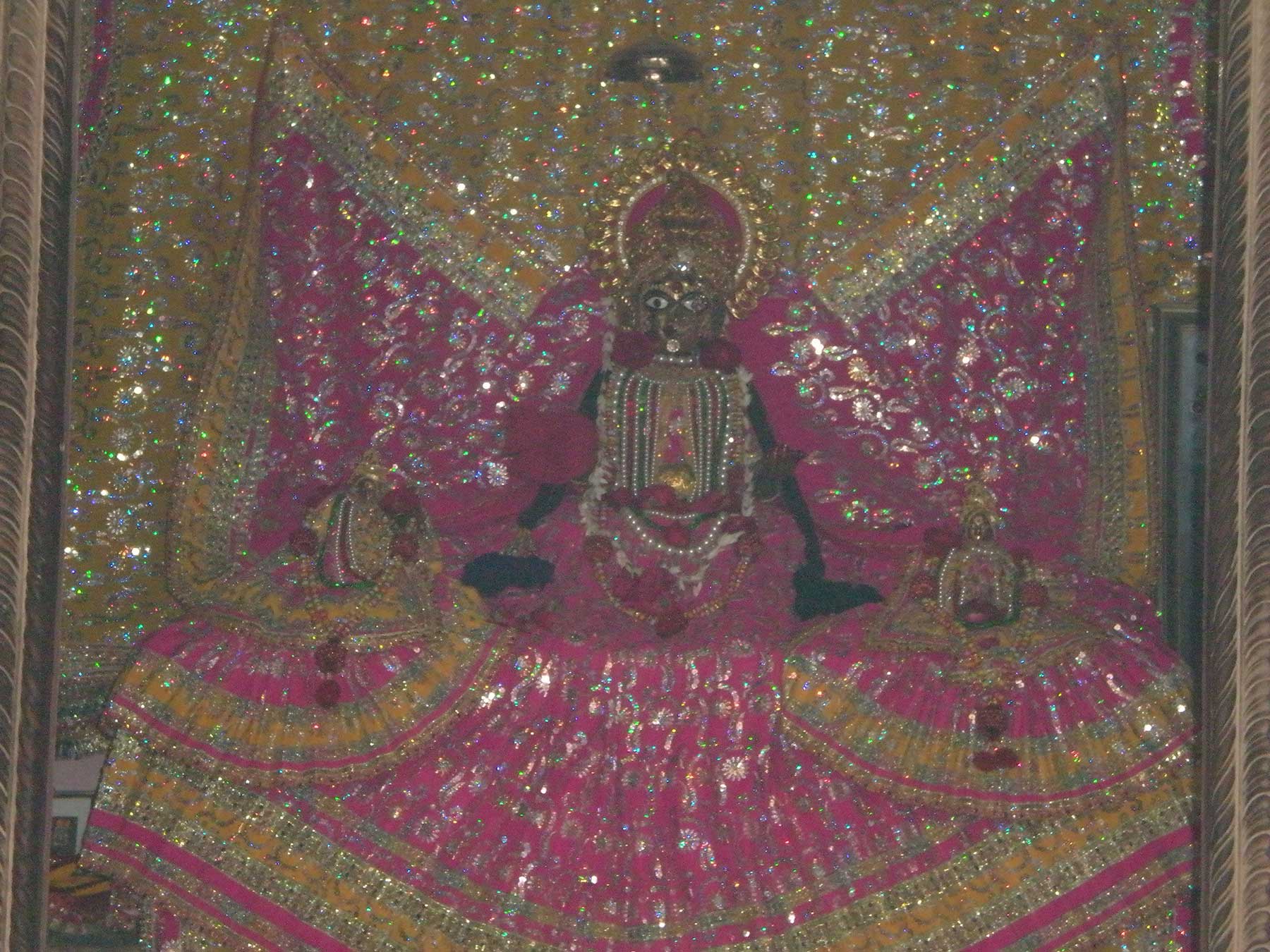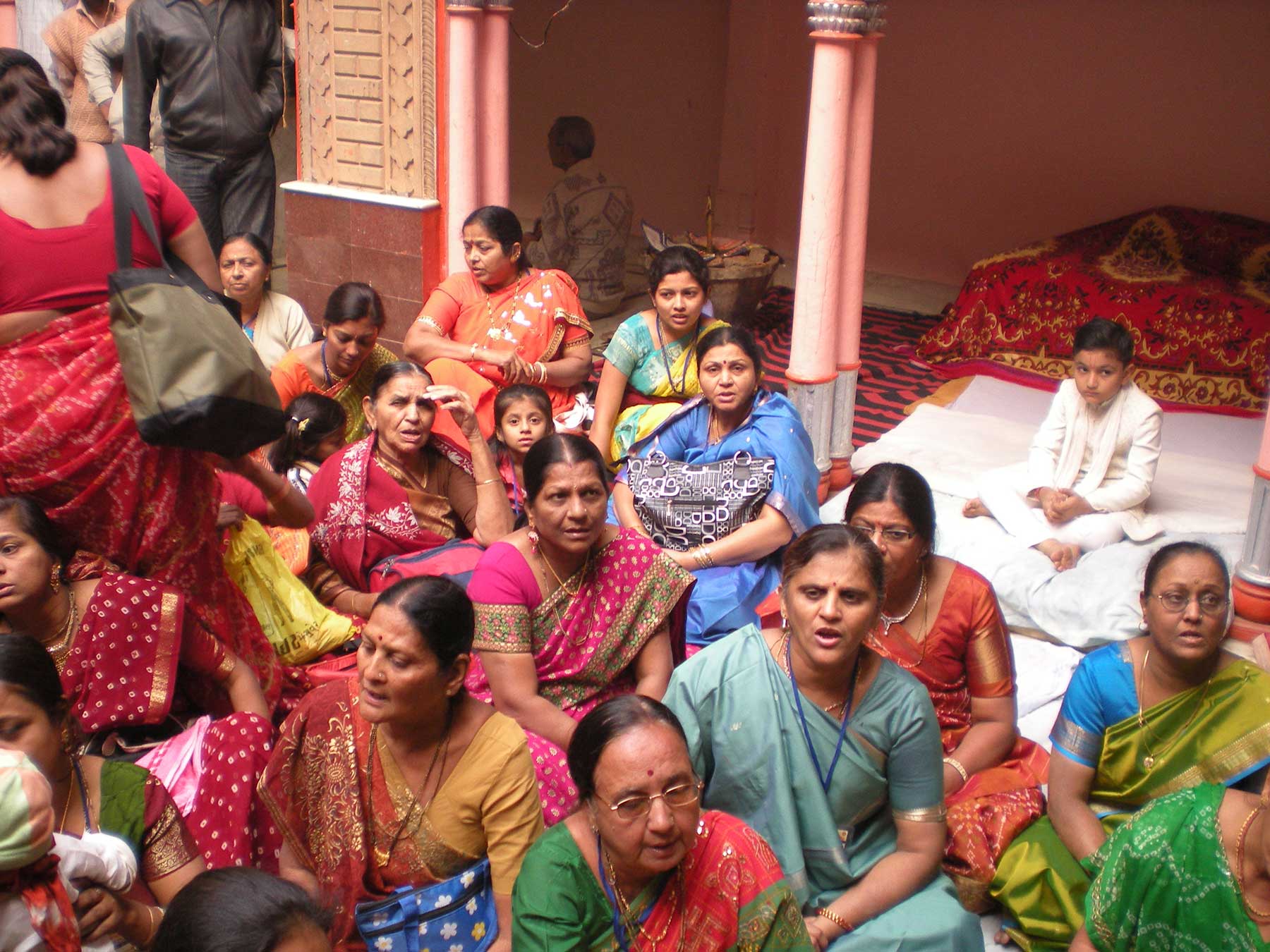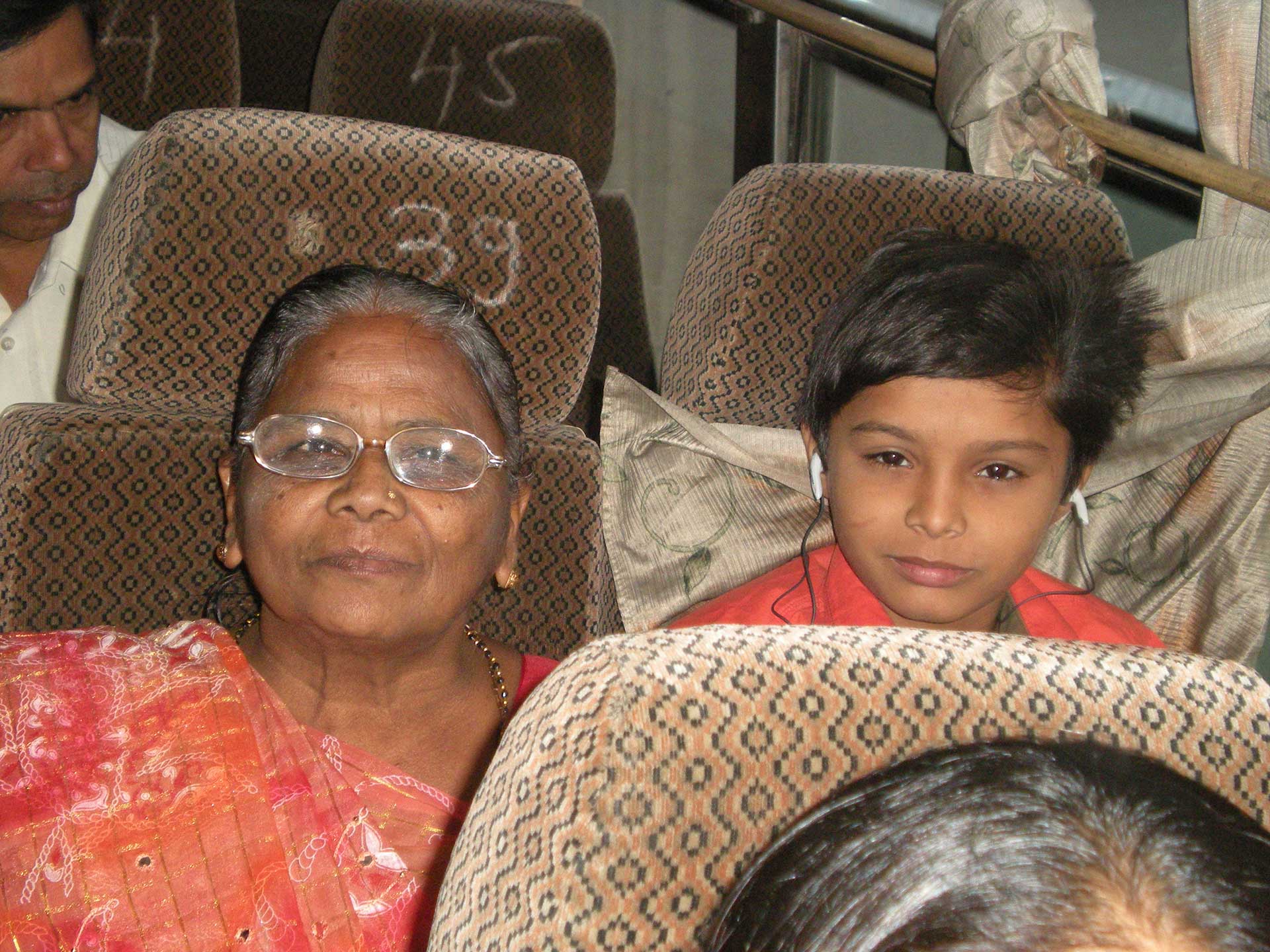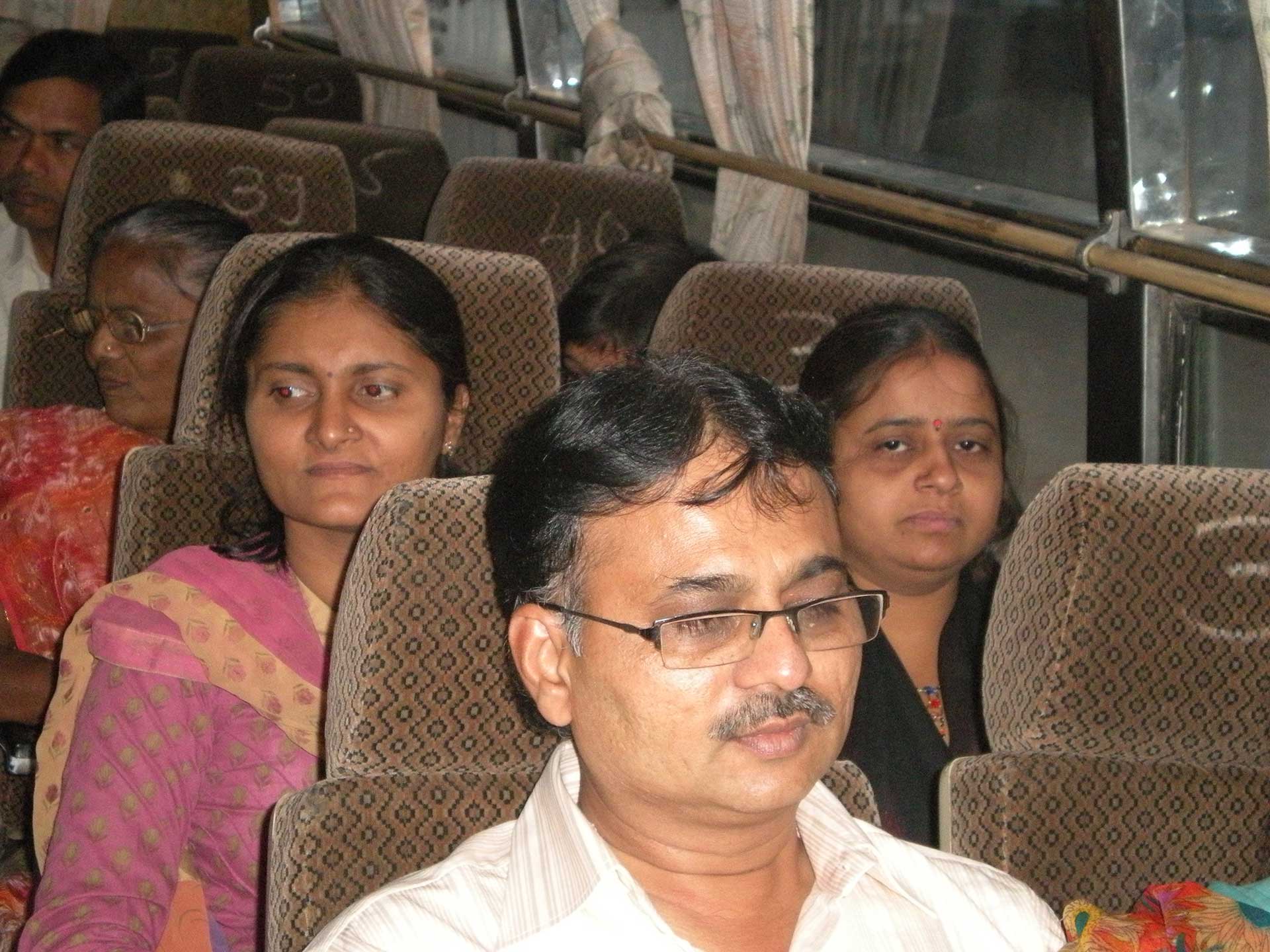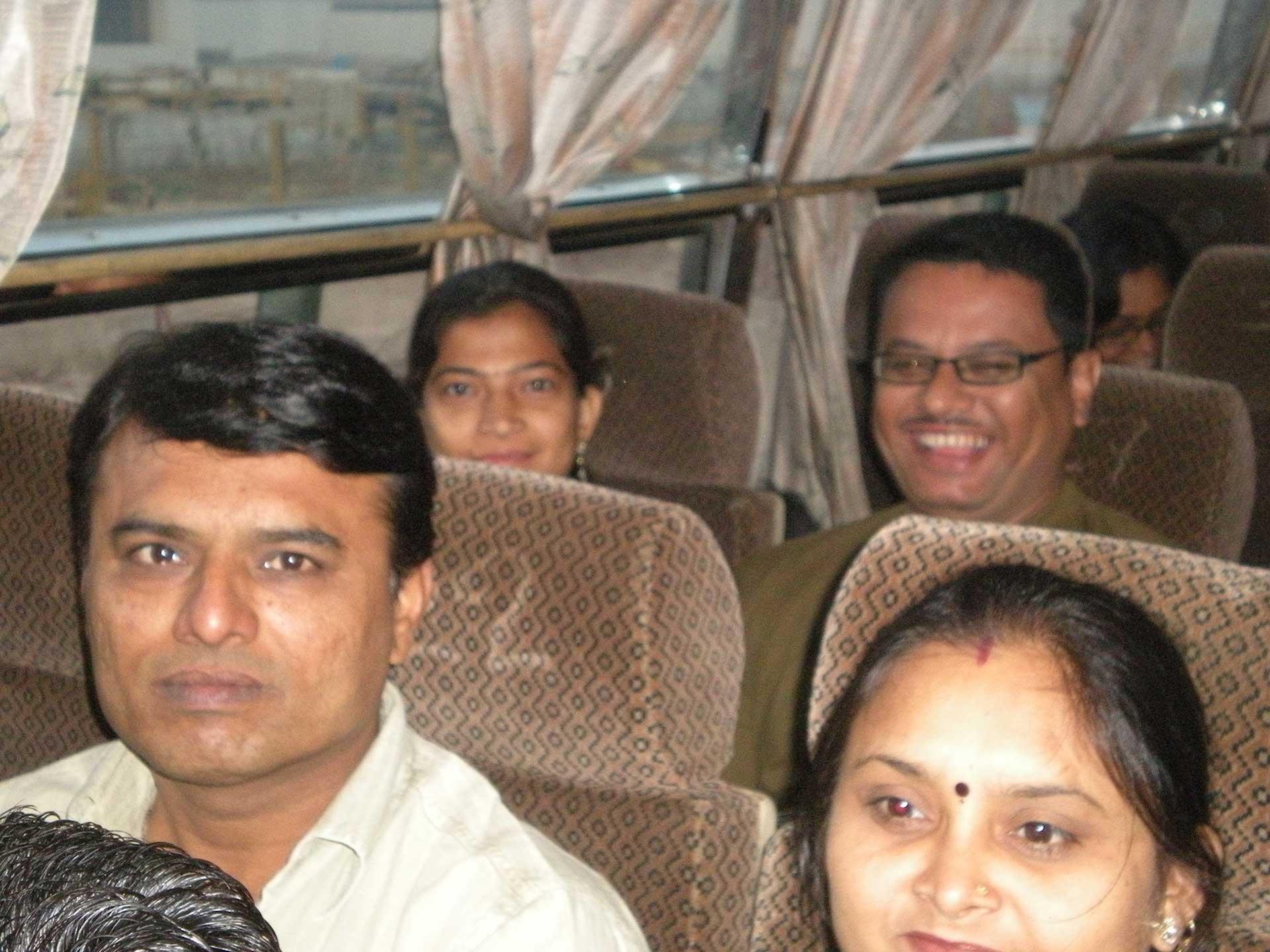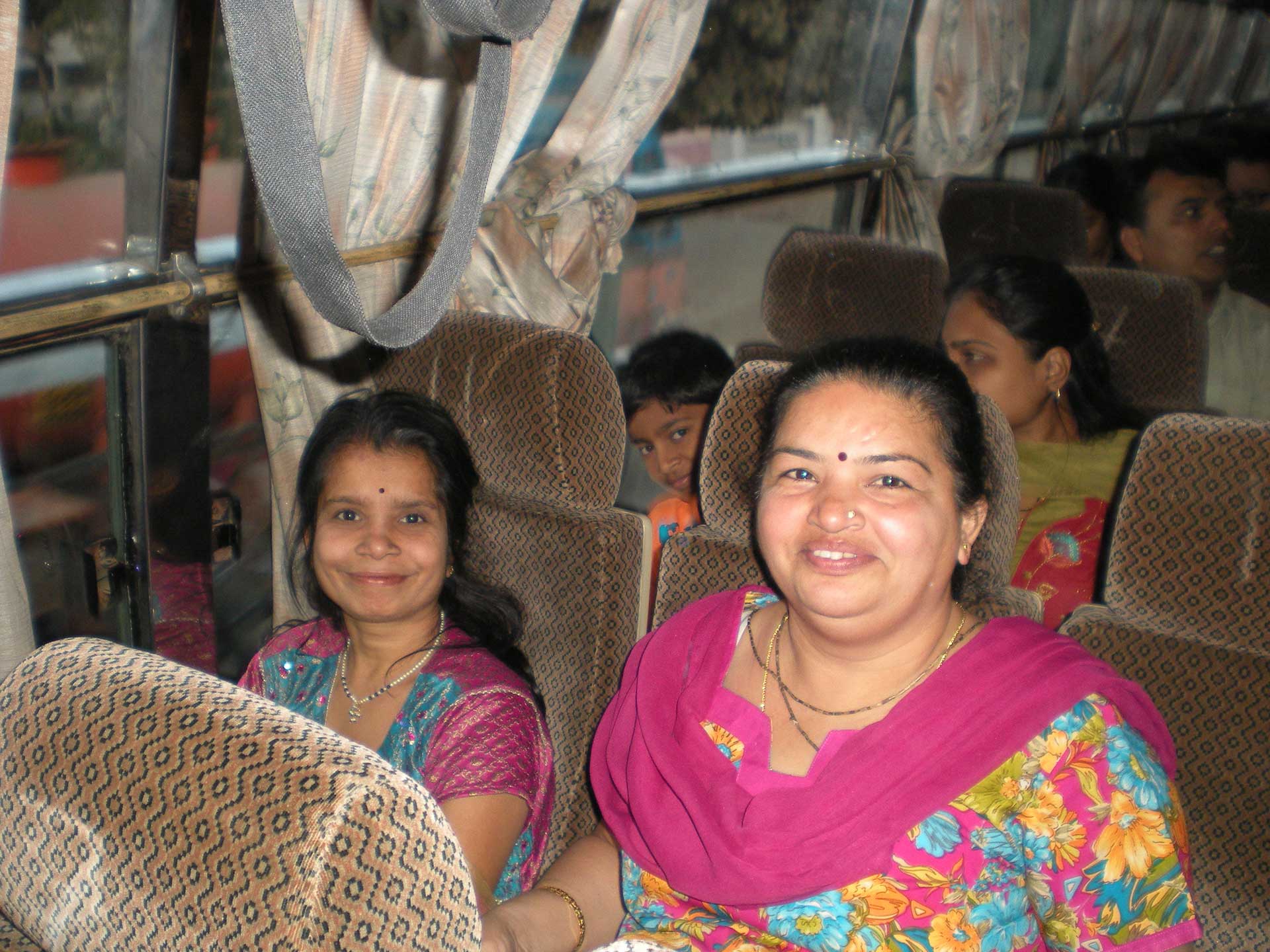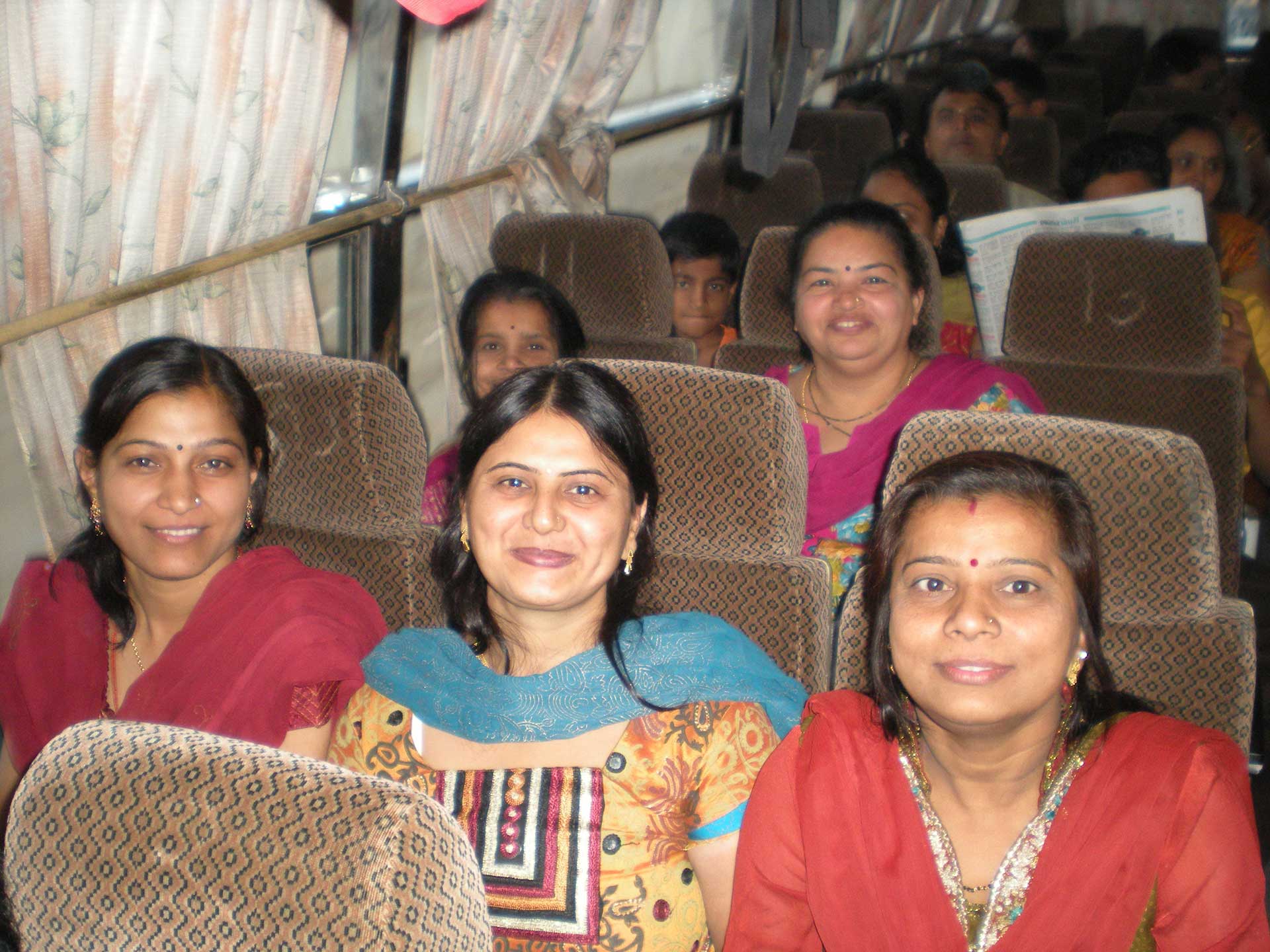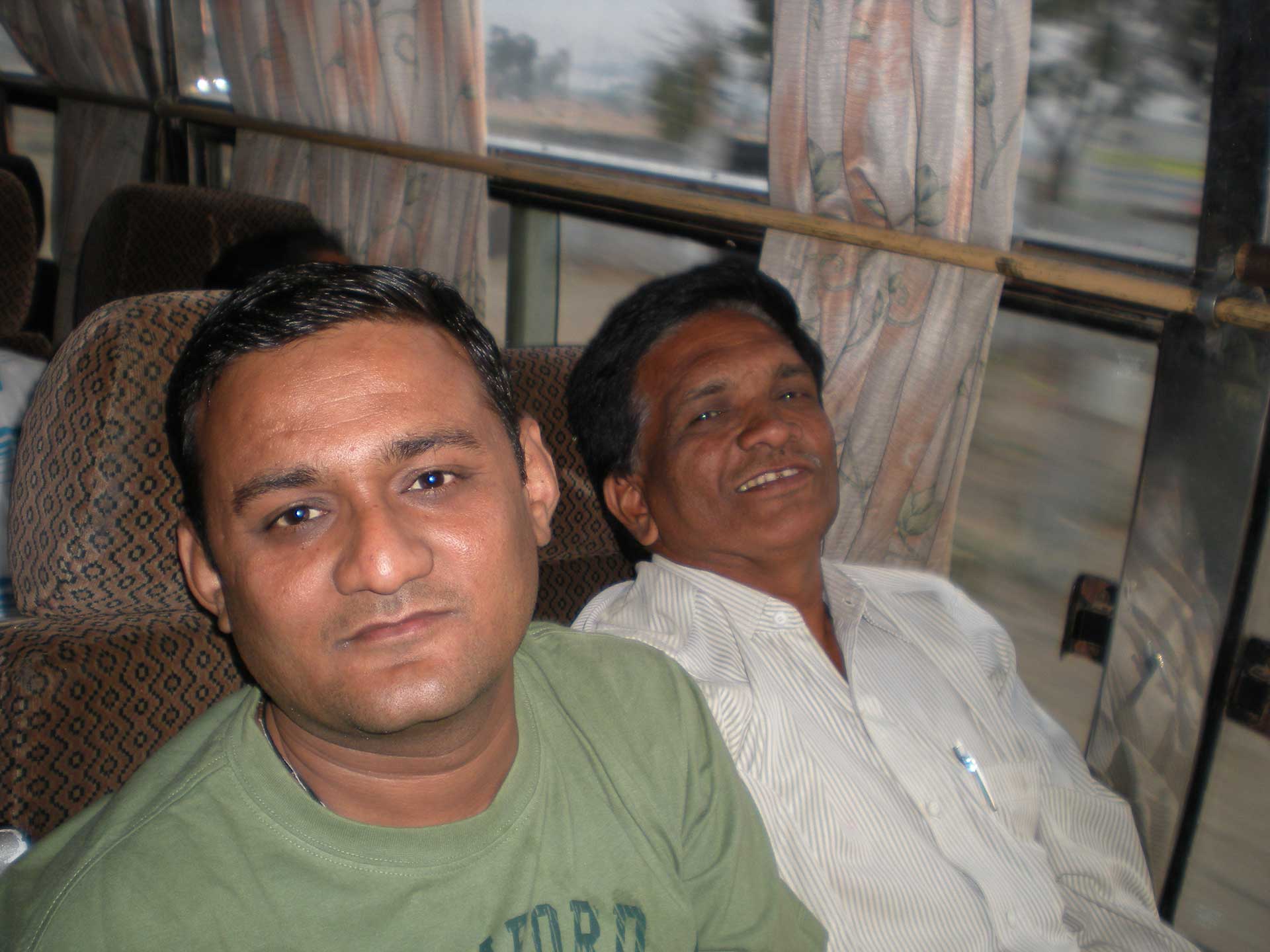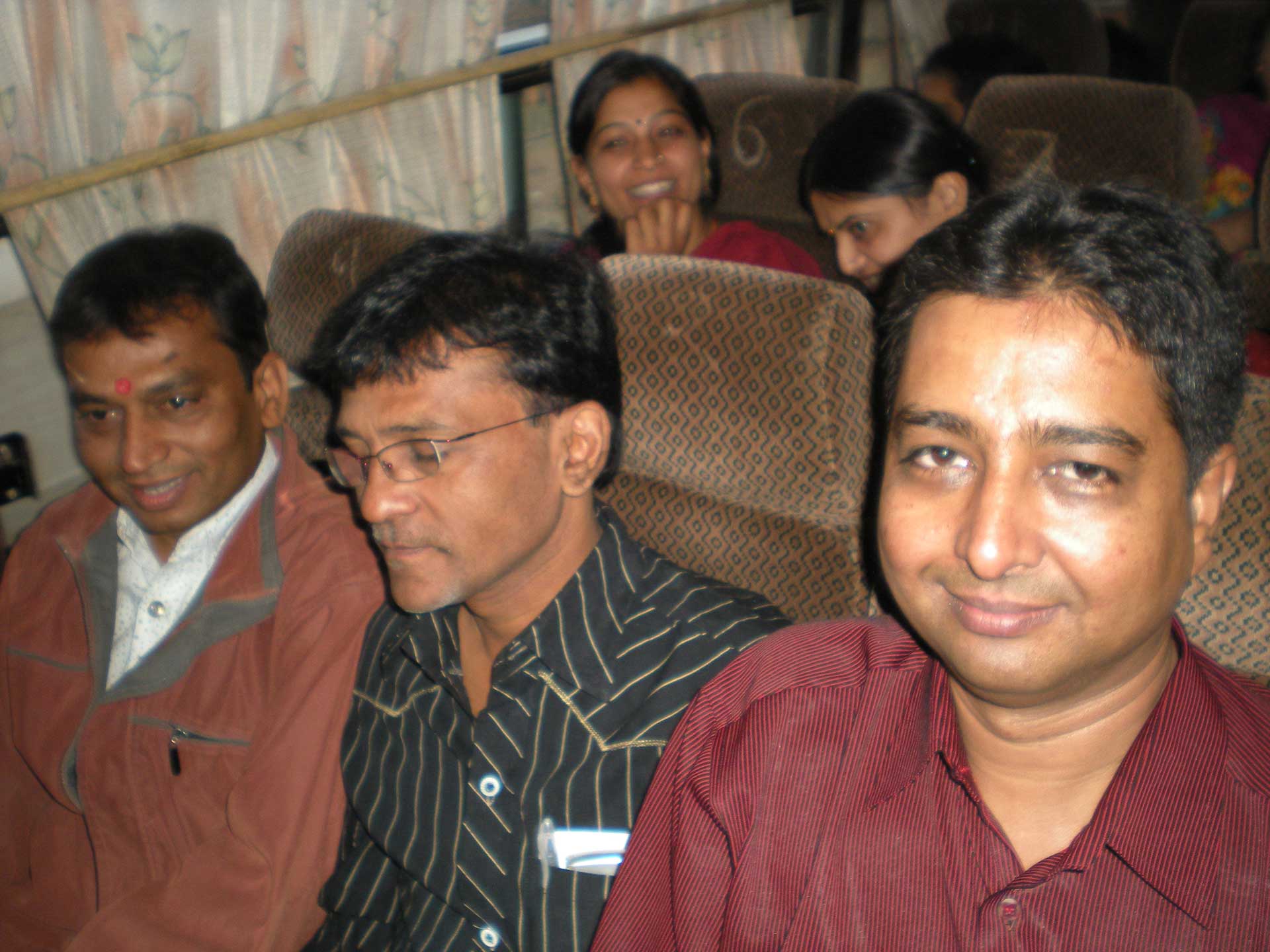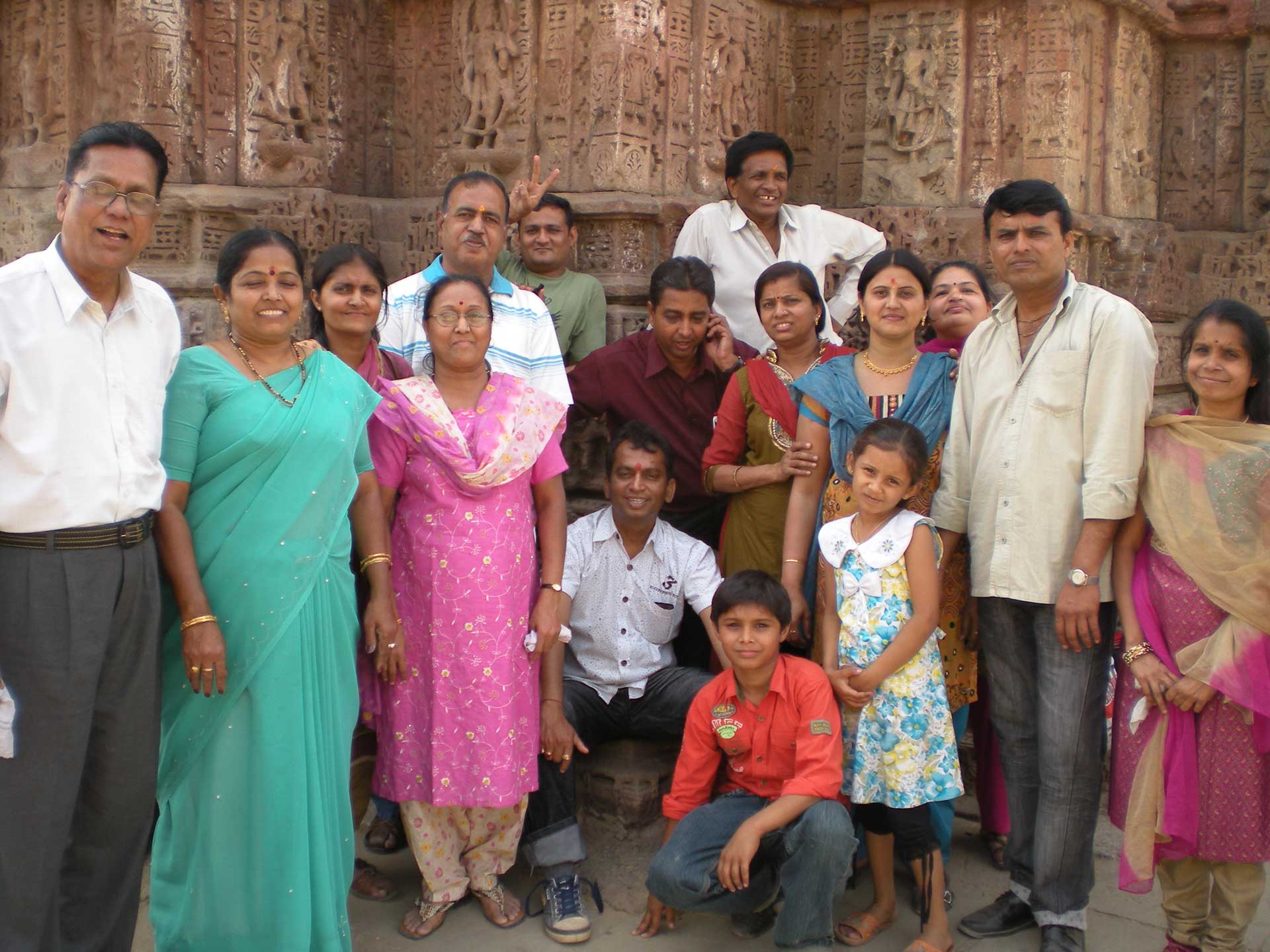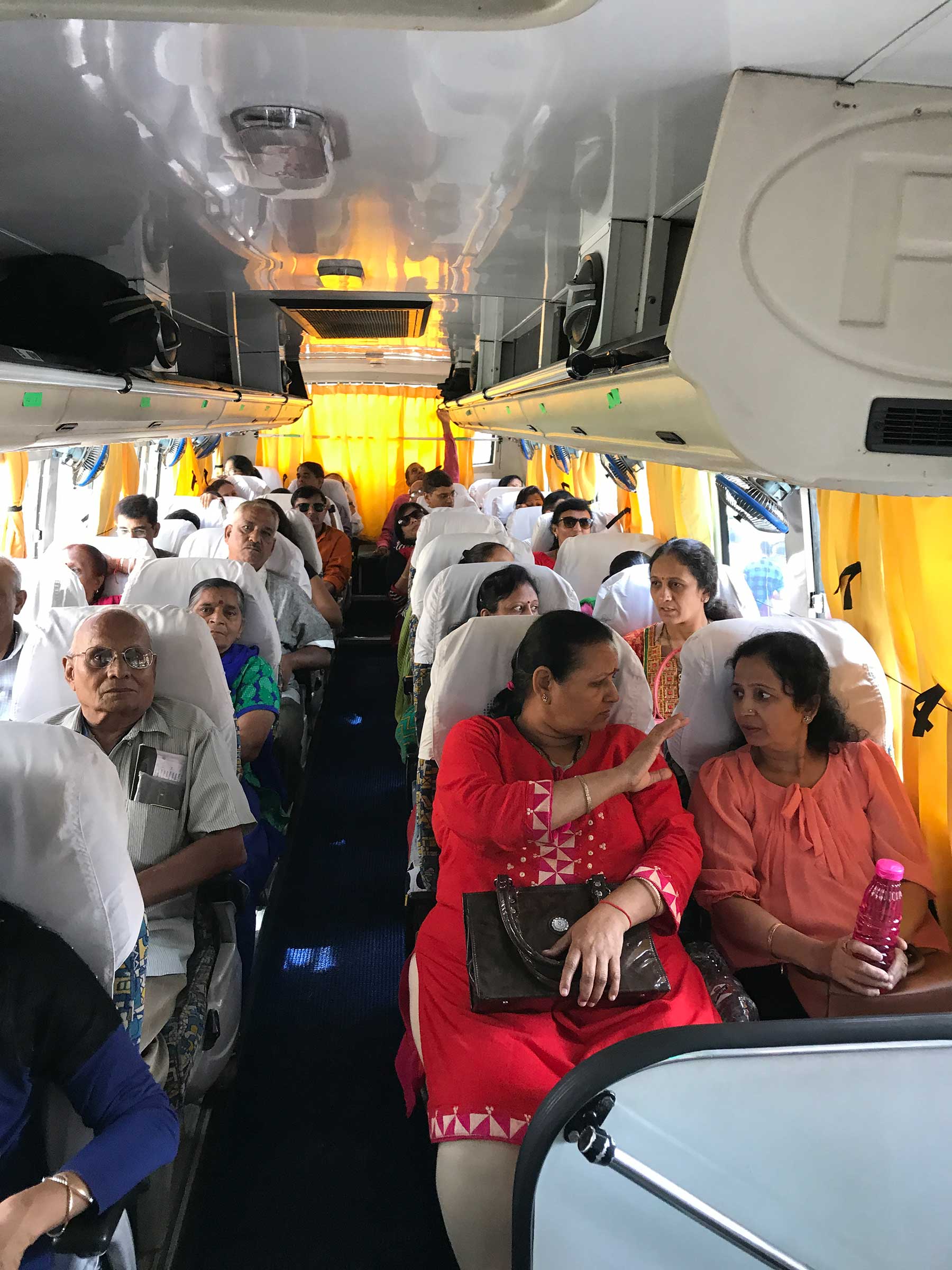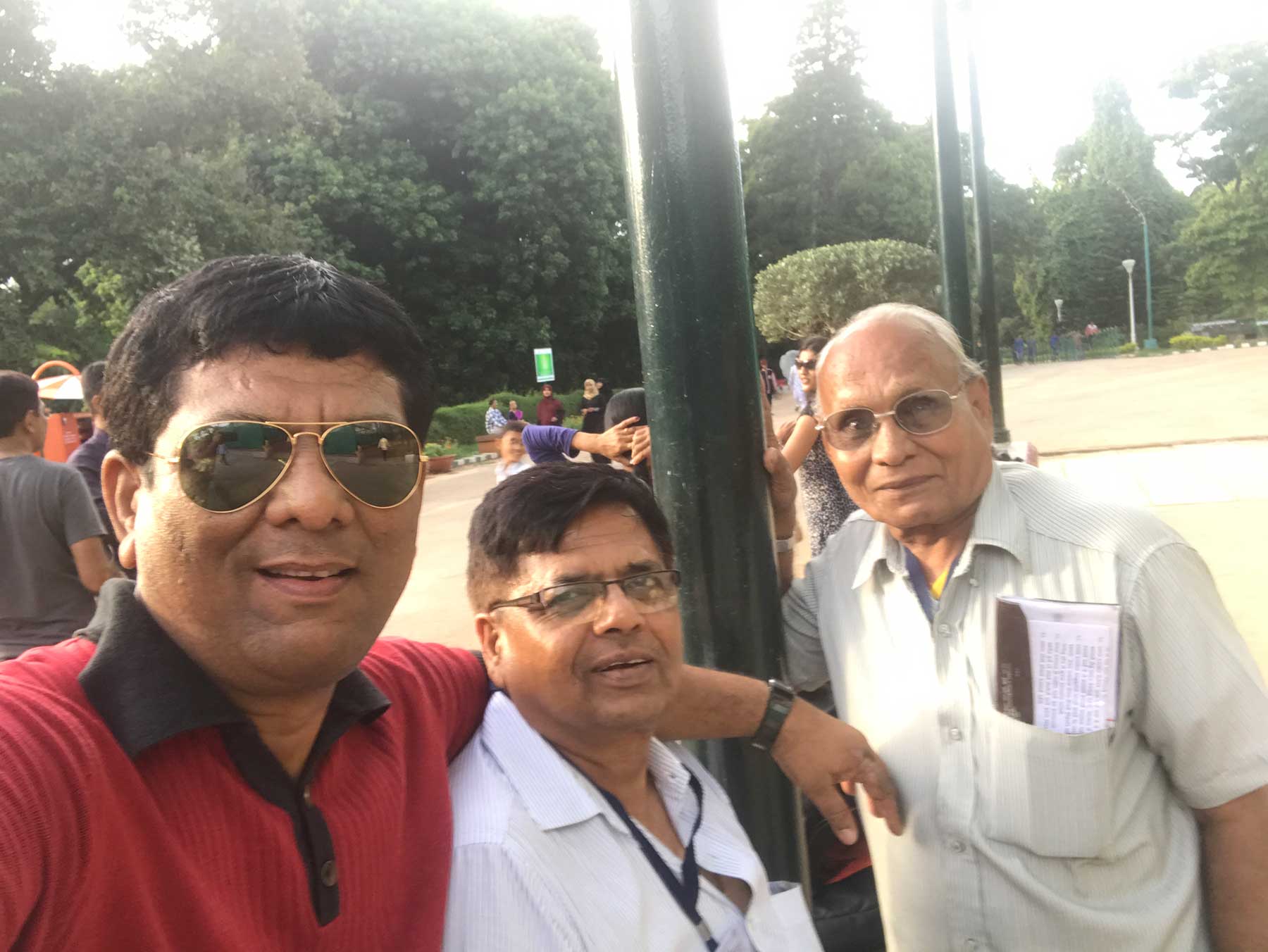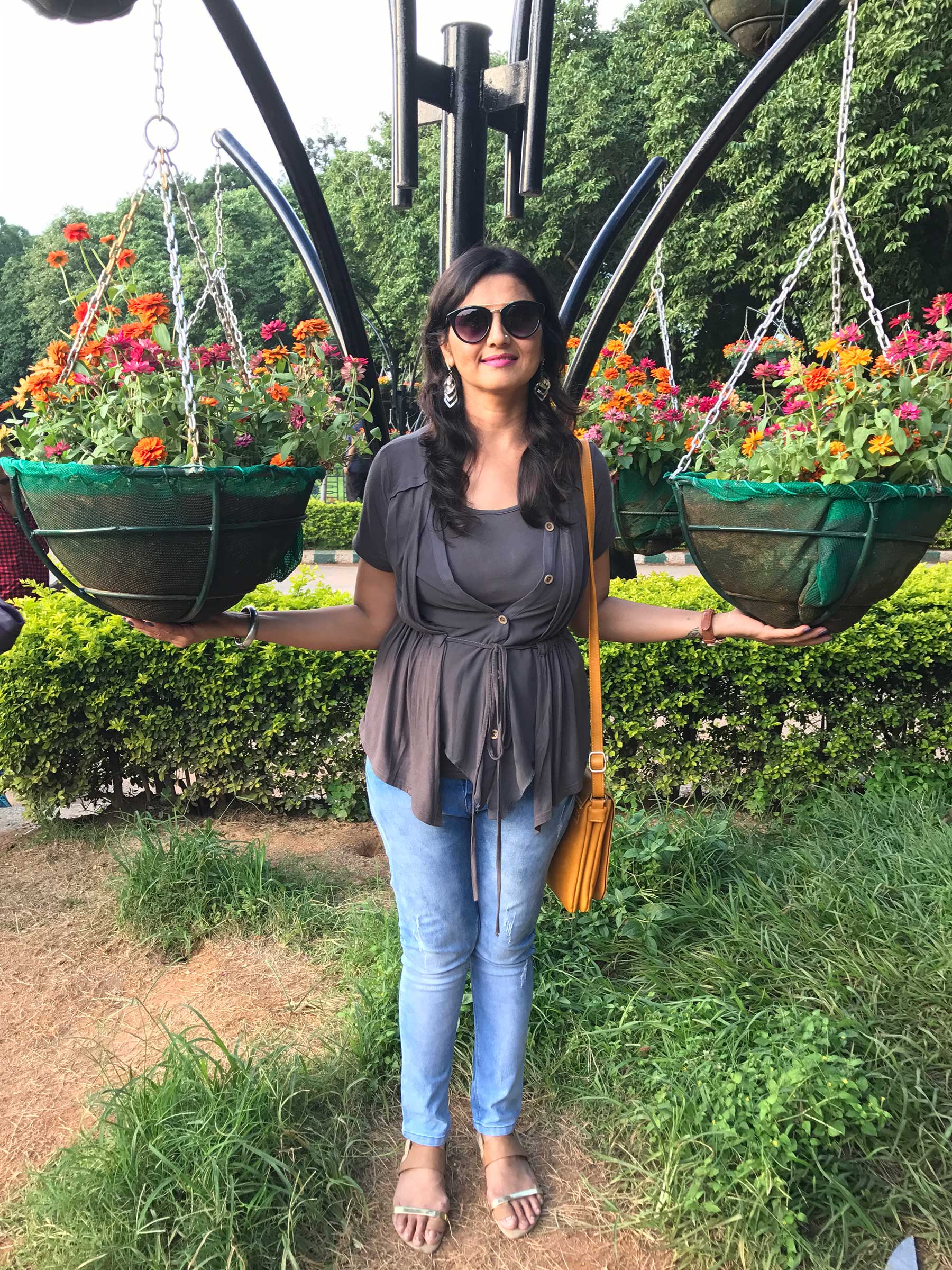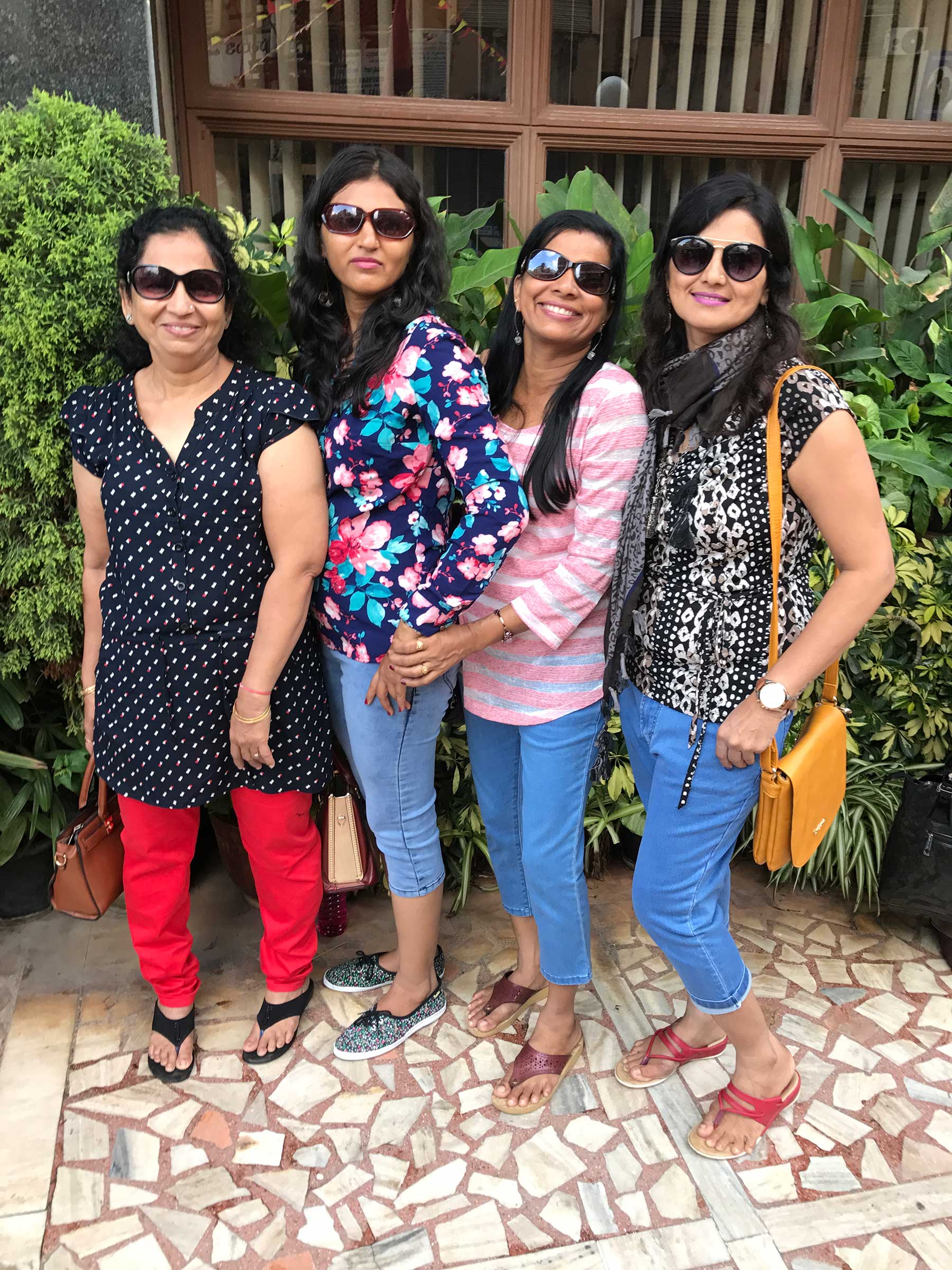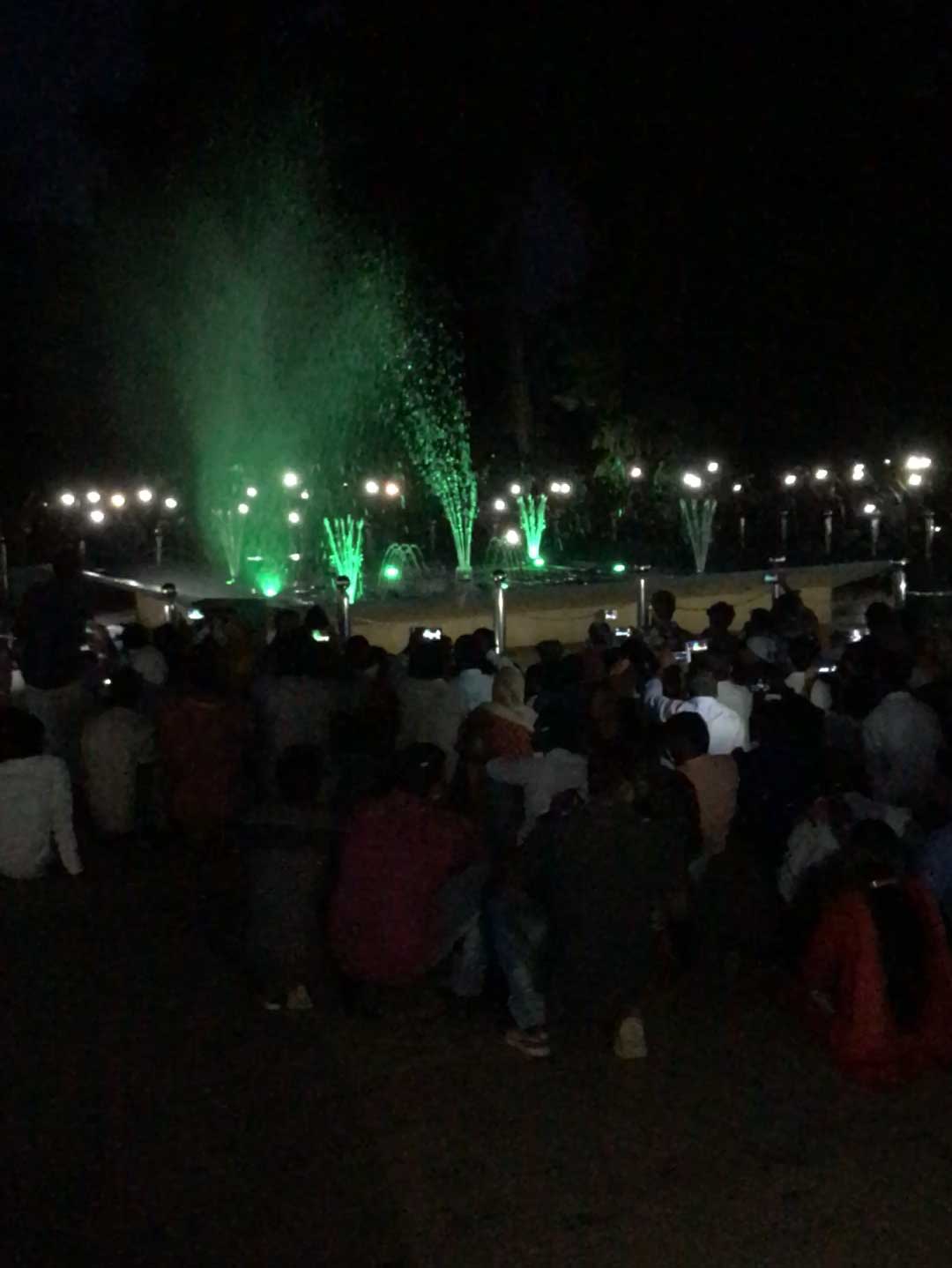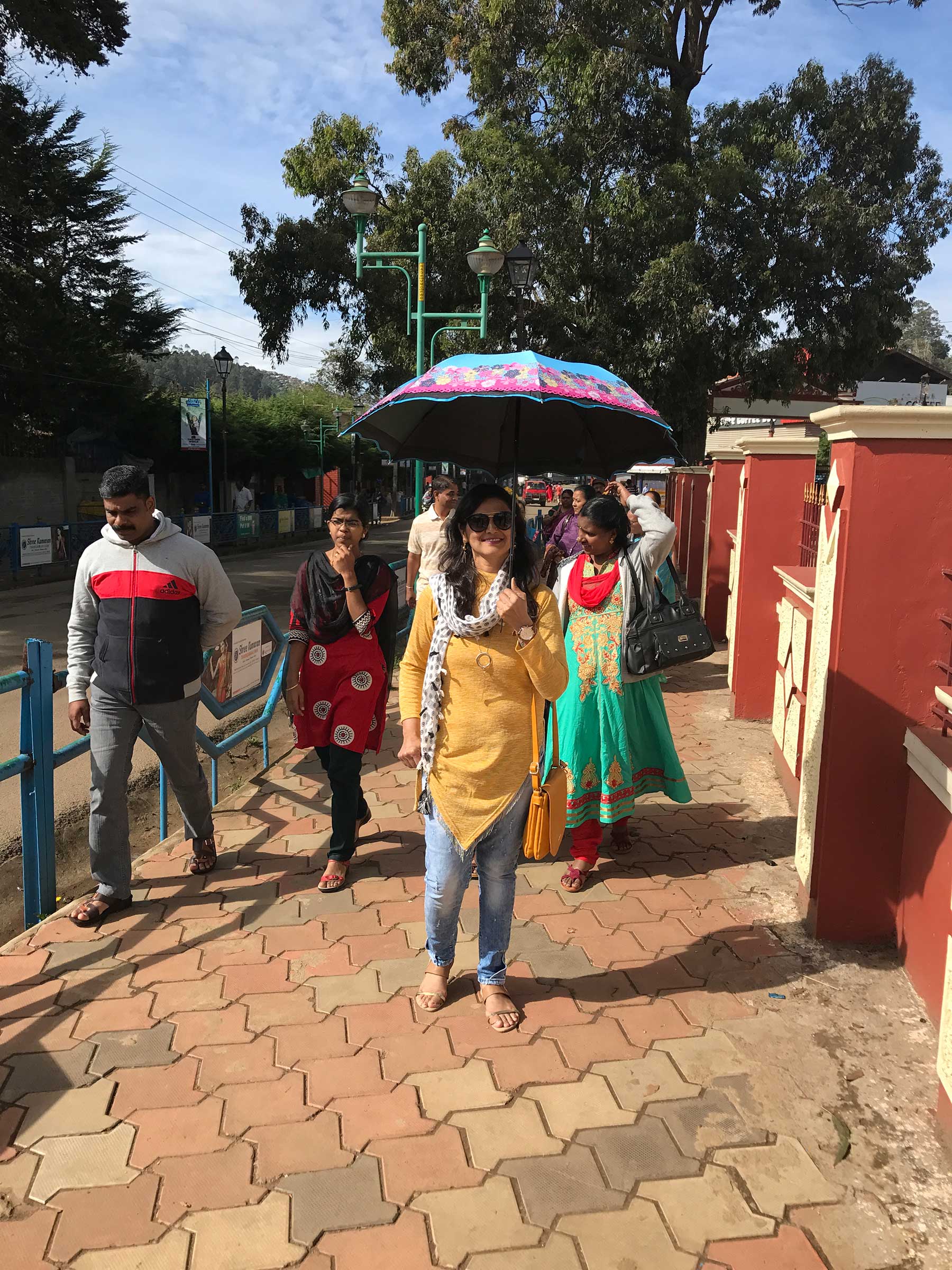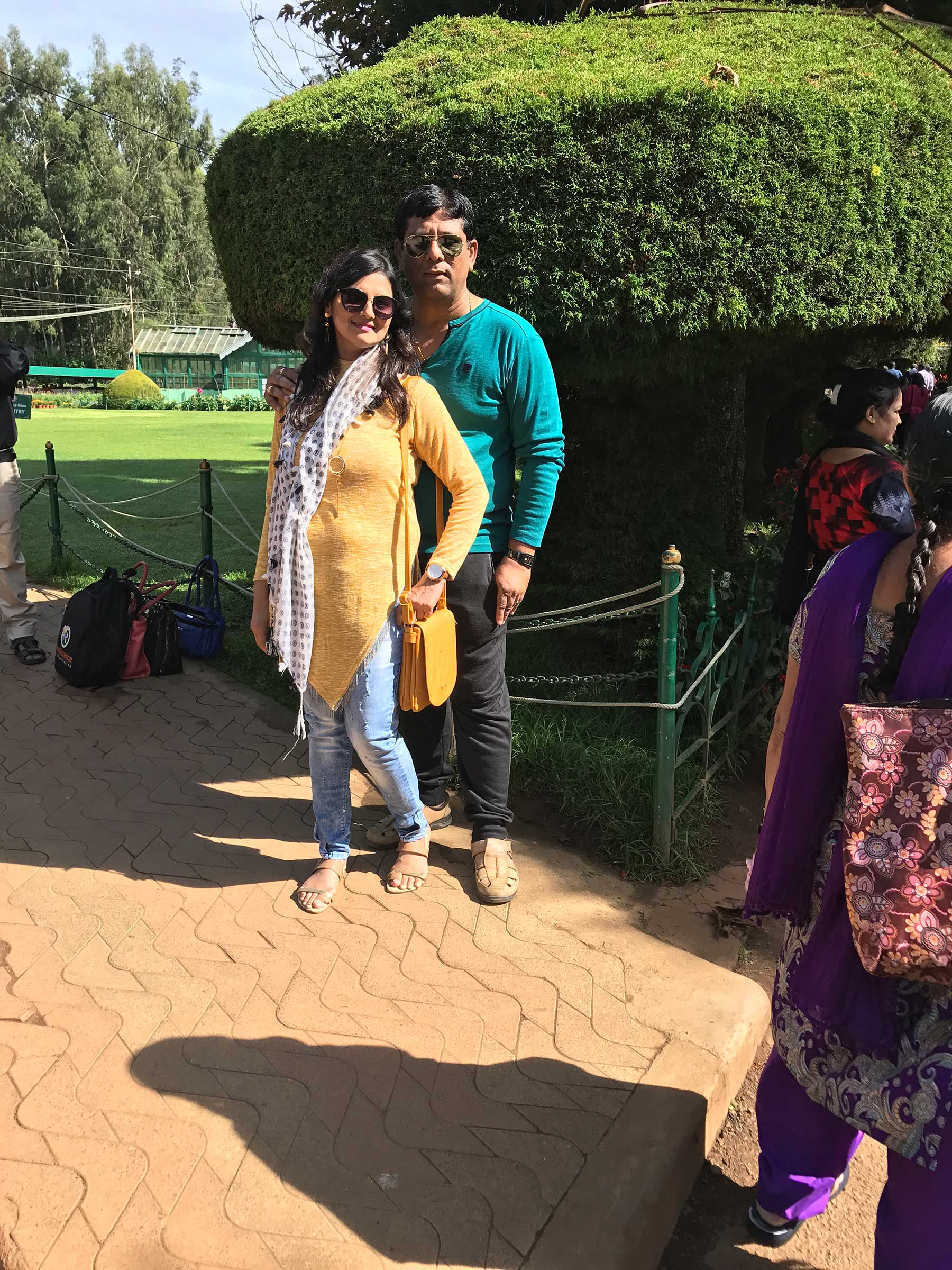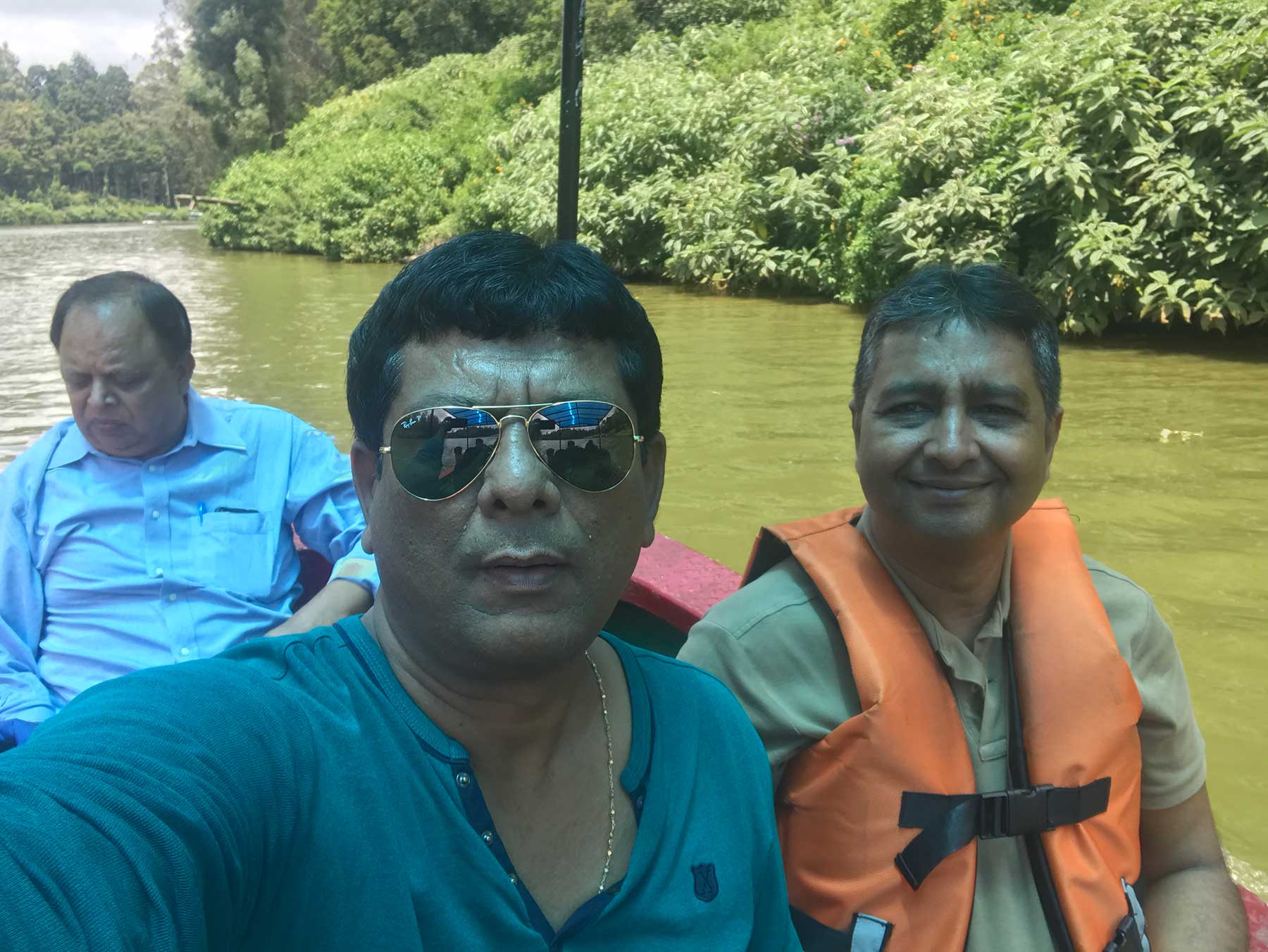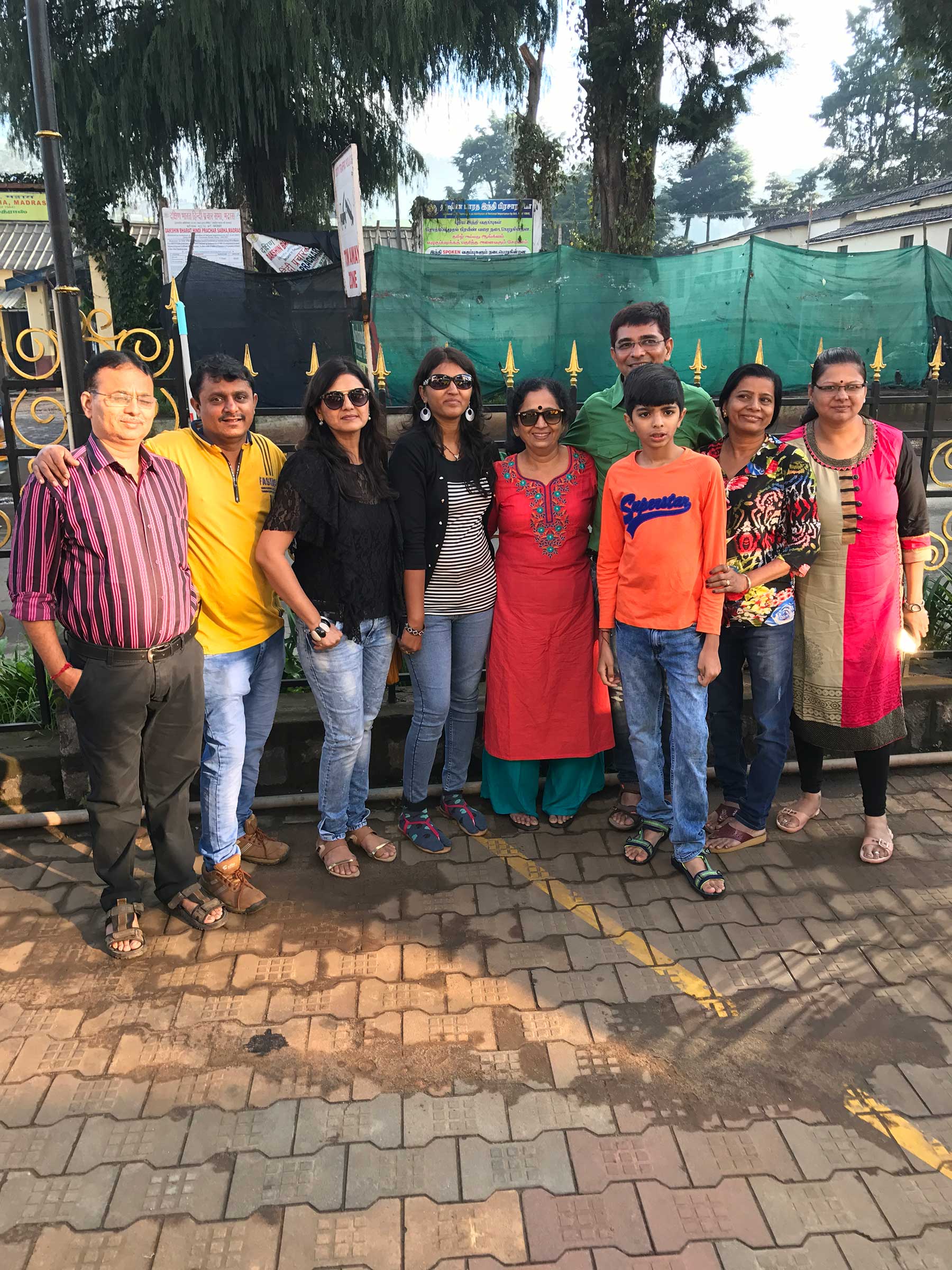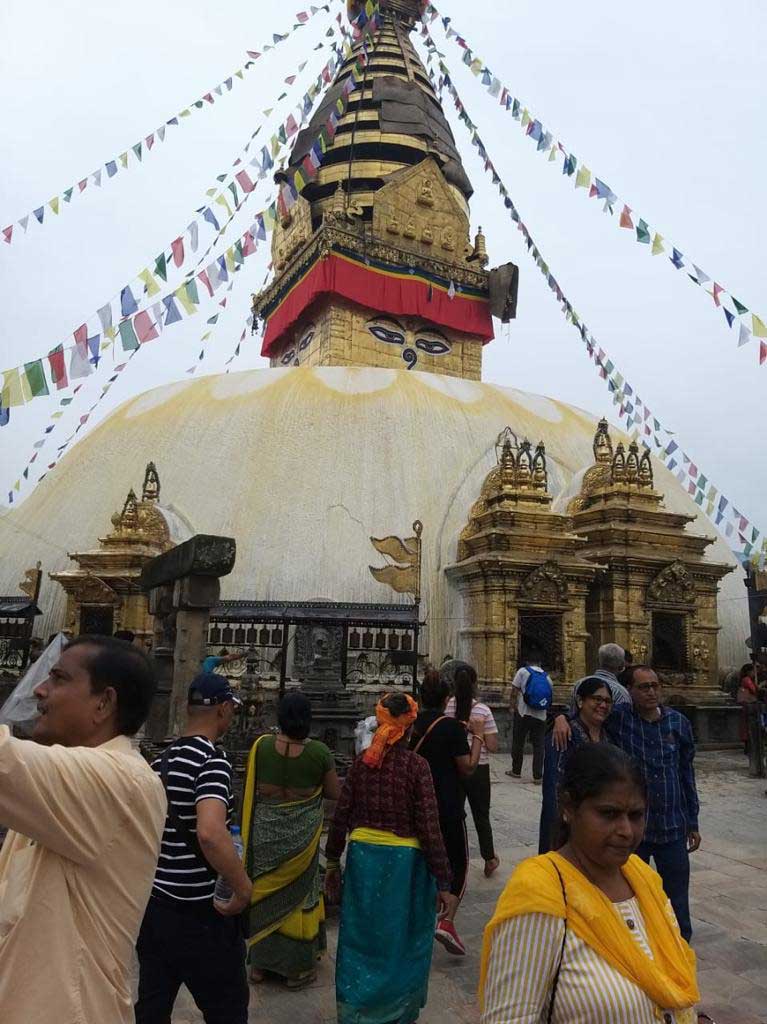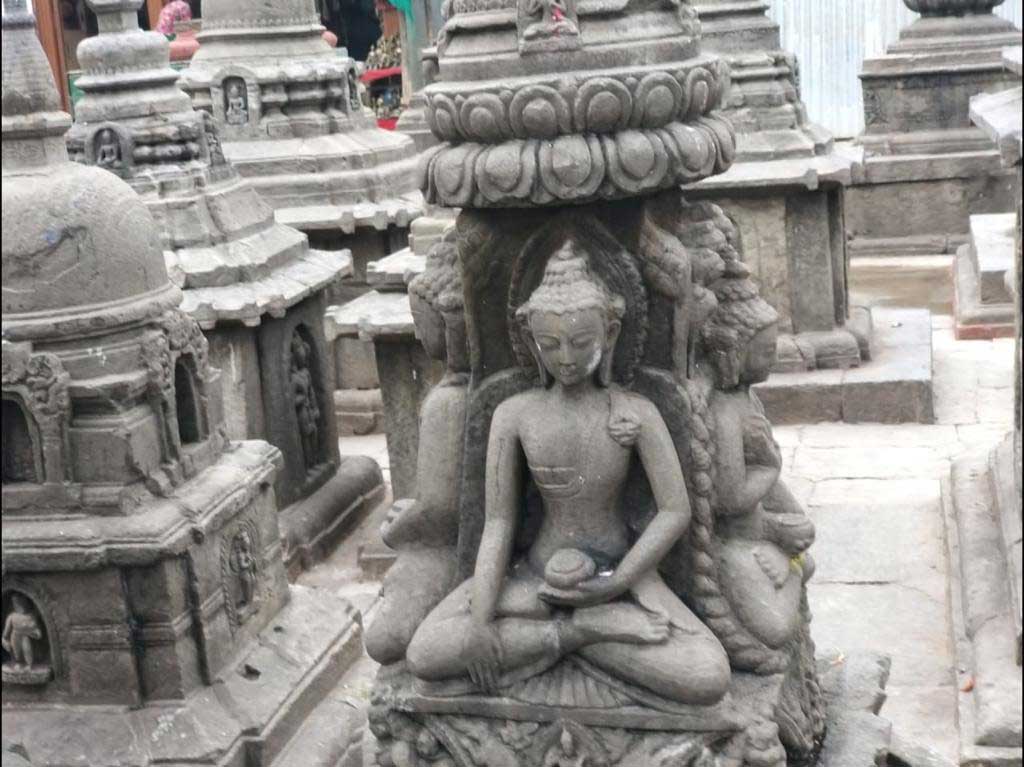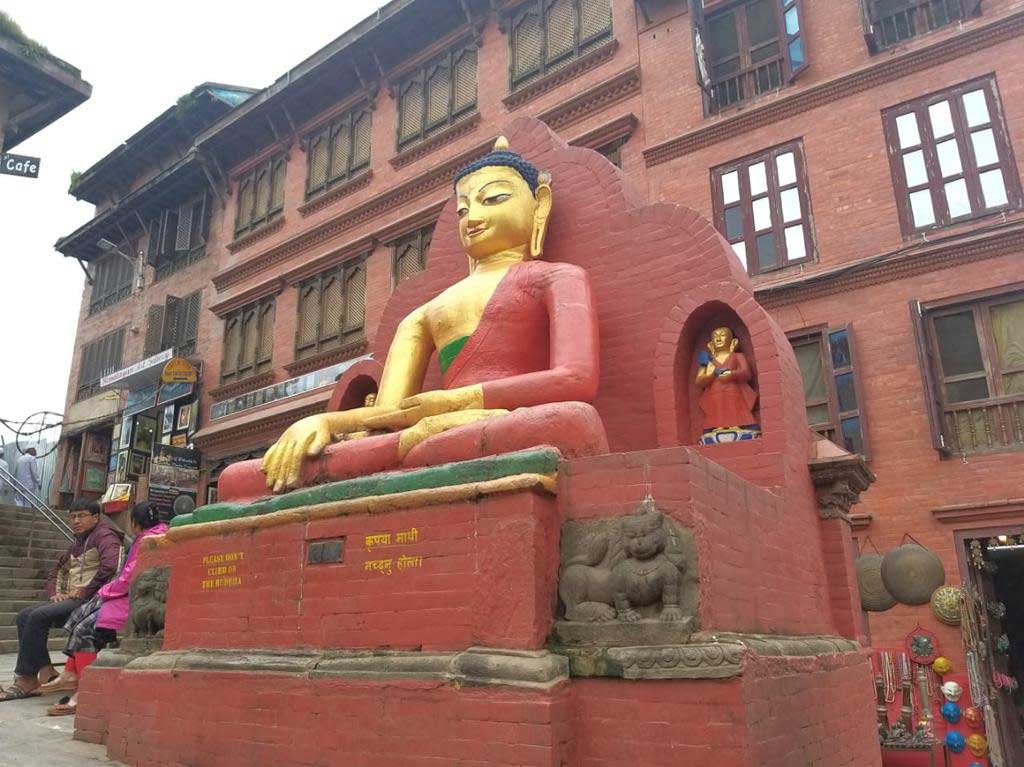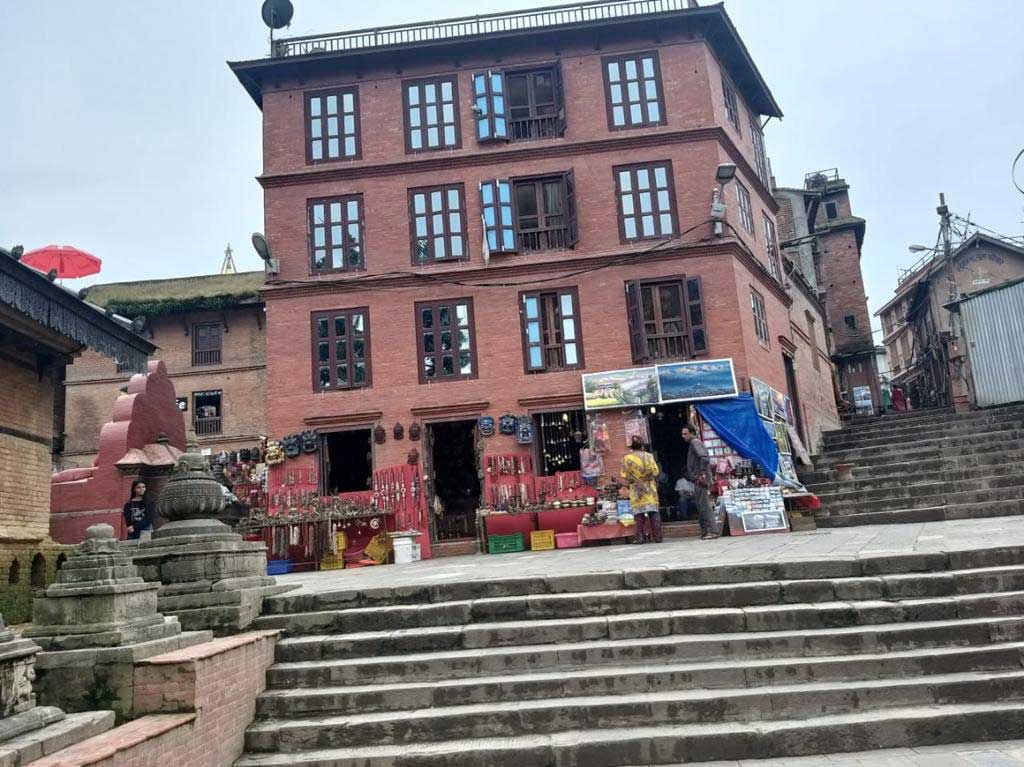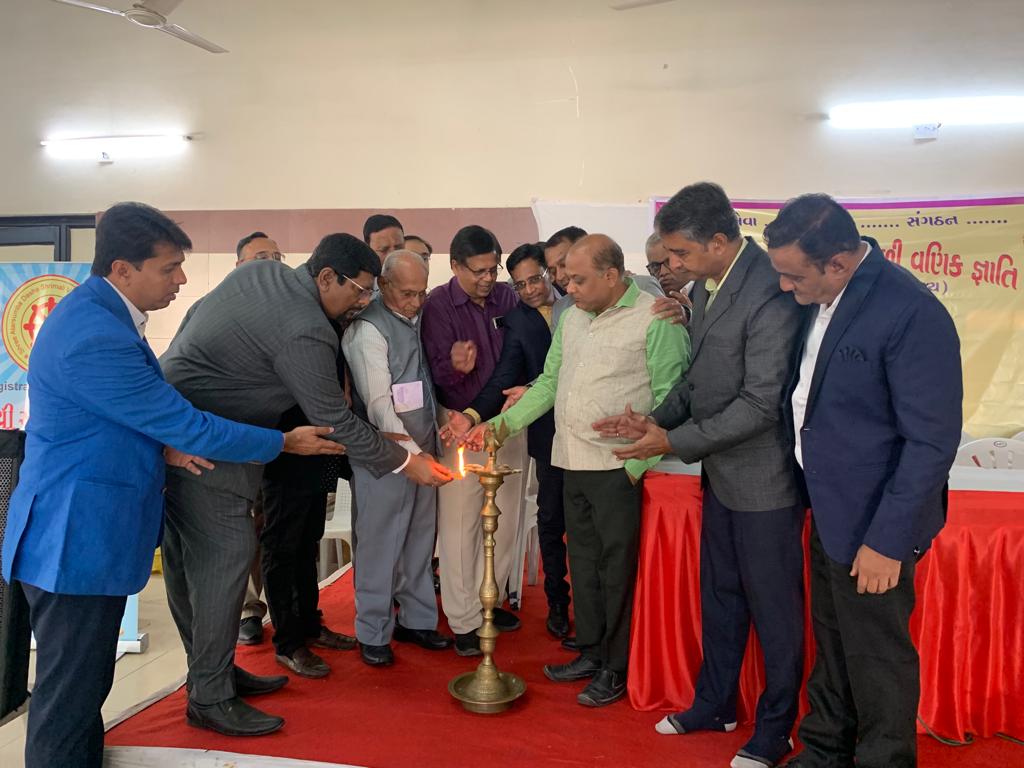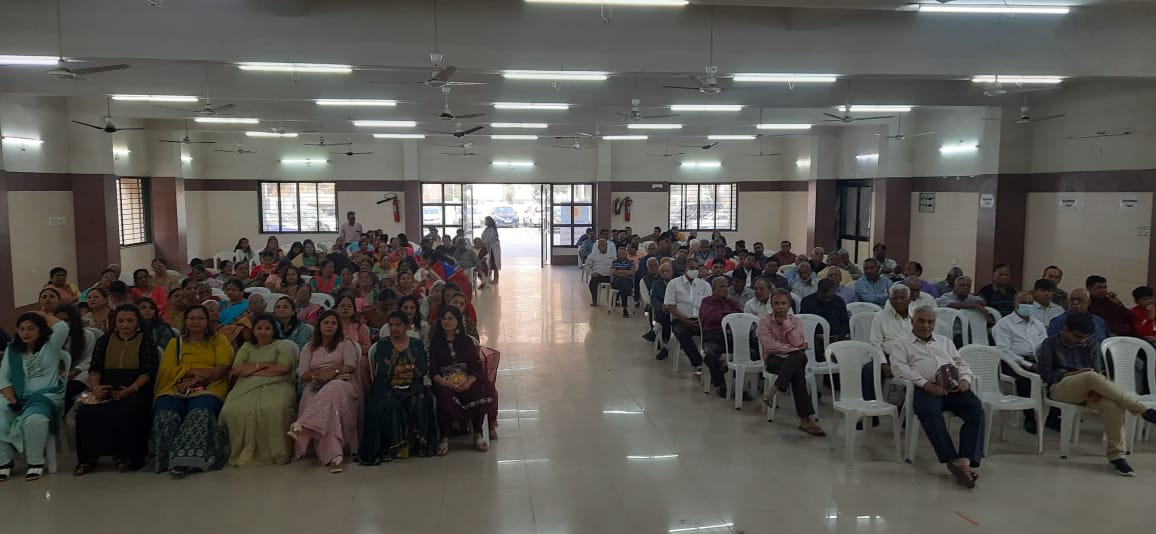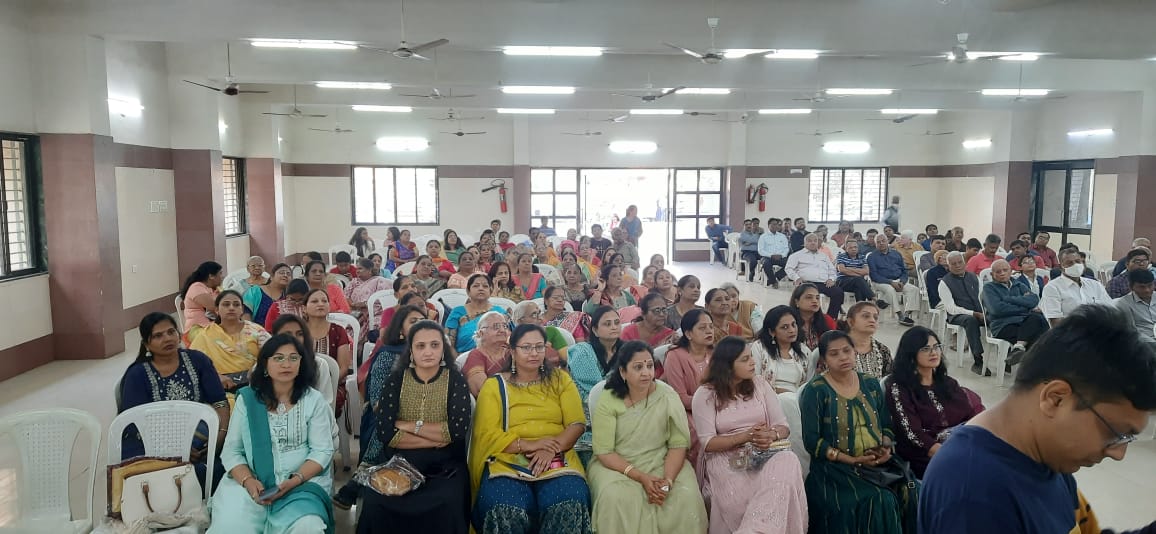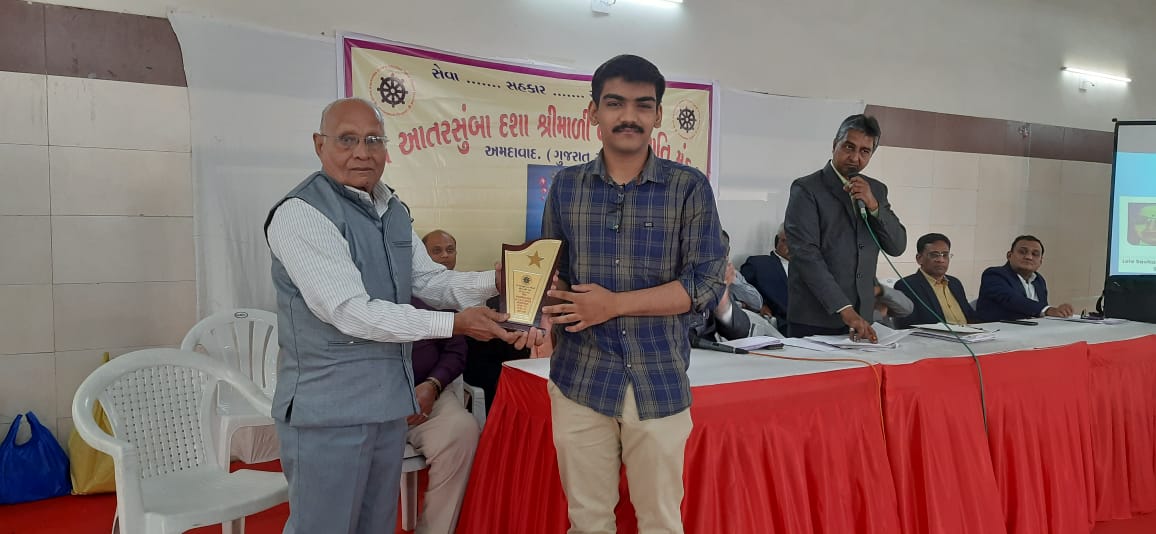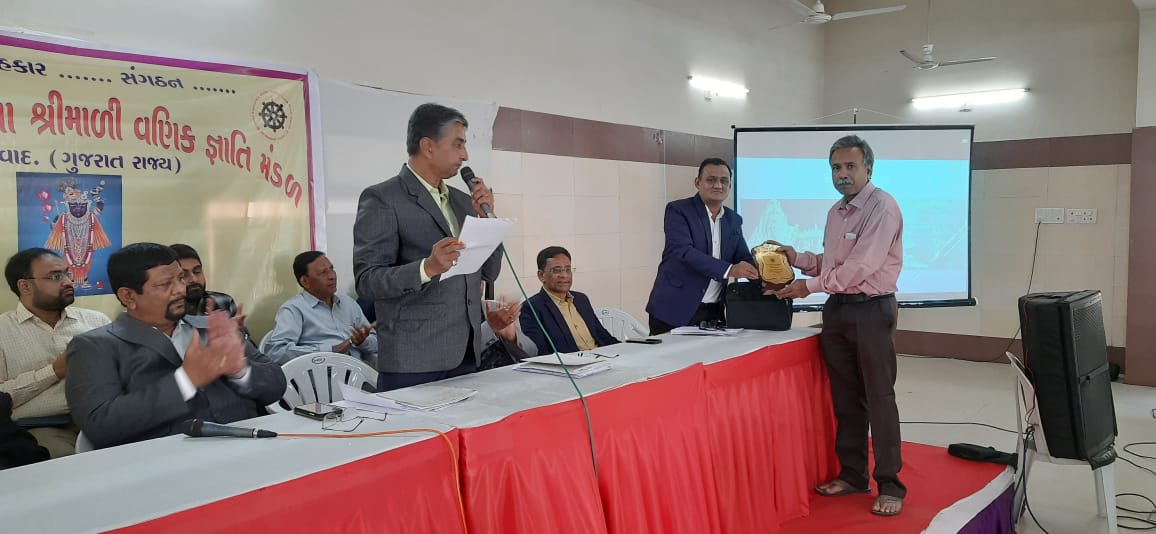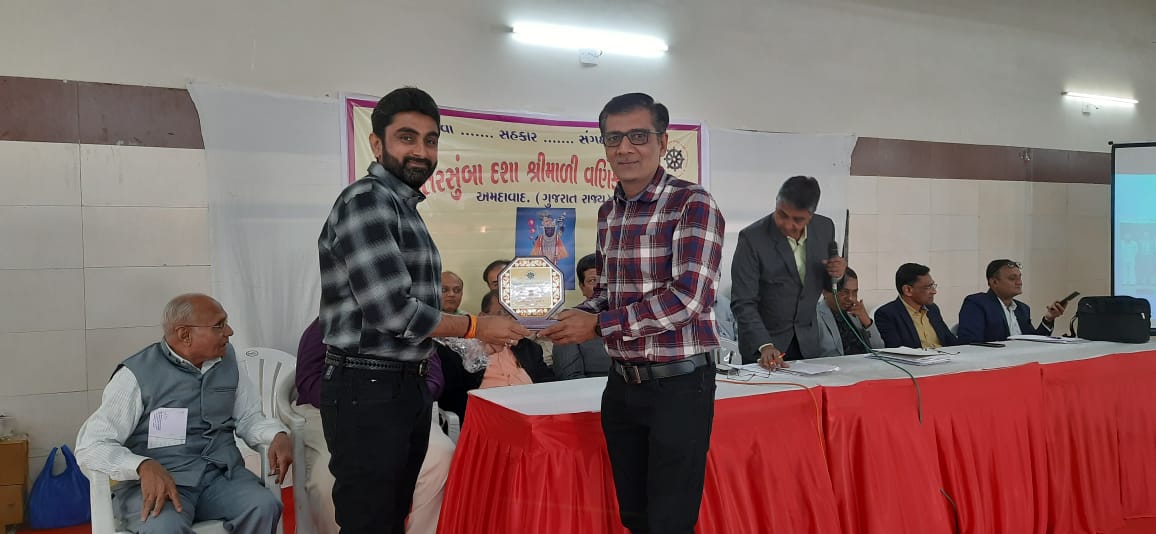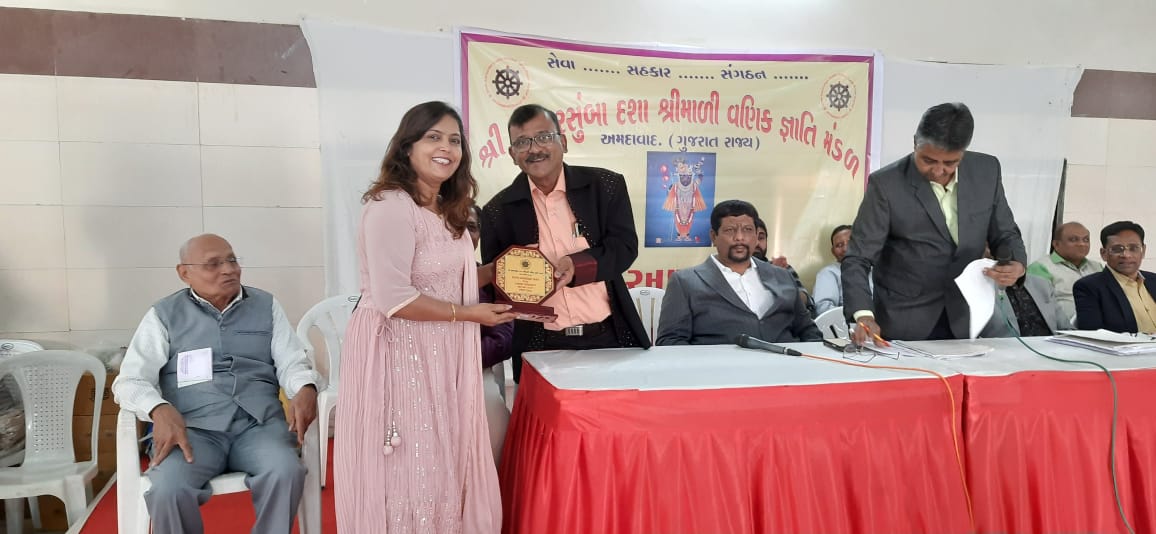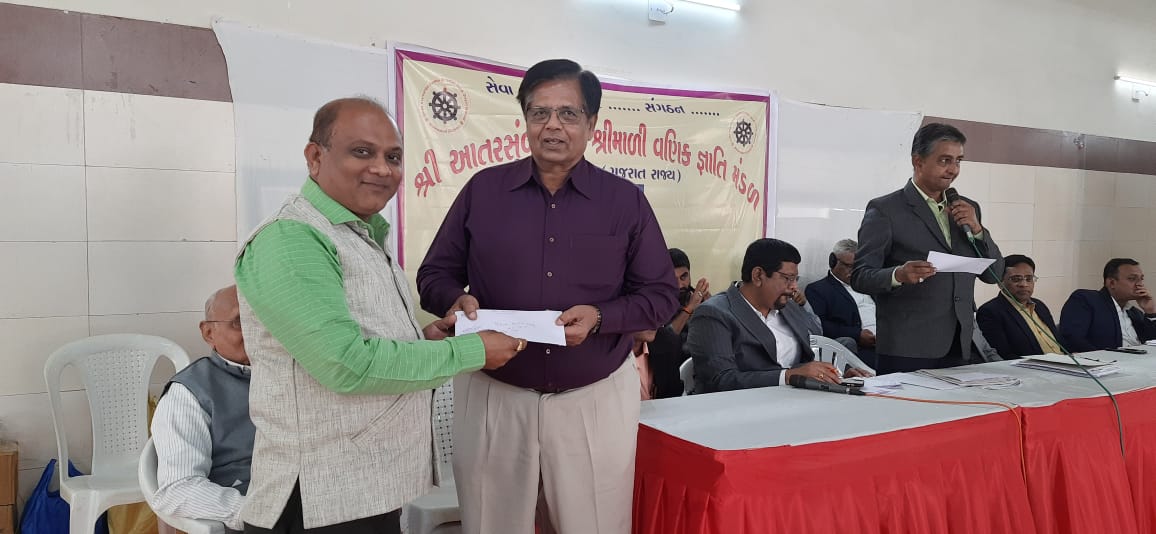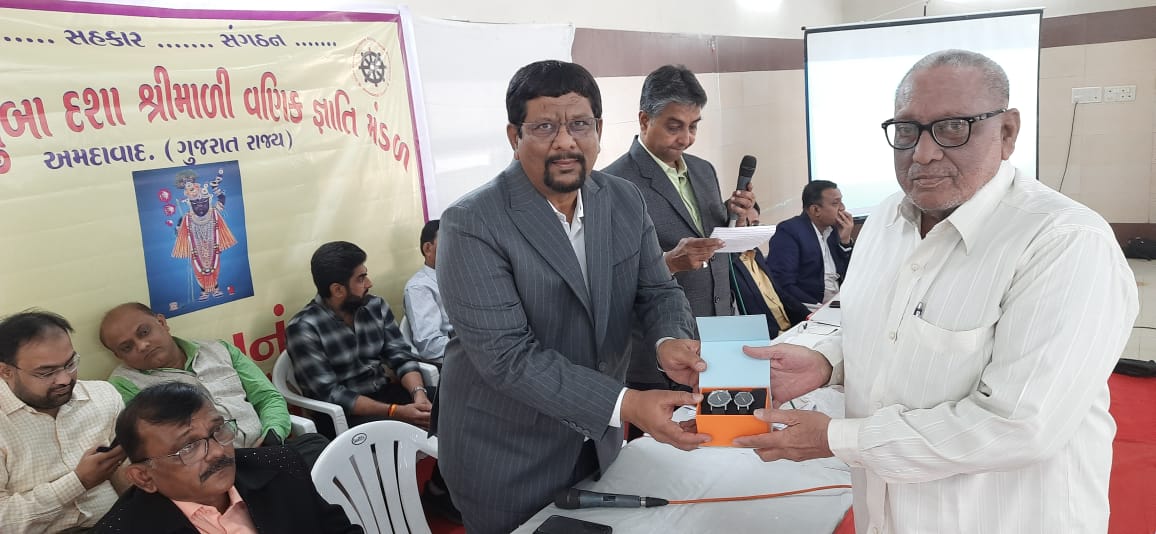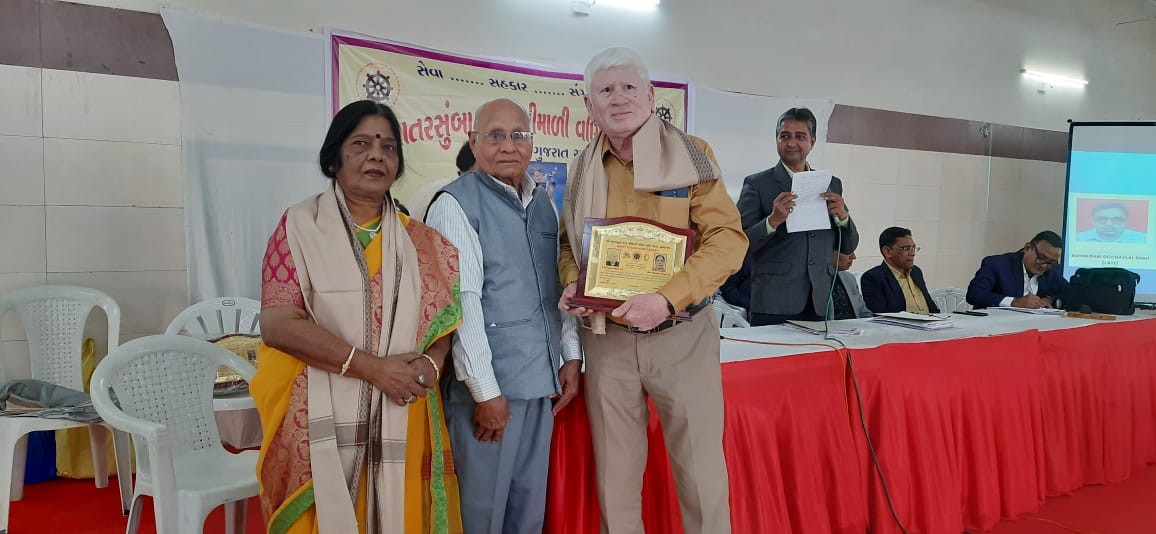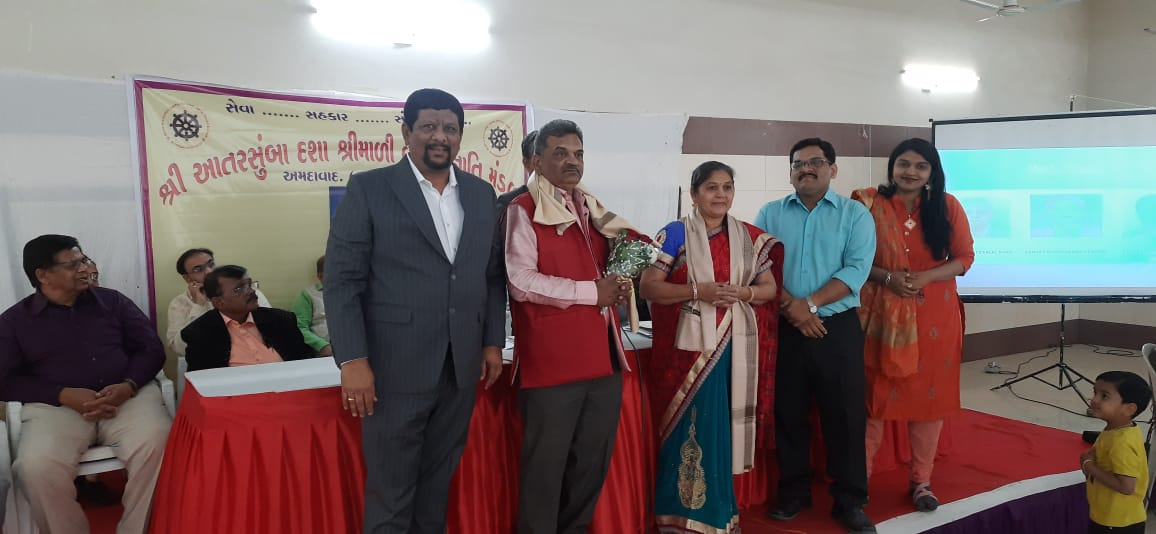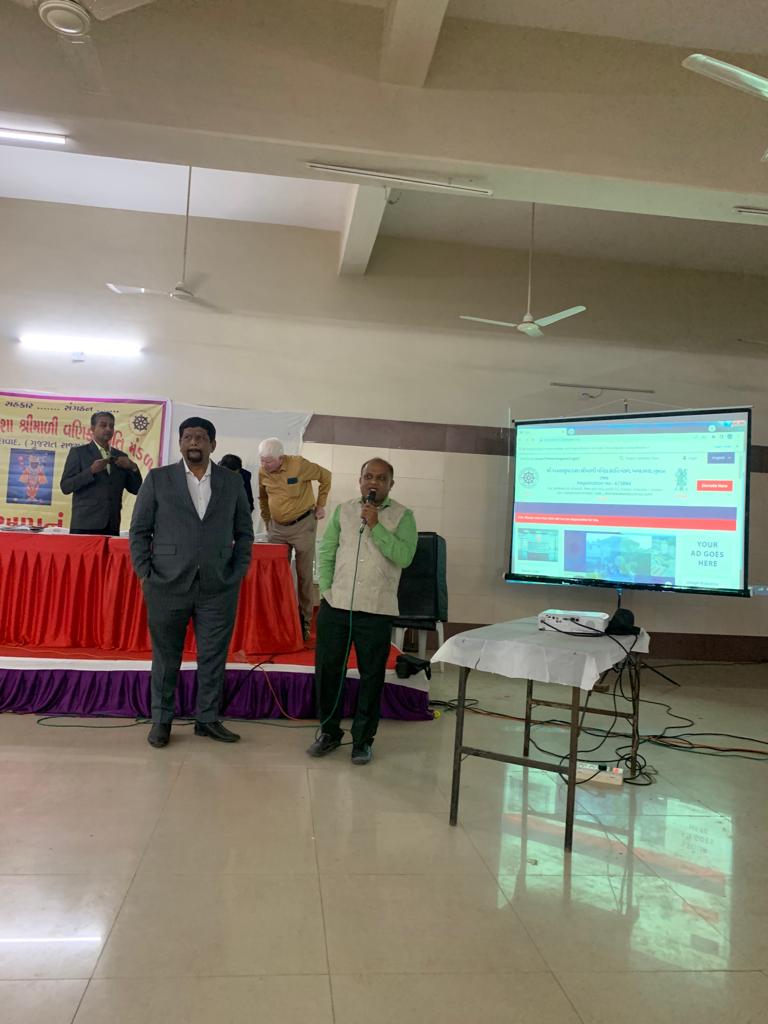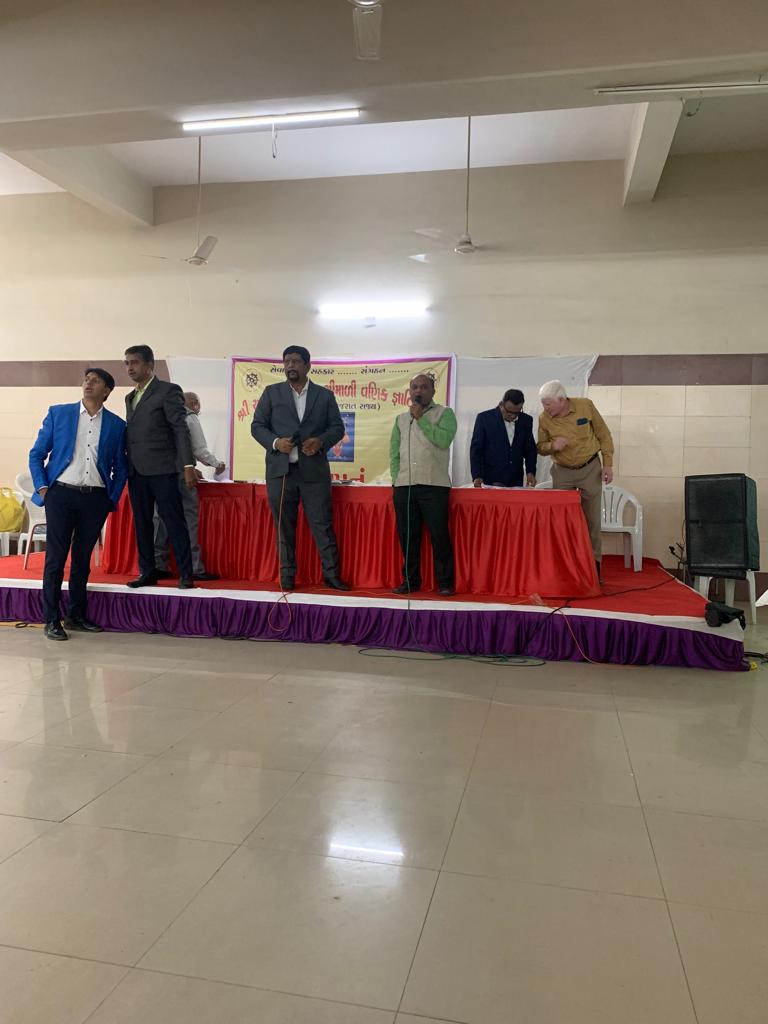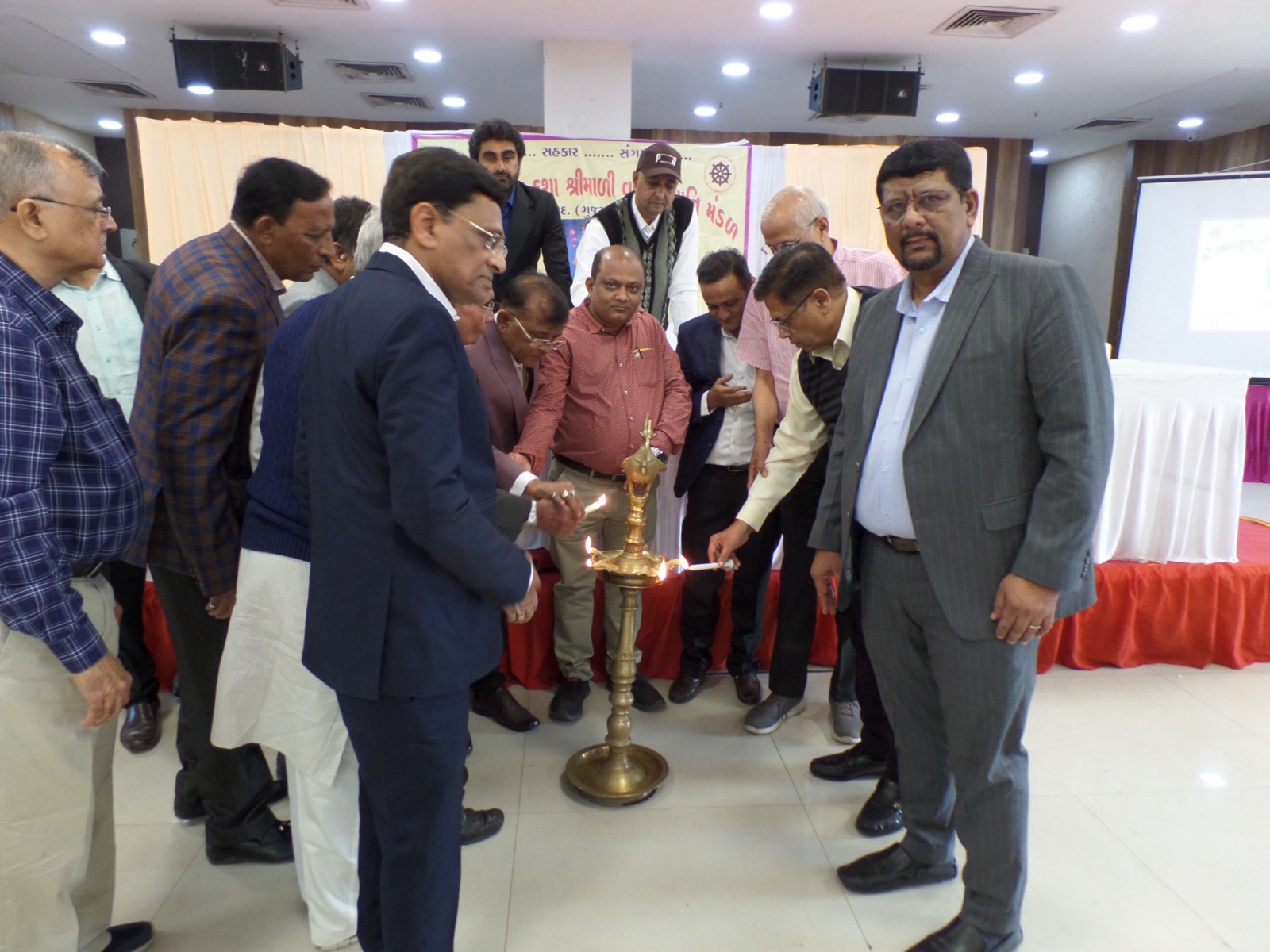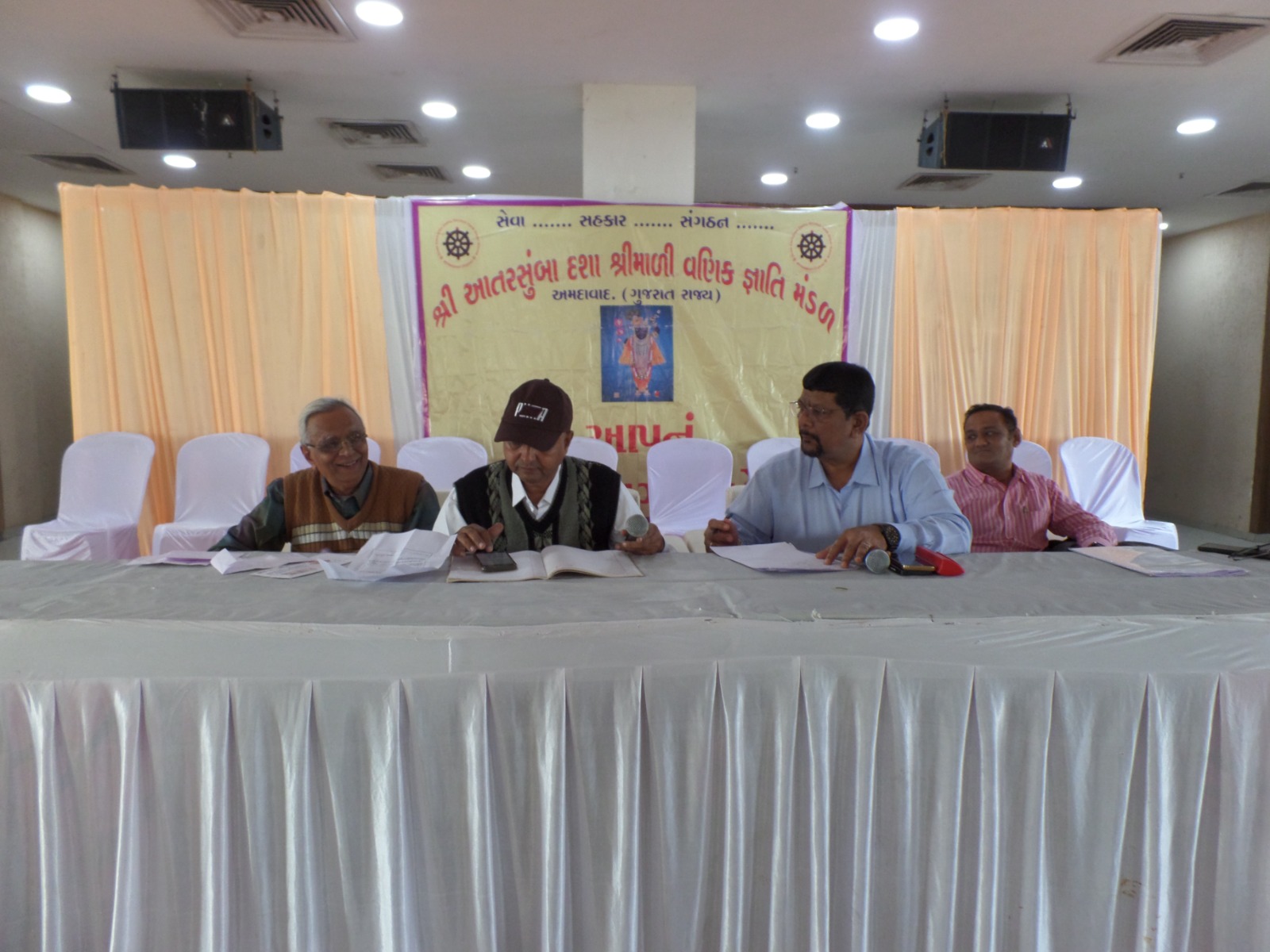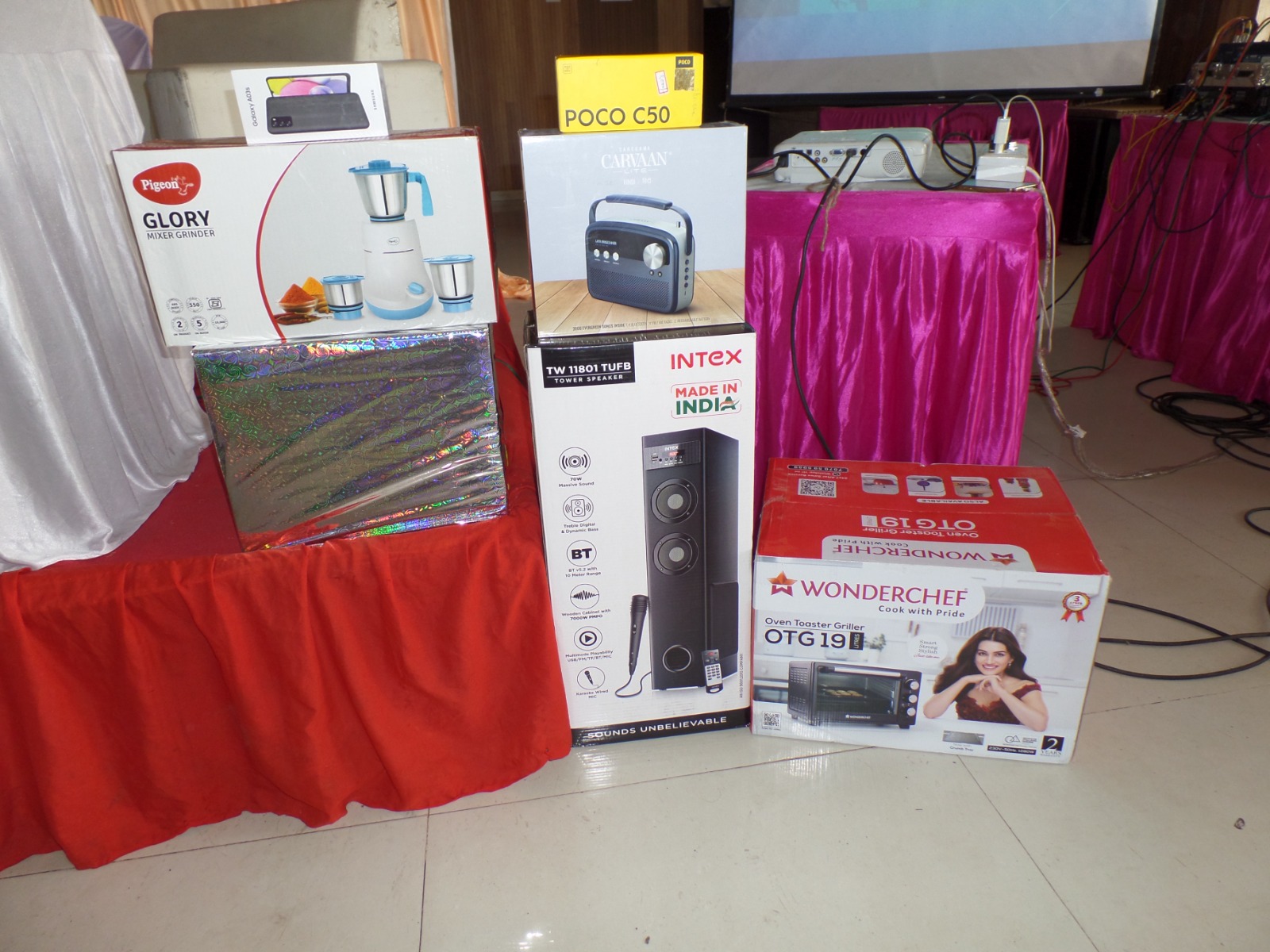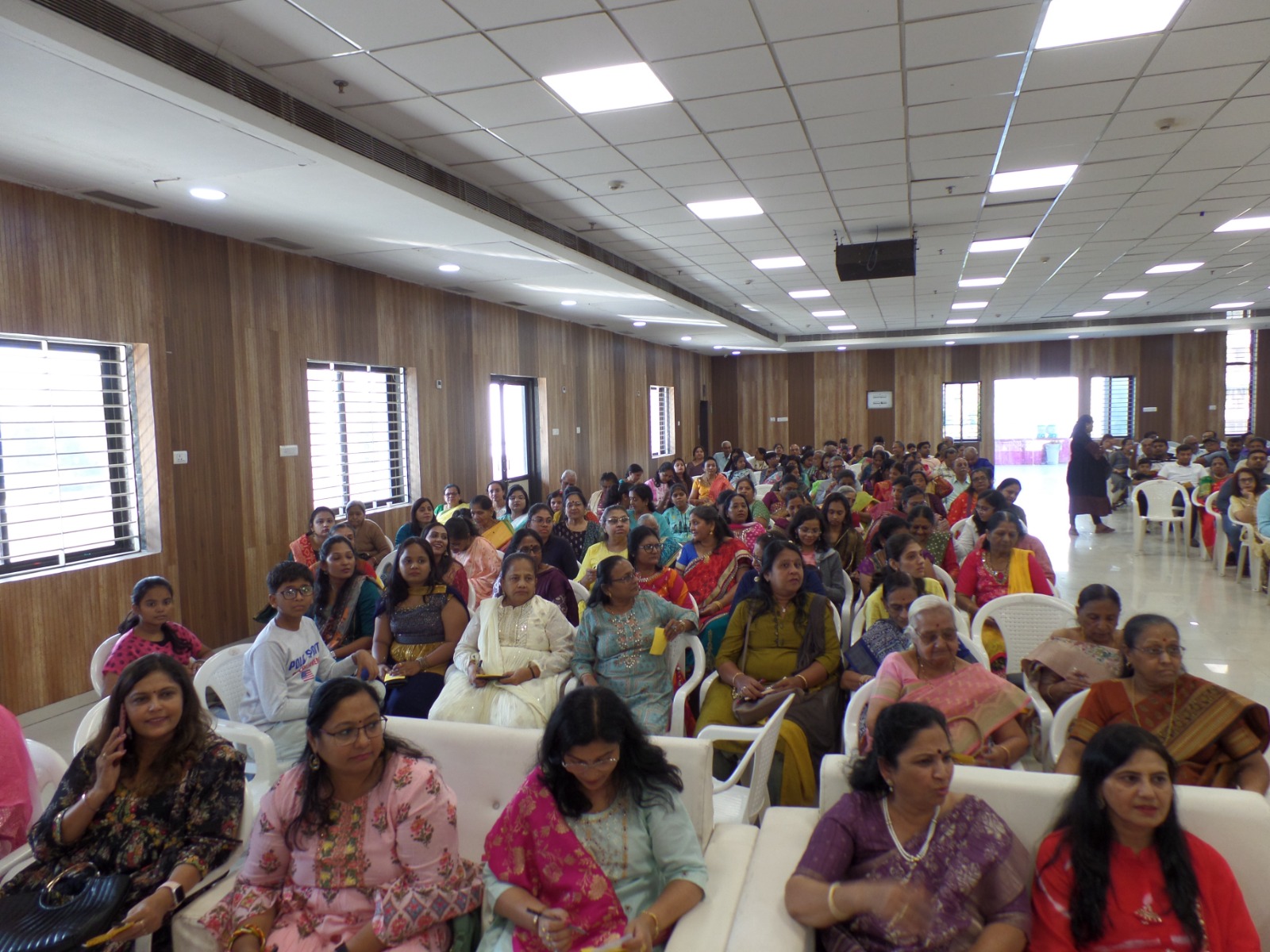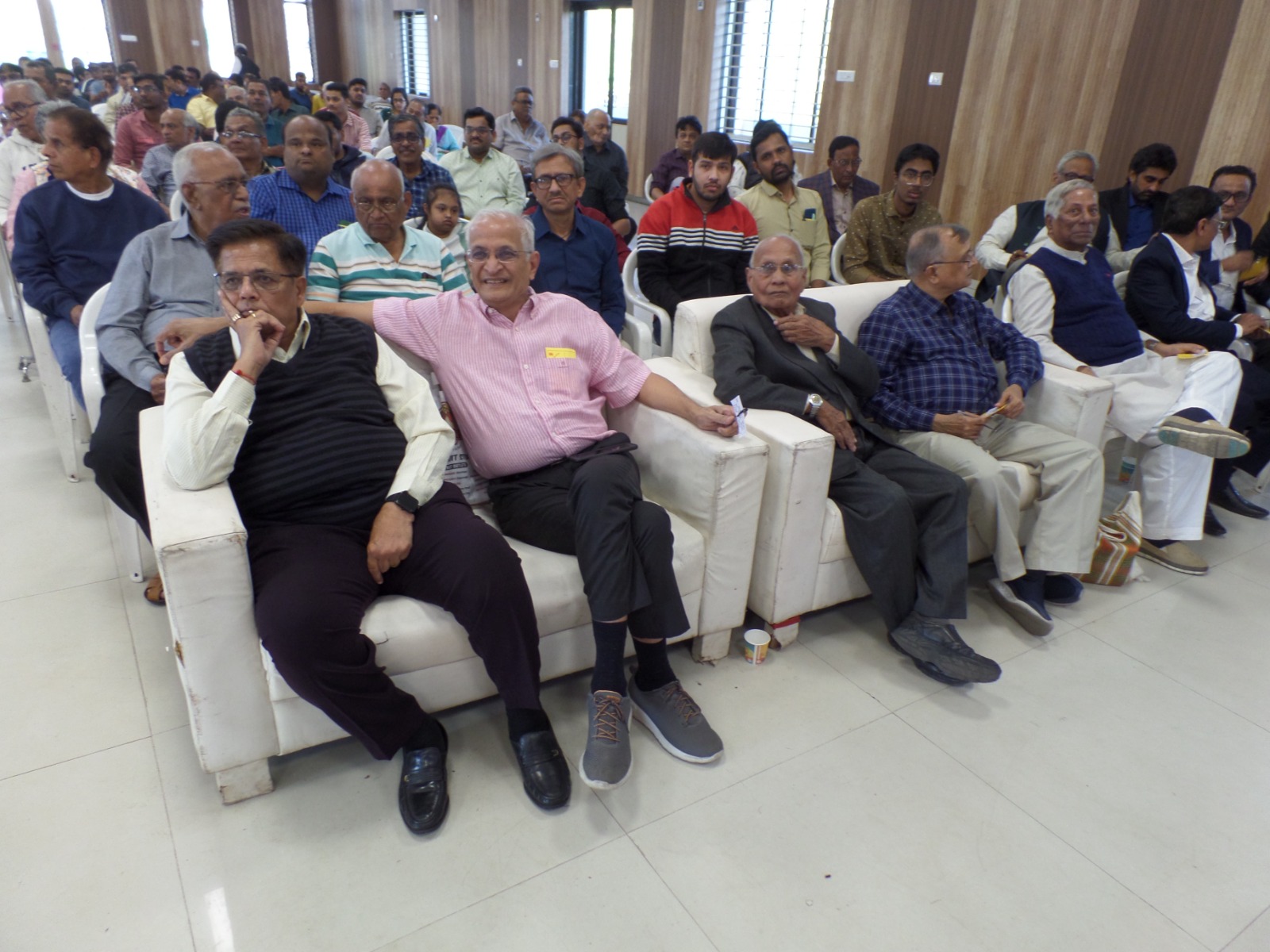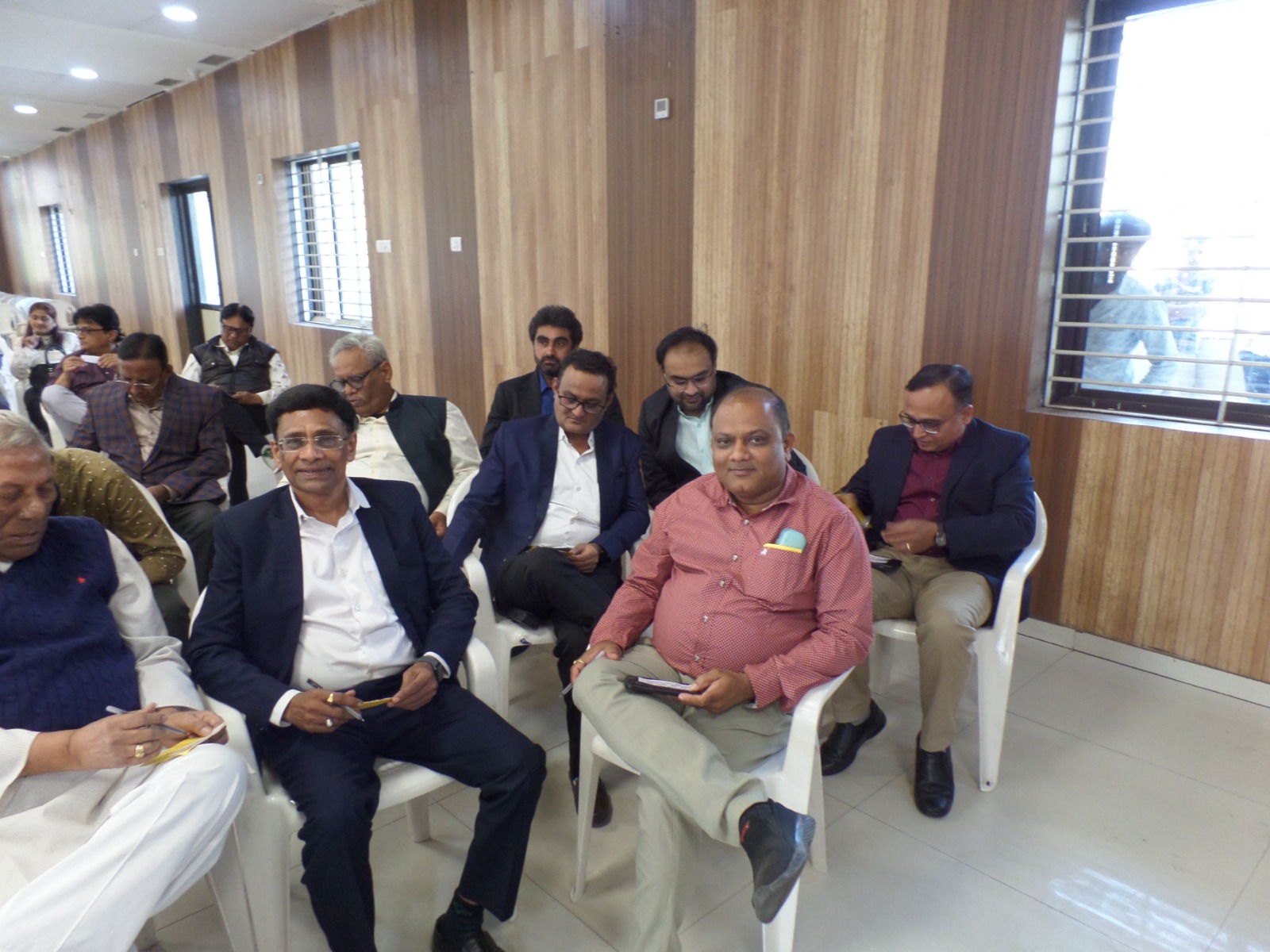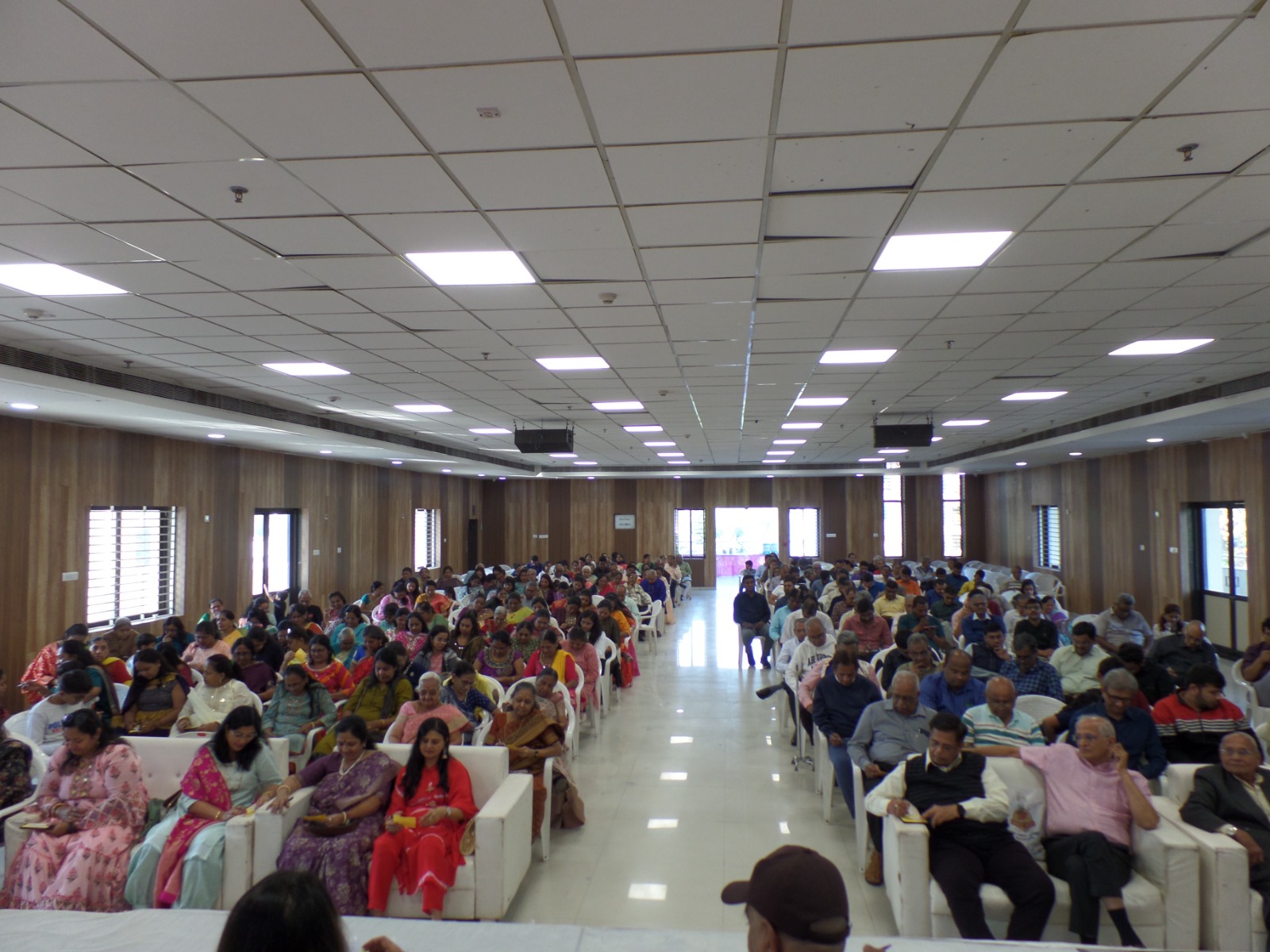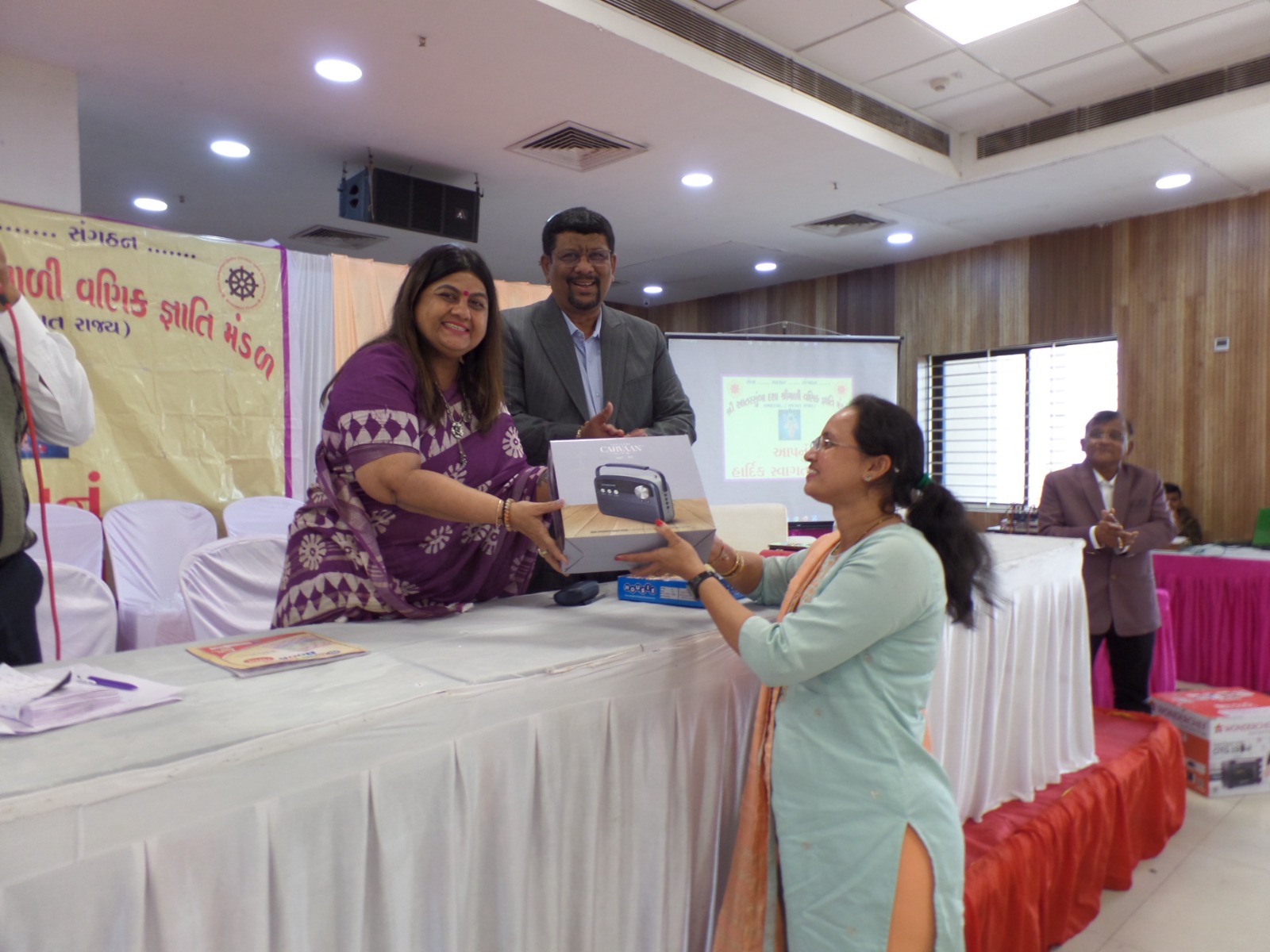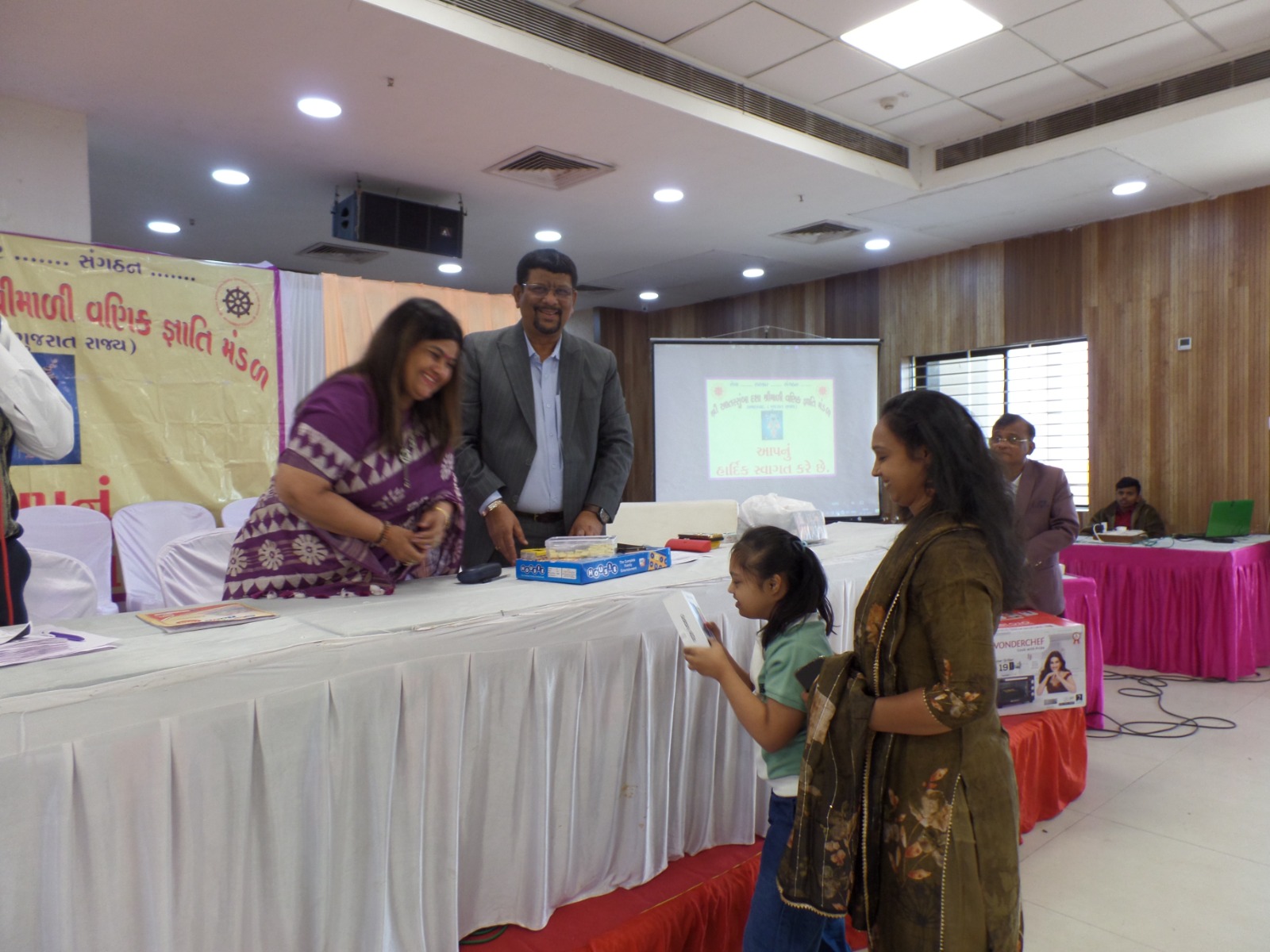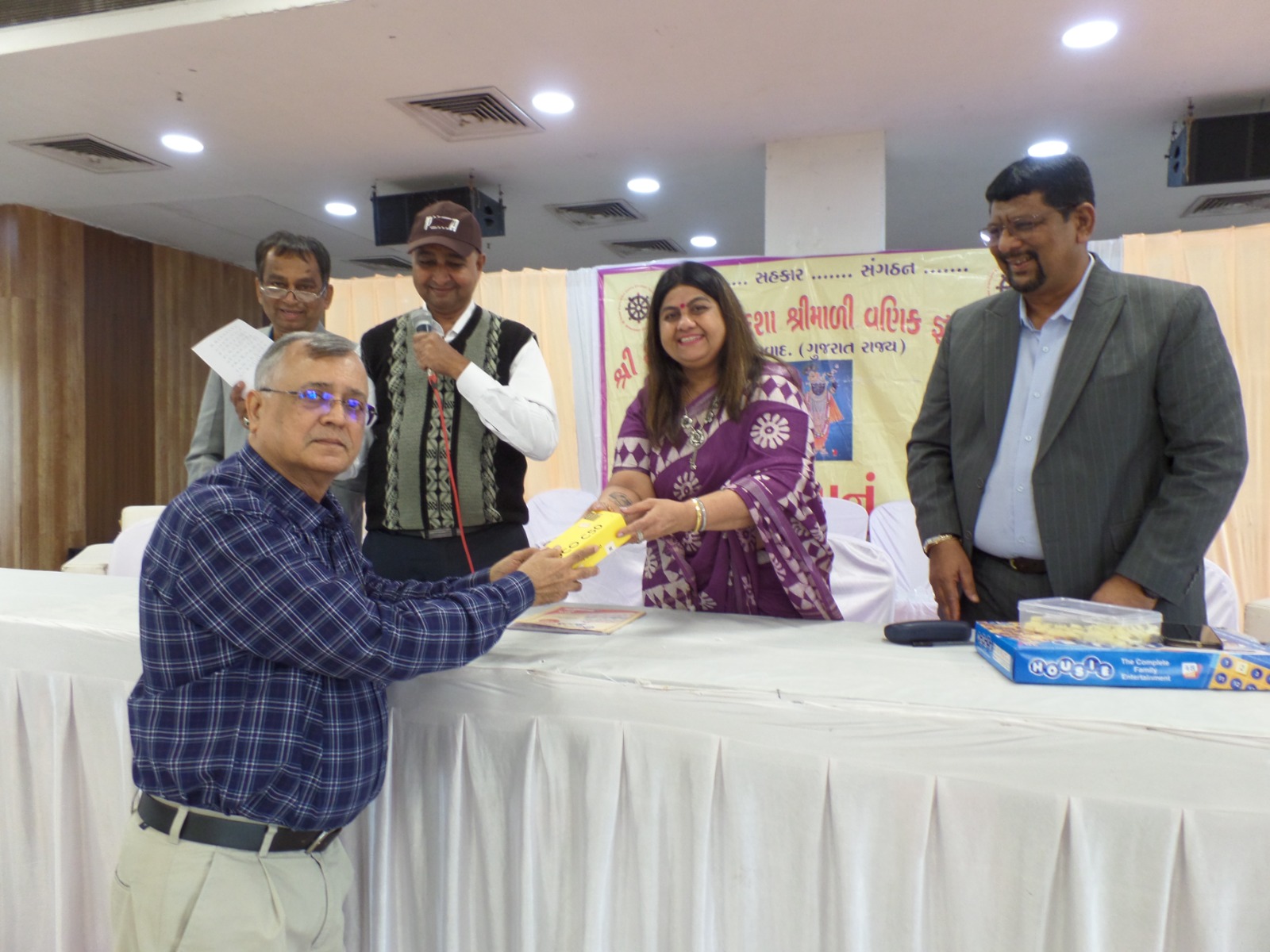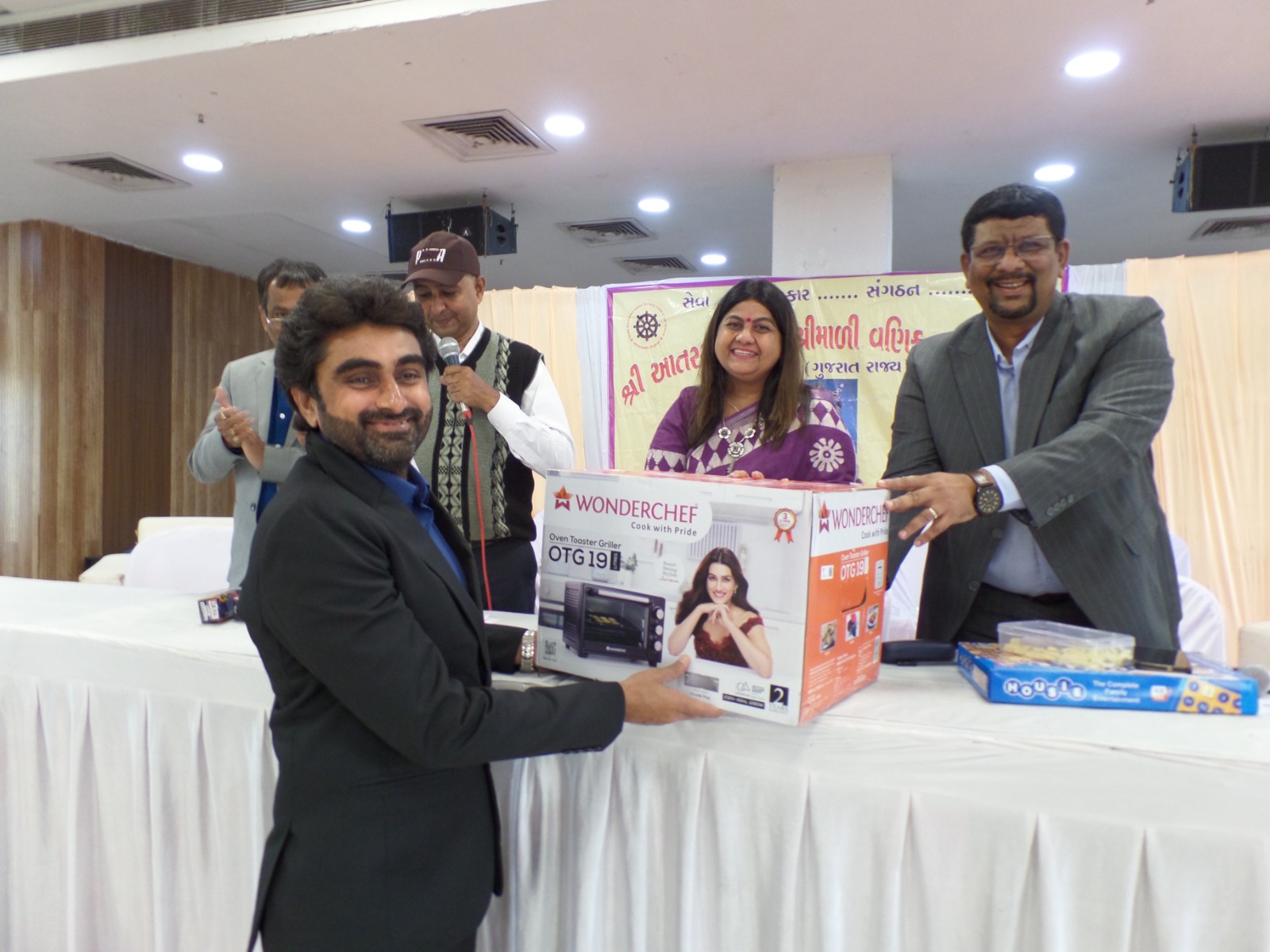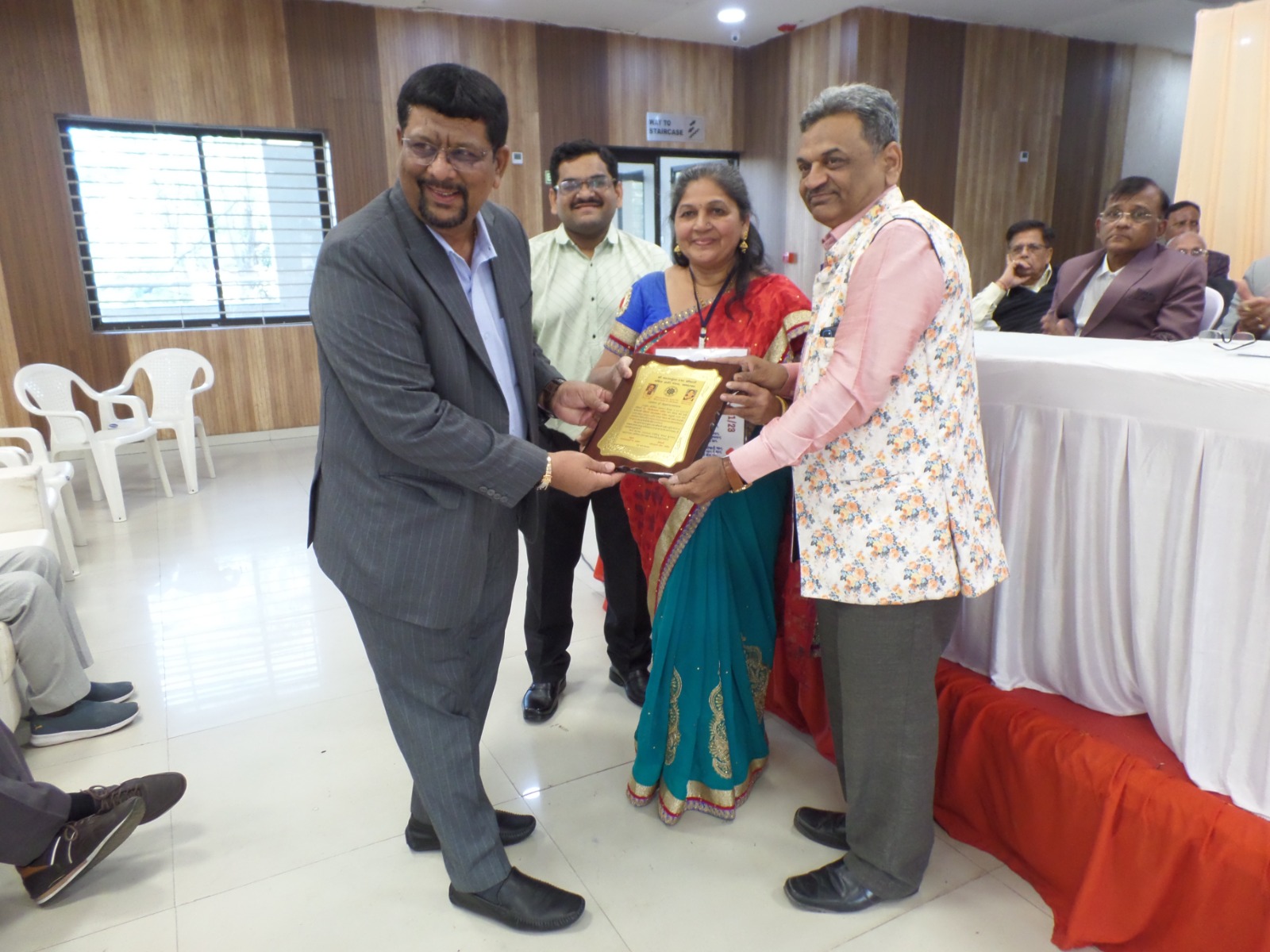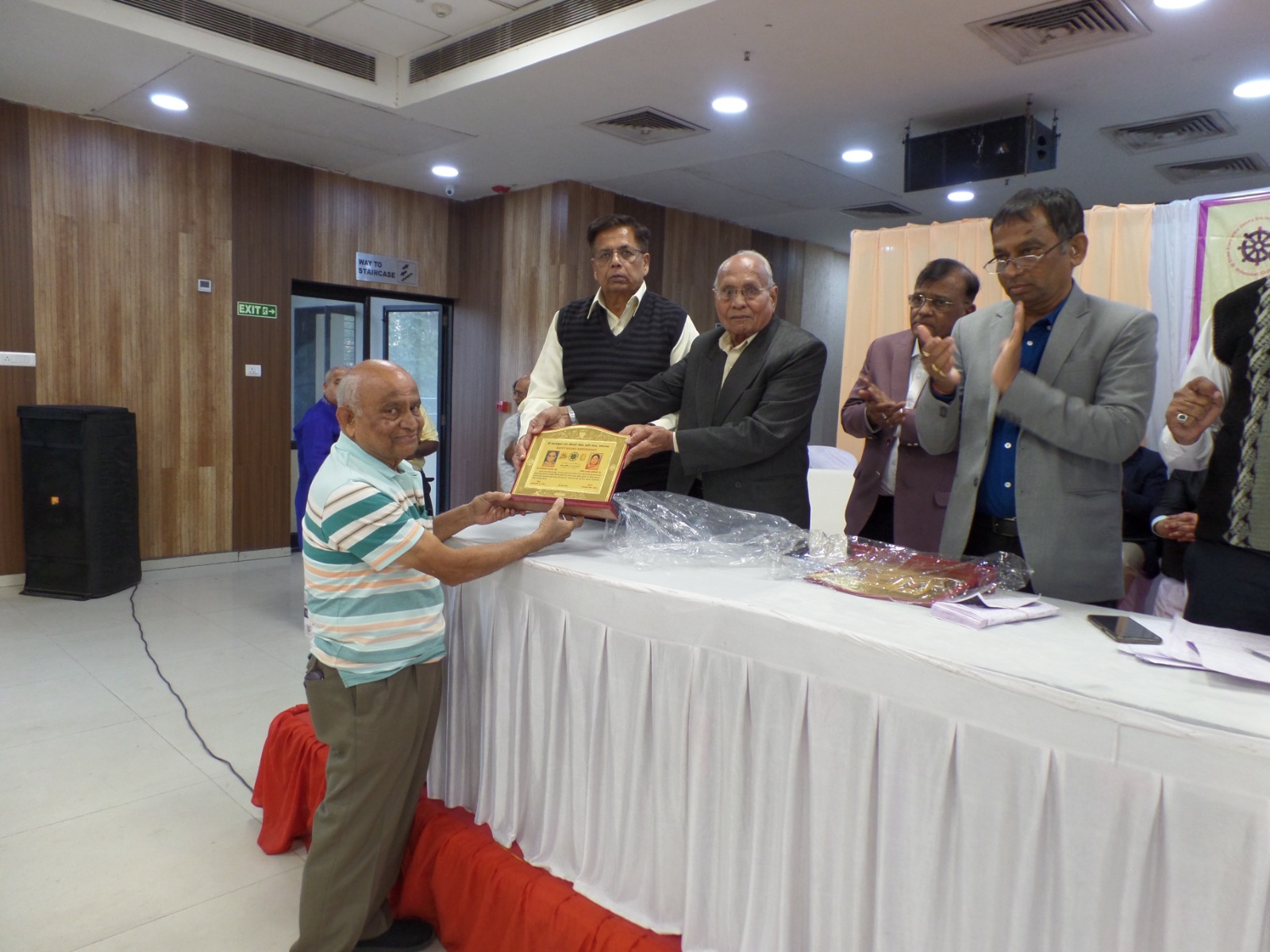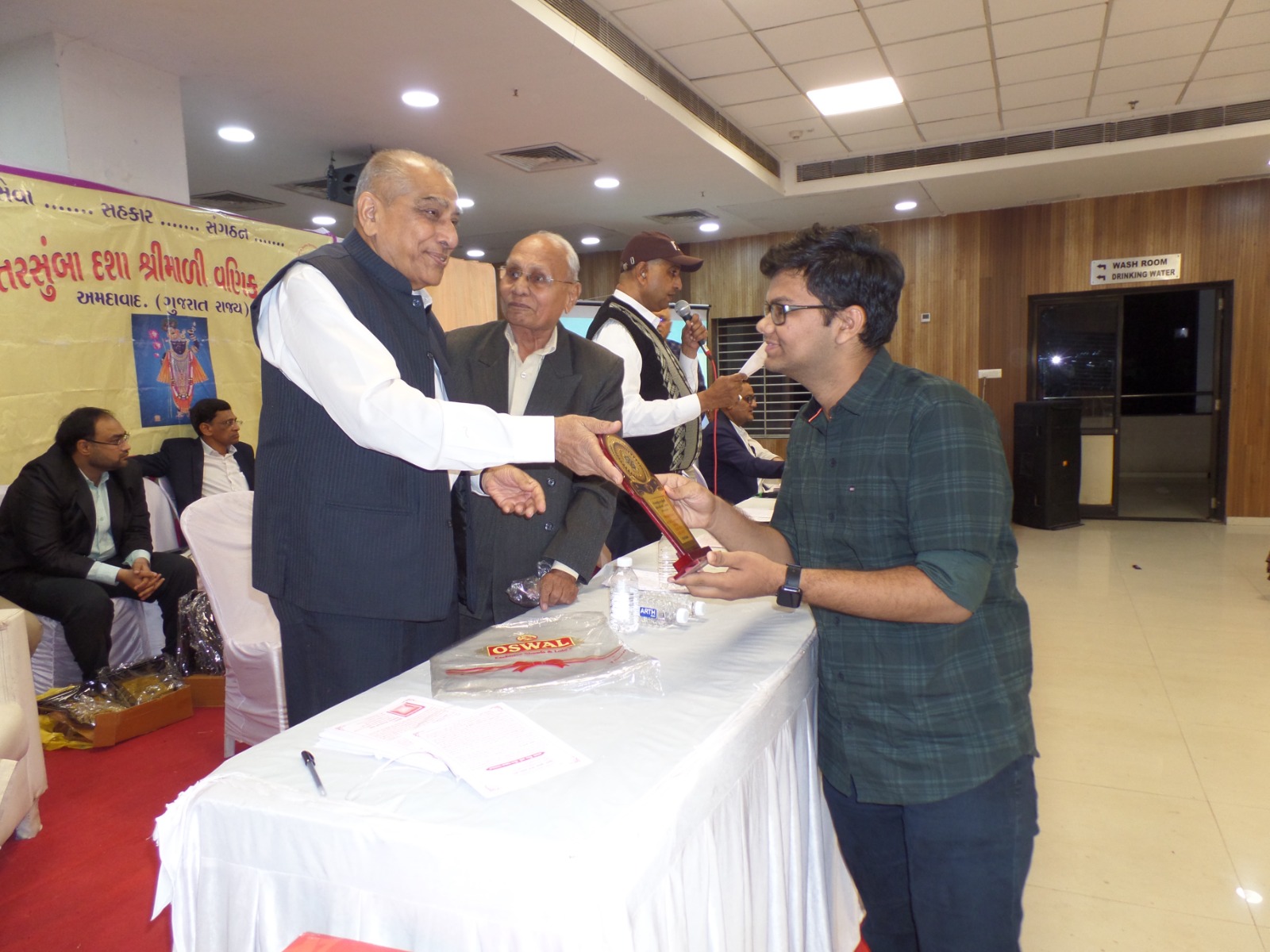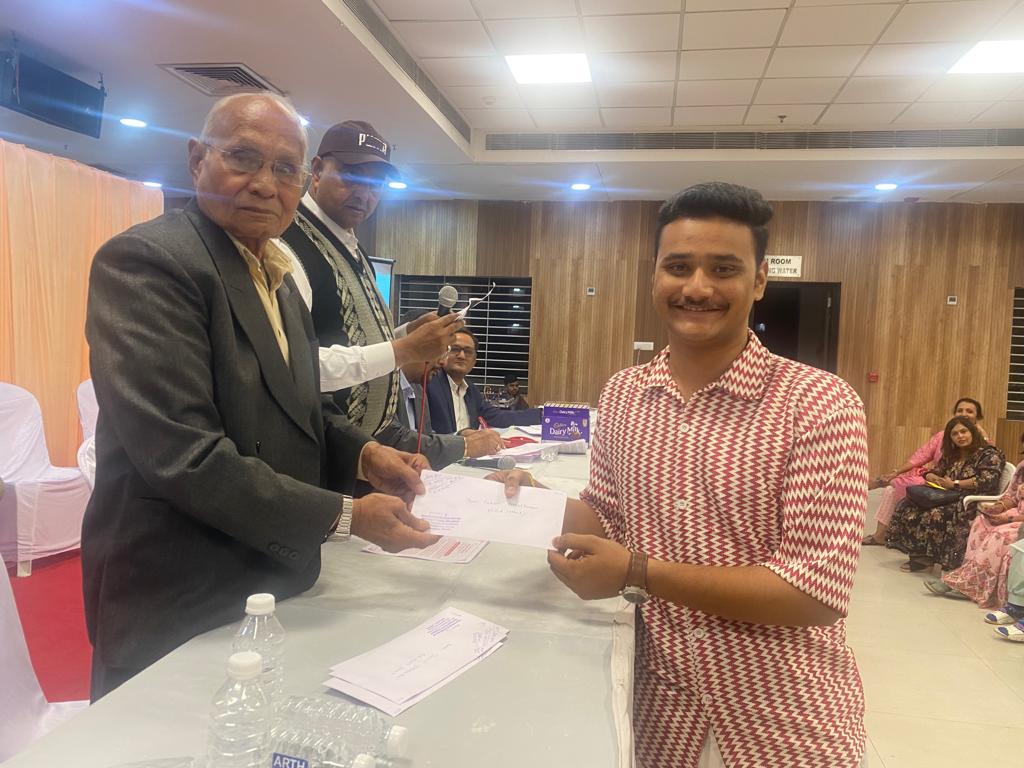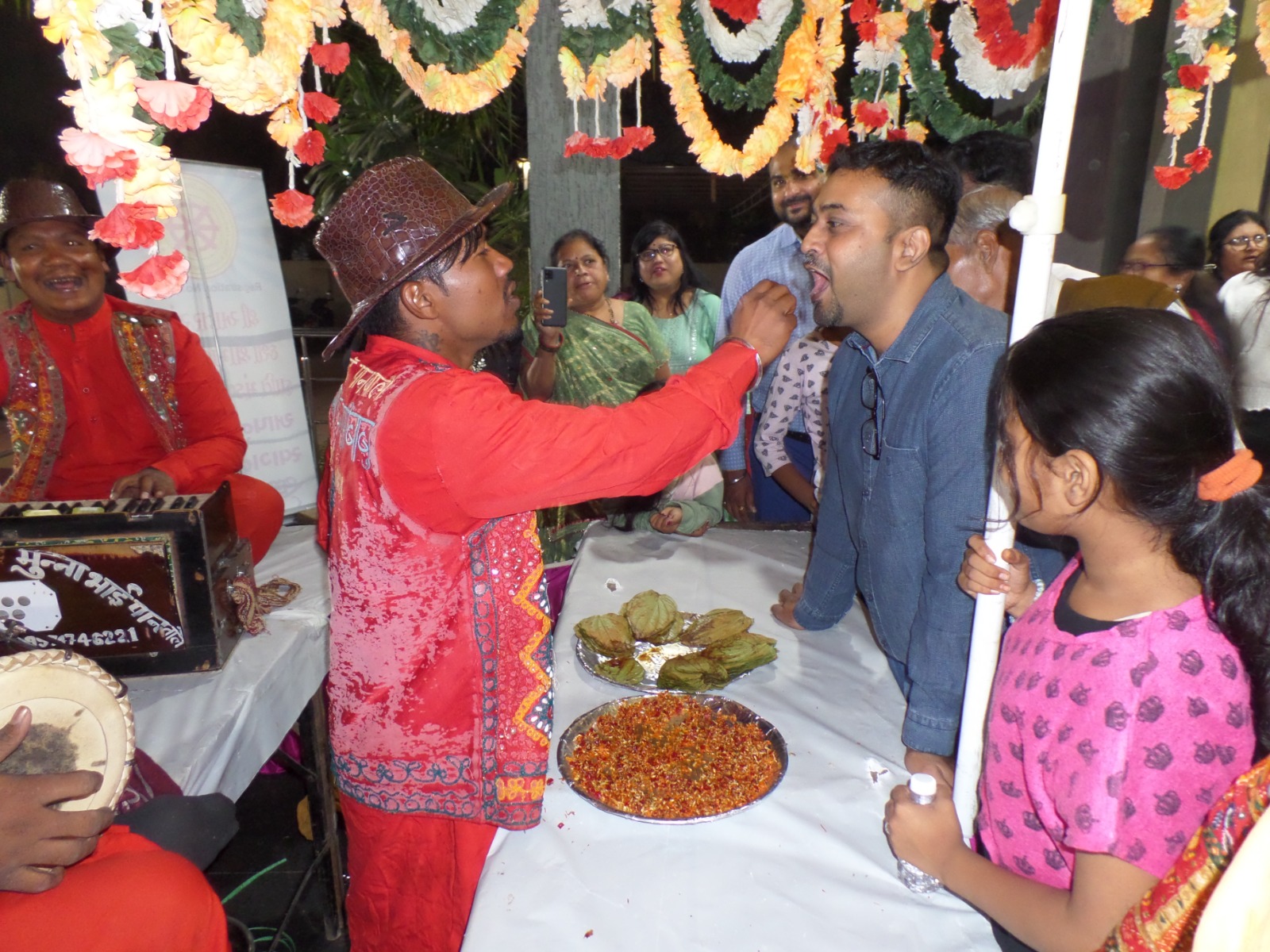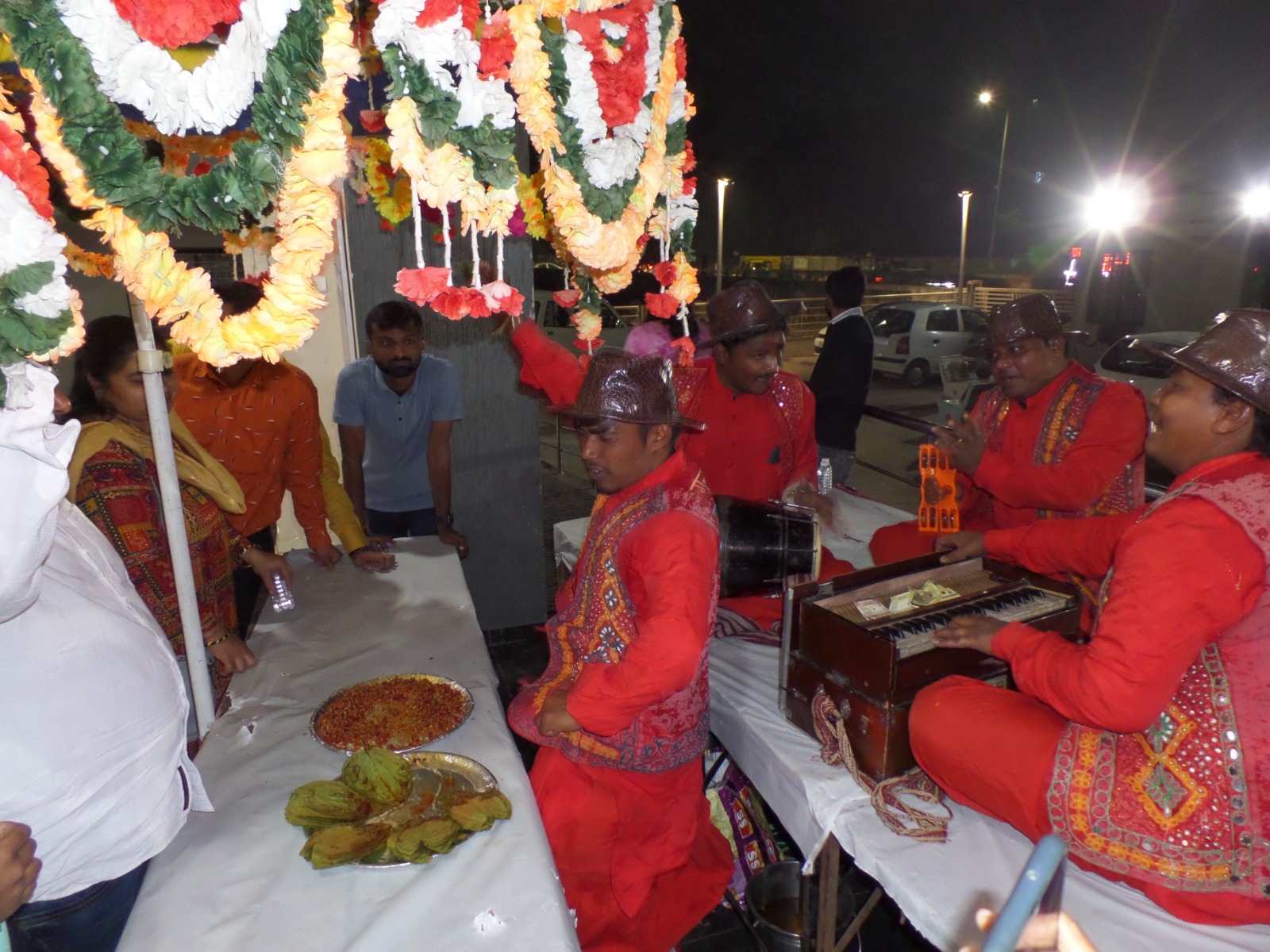૬૩, સહજાનંદપાર્ક સોસાયટી, વૈભવ હોલ સામે, હાઈવે રોડ, ઈસનપુર, અમદાવાદ - ૩૮૨૪૪૩
ફોન : 9426313985 Email : ads_ahmedabad@yahoo.com
સહકાર
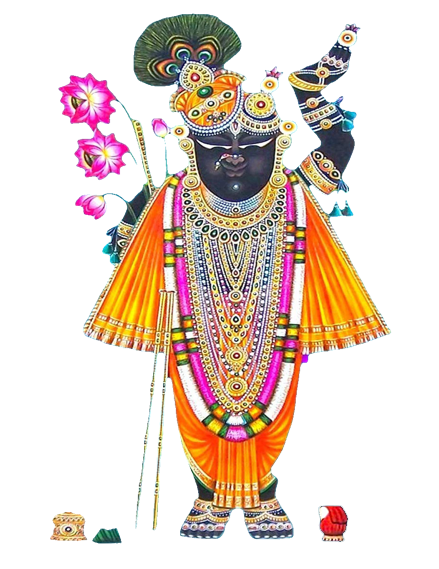 સંગઠન
સંગઠન
About Us

Who are we?
Why we are called Shrimali?
We are originally from Tashkent Samarkand of Central Asia, having an Aryan culture that worships happiness and peace, sun-fire-air-water and earth.
Once upon a time our forefathers lived in this place in small groups defensively on top of “TIMBAS” ( hilly high places ). Each Timba dweller was considered on family and called as “TRIBE” ( Kabilo). Agriculture and live stock were the main assets. And between the timbas, they were having essential life transactions for peace and co-existence in the tribe, which would take appropriate responsibility according to their own inner and physical strength.
For the benefit of the tribe, worshiper of divine power and knowledge were called Brahmin.
People with protective responsibility and fighter yeast became Kshatriya.
For property and management, who was exchanging, trading with other tribes were known as Vaishnava-Vanika.
And for the well being tribe who maintains cleanliness and serves others was known as 'Shudra'.
Thus according to the task, tribal cast was found (Manu Smrit) and without discrimination of high and low, they faithfully performed responsibility and duty of non-existence. There were fights and hostilities for existence between timbas. Also there began plunder of prosperity. Due to such fights the peace-loving tribes left their original place and spread in all direction for a peaceful and stable exist one.
One of our group shelled in Germany. The German people are sun worshipers also worship the swastika as a symbol of divine power. They are worshiper and deep knower of our vedic mantras and researching on the power of mantras.
Same way, one group went to Iran, Which was known as person. In time one of their group came to Udwara of Surat district in our city Gujarat for peace and growth. Persian altered tco Parsi, By the power of the mantras fire was lit in sandal wood and "Atash-Bahram"- the sacred Agni God was established in 'Udwada'. They worship Sun-Fire-Water (step well- well) earth etc. There is a lot of similarities in our socio religious activities (Agnihotri Brahmin) chaul ceremony kasti ceremony wedding, fire witnessing shraddha paksha rituals etc.
Our fore fathers kept migraine to the south of origin towards Himalayas and to avoid attacks, crossed the Himalaya mountain and came to India through the Ghats, also some settled towards Kabul (Gandhar). (Our region is described in the Mahabharata.) By the invasion of the Yacanas of Central Asia. We come down and settled in the plains along the banks of the Ganga. Became prespercus the warline people settled there and peace loving people come down south to Rajasthan. And finally they settled on Timba in the north of the border of Gujarat in the border of Rajasthan with north latitude 24/36 and east longitude 72/14
For the advancement and upliftment of tribes, our forefather, who understood the importance of wise Brahmin "Shri", achieved "Shri Yantra" through Mantra siddhi Drew a protective line (malaa) of sri-shakti from all four sides of the Timba ana ritually installed "Shri Lakshmi Mata" on top of the "Shri Yantra" and accepted her as our Goddess - Applauded Shri Mahalakshmi Mataji as kuldevi
- the timba was named "Shrimala" Every resident of Shrimala, Timbavas was known as Srimali.
There were members of each cast on the timba of shrimali so thah each cast was preceded by the word "Shrimali" resident of Shrimali. And that's why we still exist today as shrimali Brahmin Shrimali Gore Shrimali Vanik Vaishnava or Jain Shrimali Soni, Darji, Carpenter etc. and as Kshatriyas and shrimali Harijans.
By the grace of Maha Lakshmi seated on the siddha Shri Yantra, the prosperity of our tribe got increasing as well as spontaneity increased. We became oblivious to our collective responsibilities and finally on epidemic broke out and we left the group of 'Shrimala' and again spread around. Some of our forefathers again moved to the south and scattered in Gujarat along Disa-Patan route we target to bring our tribal goddess - Shri Mahalakshmi Mataji, ritually installed on sriyanira - from the village of simala - srimal.
A barren took place on srimal's rich land, wild people took refuge and by grace of shri Mahalakshmi Mataji, wild-tribals-Bhil people became prosperous. These Bhils gave their wealth to Maharana Pratap and this region came to know, as "Bhil Mahal" the region of Bhils. Siddaraj Jai Singh's kingdom was in Patan of Gujarat. Intelligence came to know that Shri Mahalakshmiji is seated on tht Siddha Shri Yantra in the territory of the Bhils, Which is the reason for the prosperity of that region Patan Naresh brought "Mahalakshmiji Mataji with Siddha Sri Yantra" Overnight from Bhil Mahal and installed in Patan and the prosperity of Patan increased. This temple still survives in Patan expert the original siddha yantra and Mahalakshmi Mataji. The prosperity of Bhil Mahal was declining and the prosperity of Patan was suddenly increasing. The Bhils heard the establishment of Shri Mahalakshmi Mataji in Patan. The Bhils ritually installed Shri Mahalakshmi Mataji back person Patan in the Bhil Mahal in Shrimali with complete overnight establishment and srimal is again very rich today-countless are millionairos and many millionairos are spreced all over the world by trade.
A seperate article can be written on the prosperity of Bhil Mahal which is irrelevant at this point.
Thus we all Shrimal natives are called "Shrimali" and our forefathers have establishal "Shri Mahalakshmi Mataji" as the "Kul Devi" of our (family) cion.
The ward Bhil Mahal was corrupted to "Bhin Mahal" Bhim Mahal is a railway station from Ahmedabad to Jodhpur from Abu, one can go via bus. It is located at a distance of about 13 km from Masdar village of Rajasthan neer Palanpur-Disa-Gundri from Ahmedabad.
The old temple on the mound is located outside the village. A tattered lotus flower that show the understanding of our "golra" attracts attention. A new temple has been built in the village in which kuldevi Mahalakshmi Mataji is enshrined on the "Siddha Yantra" even today.
Note : It is said that there is a book showing the history and achievements of shrimal village. Shrimalvasi gives information about said all but does not show the book.
MY VILLAGE ATARSUMBA
My abode for happiness, peace and service is my native village Atarsumba.
It is believed by the forefathers that today's Vatrak river bank was the shelter (ashram) of Atri Rishi Muni and Jambali Muni on the banks of Vetravati in those days. At a height of more than 100 feet, our Atarsumba village is situated on the banks of such a river. Our village is located in the distance about 55 km from Ahmedabad. One can go from Ahmedabad via Naroda, Dehgam, Utkantheshwar Mahadev to Atarsumba and also from Ahmedabad to our village via Kapdwanj.
In our village there are also streets and fences. Kumbharwado, Rajputwado, Gandhiwado, Daniwado, Kuvawali Pali... etc. are the well-known Pallias of the village.
50 years ago, a cement concrete road was built in the village. On entering the village through the gate, there are grocery shops, hotels (for tea-breakfast) and many other shops on both sides of the road. In those days, spicy Chevda was very popular and people coming from Ahmedabad-Mumbai would eat it and pack it and take it home or to their relatives. In those days, there were ice cream, soda, sorbet shops in the whole village, in those days, ice cream was also made by shaking it by hand in a kothi and there was a rush to eat ice cream.
About 50 years ago, there was a lot of inconvenience to go from Ahmedabad to the village. Only one bus goes to and from Ahmedabad, and that too during the four months of monsoon, almost no bus goes. In monsoon, you have to go via kapadvanj only.
The importance of our village has increased due to the very ancient and historical Utkantheshwar Mahadev (Camel Mahadev) in the distance of 5 kms next to our village. In our village there are religious temples like Ranchhodji Temple, Shri Ramji Temple, Shri Phulbai Mata Temple, Shri Mahalakshmi Temple, Shri Kalakamata Temple, Sri Gokul Nathji Temple of Vaishnava sect, Derasar as Jain Samaj pilgrimage site, Sri Neelkanth Mahadev Swaminarayan Temple, Mosque on the bank of the river.
The village also has a government dispensary (health centre), post office, police station, milk society, factory and an old agricultural cooperative bank. UCO Bank of Government of India enterprise has also been for many years.
The village also has Kindergarten, Primary School, Girls School, Middle School, Higher Secondary School - Dani Vidyalaya (General stream) for education. There is also a business oriented IT school here. There is also a hostel for the people of the surrounding village to stay and study here. Having all these things proves the ideality of the village.
The progress of the village is due to the excellence of each caste of that time. People of every caste live in the village. And for years, Hindu-Muslims also live together. Even today, the mosque is located next to the temple of our Vaishnav sect. There is also a wadi of Khadayta caste and Shrimali caste in the village. In earlier times, on vacation, khadayata and shrimali families used to come and celebrate weddings with carnival. 40 years ago when there was no light in the village, the business of Petromax was going well. In the evening, Petromax used to run in the wadi even during dinner. In the night of the wedding, Varghoda was also performed very well. The Varghoda starts after 10 pm. Petromax was kept in the chariot and the chariot roamed throughout the village. In Varghoda, a horse, cart or carriage was used for the groom. I remember having to eat morning and evening in the wadi for about a month. In the morning (in presence) there is only dal-rice and potato sabji. And in the evening people mostly eat mohanthal, rava, puri, phulvadi, potato sabji, beans, dal, rice. And during this time, in the evening, different elders used to gather together in the wadi and discuss with whom their sons and daughters should get engaged, and if it is arranged, the betrothal would be done and gud was eaten. Today those days are forgotten.
The once bustling village has collapsed today. Work and business have also collapsed. Earlier, when there was no light in the village, people had to go to wells to fill water and to river to wash clothes. During the vacation, almost all the members of the house used to go to bathe in the river and meet each other and have a pleasant conversation. Today there is light in the village. There are water taps. Everyone has a TV, fridge, fan etc. in their homes. But ... Many intellectuals, born and brought up in our motherland have become Pradhan (minister) industrialists, doctors, engineers, teachers, professors, lawyers, chartered accountants. And the name of our Atarsumba village has been illuminated in the country and abroad and is still doing so.


Latest Events



